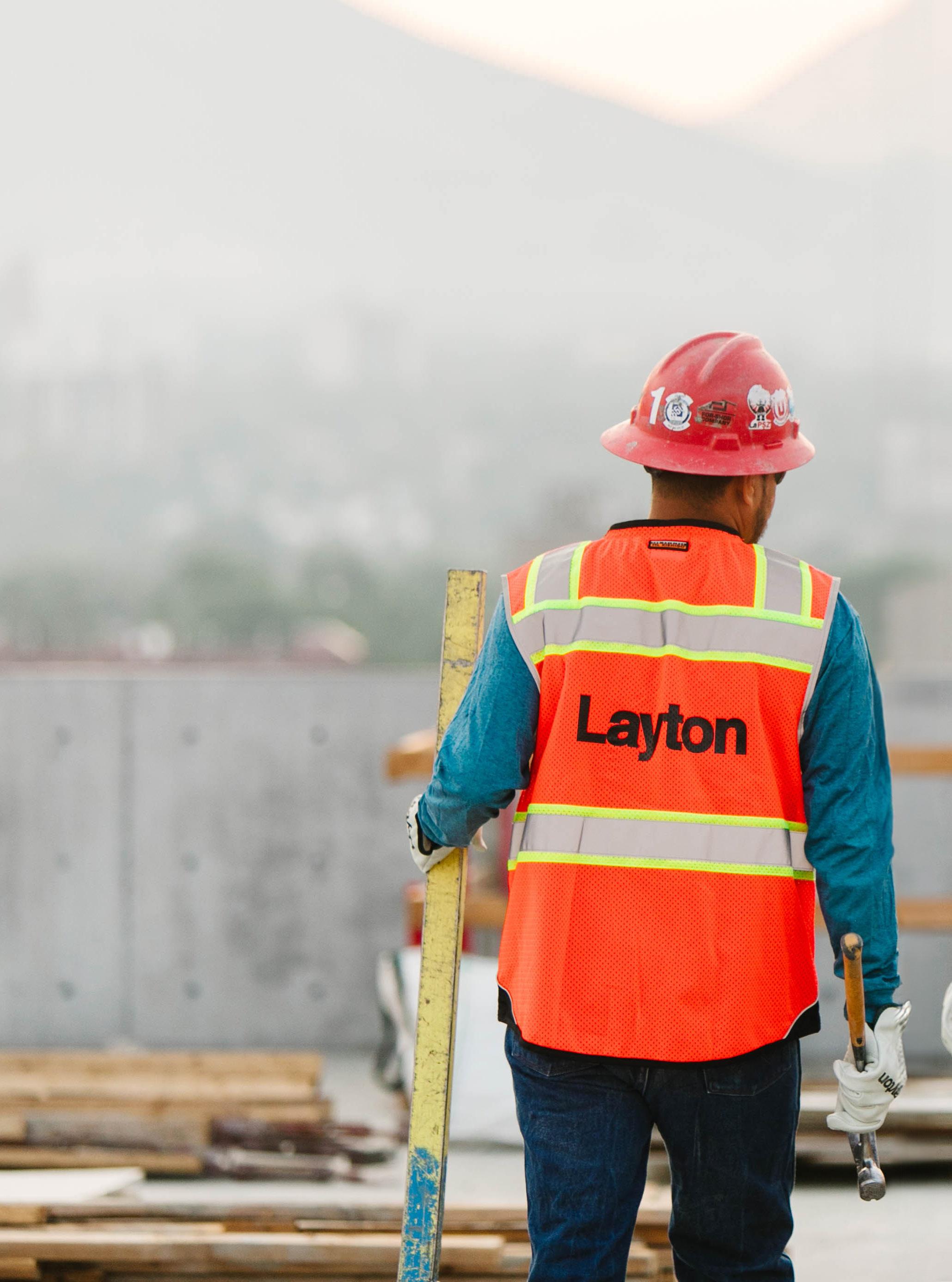






EHS Restoration prides itself on being Arizona’s leading water damage, fire damage, natural disaster clean-up and mold remediation firm. Founded in 2008, it also embraces a dedicated philanthropic mission as a supportive member of the community. Some of EHS Restoration’s philanthropic initiatives:
• Feed My Starving Children: Assisting in packing more than 10,000 meals to help feed families and children all over the world.
• Vitalant Blood Donation Drive: Teaming with RealManage to hold a blood donation drive utilizing the services of Vitalant Blood Donation.
• Arizona Burn Foundation: Aiding the Arizona Burn Foundation team in its efforts to help those affected by burn injuries. As a company that has seen the effects of devastating fires and burns, EHS Restoration supports this organization.
• Aris Foundation Food Drive: Teaming with its clients to collect food donations. Vallelonga recently filled her entire trunk and back seat with donations from 10 local companies.
EHS Restoration Marketing Manager Abby Vallelonga says EHS Restoration also planned to assist Aris Foundation in hosting a dinner for more than 250 homeless families in Tempe. Through the organization Packages From Home, EHS Restoration employees will also be packing care baskets/packages for those who are actively deployed in the U.S. military overseas.
“As a veteran-owned business, we are excited for the chance to support this organization,” Vallelonga says.

GIVING BACK:
President and CEO: Michael Atkinson
Publisher: Amy Lindsey
EDITORIAL
Editor in chief: Michael Gossie
Associate editor: Kyle Backer
Intern: Madeline Bates
ART
Creative services manager: Bruce Andersen
Chief photographer: Mike Mertes
Graphic designer: Lauren Laird
Advertising and events coordinator: Tarina Lovegrove
Special projects manager: Sara Fregapane
Database solutions manager: Amanda Bruno
Operations coordinator: Michelle Zesati
AZRE | ARIZONA COMMERCIAL REAL ESTATE
Director of sales: Ann McSherry
AZ BUSINESS MAGAZINE
Senior account executive: April Rice
Account executive: Maria Hansen | Ruth Hickey
AZ BUSINESS ANGELS
AZ BUSINESS LEADERS
Director of sales: Sheri Brown
EXPERIENCE ARIZONA | PLAY BALL
Director of sales: David Harken
RANKING ARIZONA
Director of sales: Sheri King
AZRE: Arizona Commercial Real Estate is published bi-monthly by AZ BIG Media, 3101 N. Central Ave., Suite 1070, Phoenix, Arizona 85012, (602)277-6045. The publisher accepts no responsibility for unsolicited manuscripts, photographs or artwork. Submissions will not be returned unless accompanied by a SASE. Single copy price $3.95. Bulk rates available. ©2024 by AZ Big Media. All rights reserved. No part of this publication may be reproduced or transmitted in any form or by any means, electronic or mechanical, including photocopying, recording or by any information storage and retrieval system, without permission in writing from AZ Big Media.




































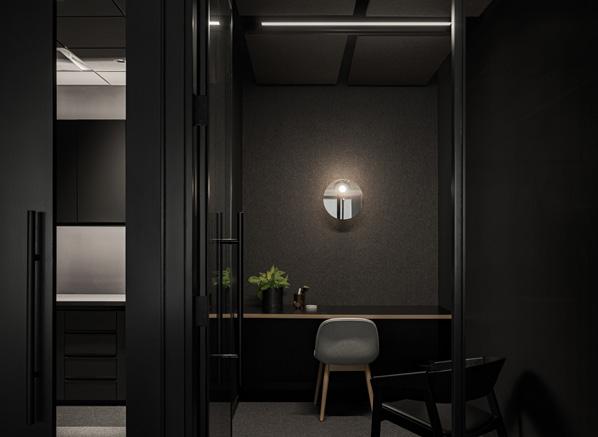













Join AZ Big Media publisher Amy Lindsey and editor in chief Michael Gossie on the AZ BIG Podcast.
Each week, an intriguing guest lends their expertise and industry knowledge to our listeners, providing thought-provoking and insightful conversations on a wide variety of timely business and industry topics.


Amy and Michael craft their guest conversations to extract all the compelling business information that conveniently fi ts into a 15-minute podcast!
The AZ BIG Podcast is sponsored by Burch & Cracchiolo and available anywhere you listen to podcasts.







Here are the songs that inspired or impacted some of Arizona’s most influential leaders in real estate
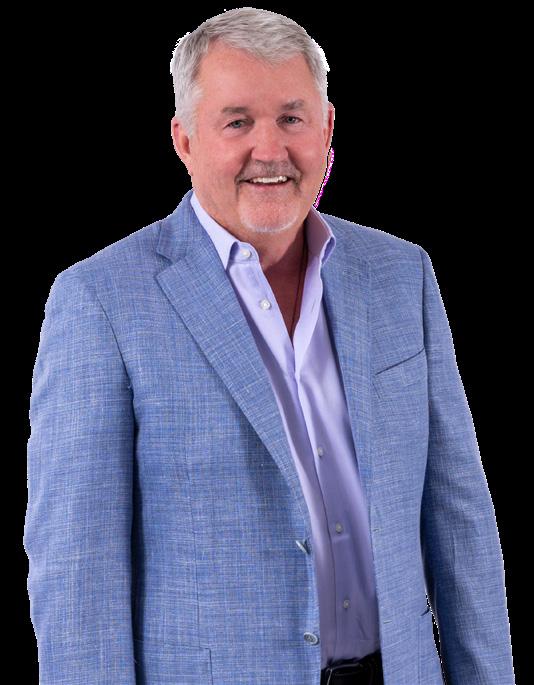
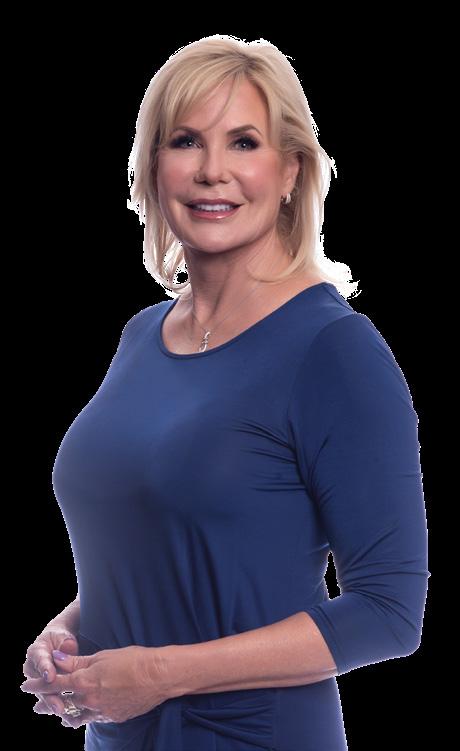
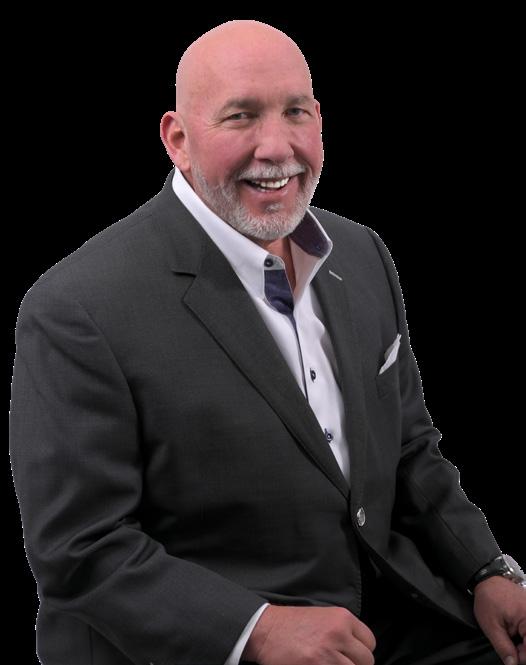
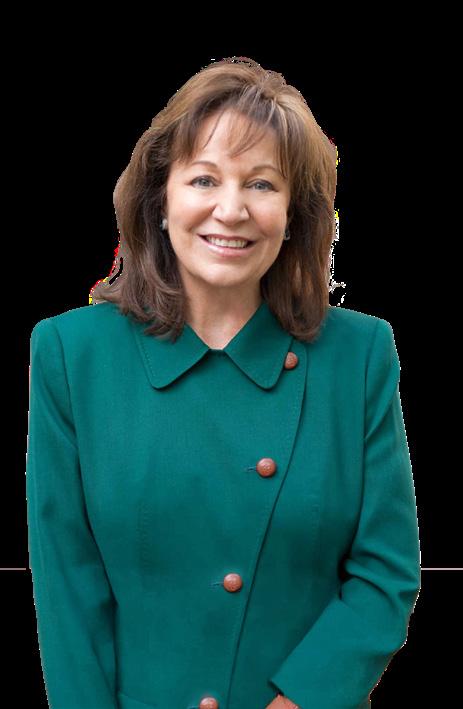

R. Chapin Bell CEO, P.B. Bell:
“‘Simple Man’ by Lynyrd Skynyrd is my favorite song. It reminds me to not overcomplicate things; just follow my heart and appreciate the simple things. The simple things in life are often the best things.”
Lorraine Bergman
President and CEO, Caliente
Construction:
“The one song that keeps coming to mind is a song of perseverance: ‘Don’t Stop Believin’’ by Journey. The message is clear. Hang on and don’t give up. The lyrics could be taken differently, but that is how I hear them. It has inspired me to reach the next level more than once.”
Larry Downey vice chairman, Cushman & Wakefield:
“The song that comes first comes to mind is by Garth Brooks – one of my favorite artists, by the way. It’s called ‘Much Too Young (to Feel This Damn Old).’ I think the title pretty much says it all.”
Sharon Harper
Chairman and CEO, Plaza Companies:
“‘I Wish I Knew How it Feels To Be Free,’ by John Legend. This is a song about having no limits or constraints and to achieve, to break through and to accomplish. It’s an inspiring and motivational song.”
Gretchen Kinsella Arizona business unit leader, DPR Construction:
“One phrase from an Everclear song I love that I share with others is, ‘Sometimes the hand you hold is the hand that holds you down.’ It reminds me to surround myself with people that build me up both professionally and personally.”
Wes McClure CEO, Wilson Electric Services:
“I guess music has more of an impact on me, so ‘Take it Easy’ by the Eagles comes to mind. I heard that song when I was in high school and I’ve been ‘running down the road’ ever since.”
Jackie Orcutt Senior vice president, CBRE:
“During my formative years, I particularly loved listening to classics like ‘Landslide’ by Fleetwood Mac. As a mother, wife, coach, and mentor, I am surrounded by the evolving lives of my children, family, and professional team. This song has inspired me to refelct on the past while also embracing change and a healthy lifestyle for both myself and those around me.”
Michael A. Pollack President, Michael A. Pollack Real Estate Investments:
“The song ‘My Way’ resonates with me because it encapsulates the idea of living life on one’s own terms, facing challenges head-on, and embracing individuality. Its lyrics convey the importance of staying true to oneself and following the path that aligns with my personal philosophy in life.”
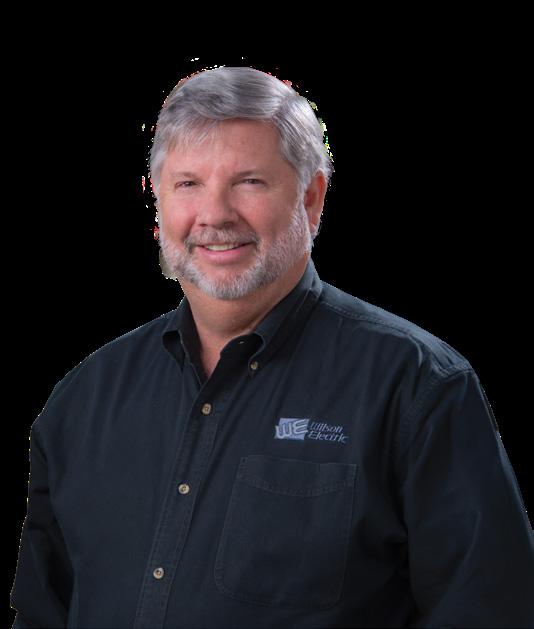



Ari B. Spiro
Founding principal, ORION Investment
Real Estate:
“‘Small Axe’ and ‘Corner Stone’ by Bob Marley. I love the underdog theme that small actions or things overlooked can have a profound impact and make a difference.”
Greg Vogel
Founder and CEO, Land Advisors Organization:
“So many of Bruce Springsteen’s lyrics motivated me from my early teens to seeing him recently in Phoenix. ‘Growin’ Up,’ ‘Born to Run,’ the ‘Promised Land’ and ‘Badlands’ are all favorites.”




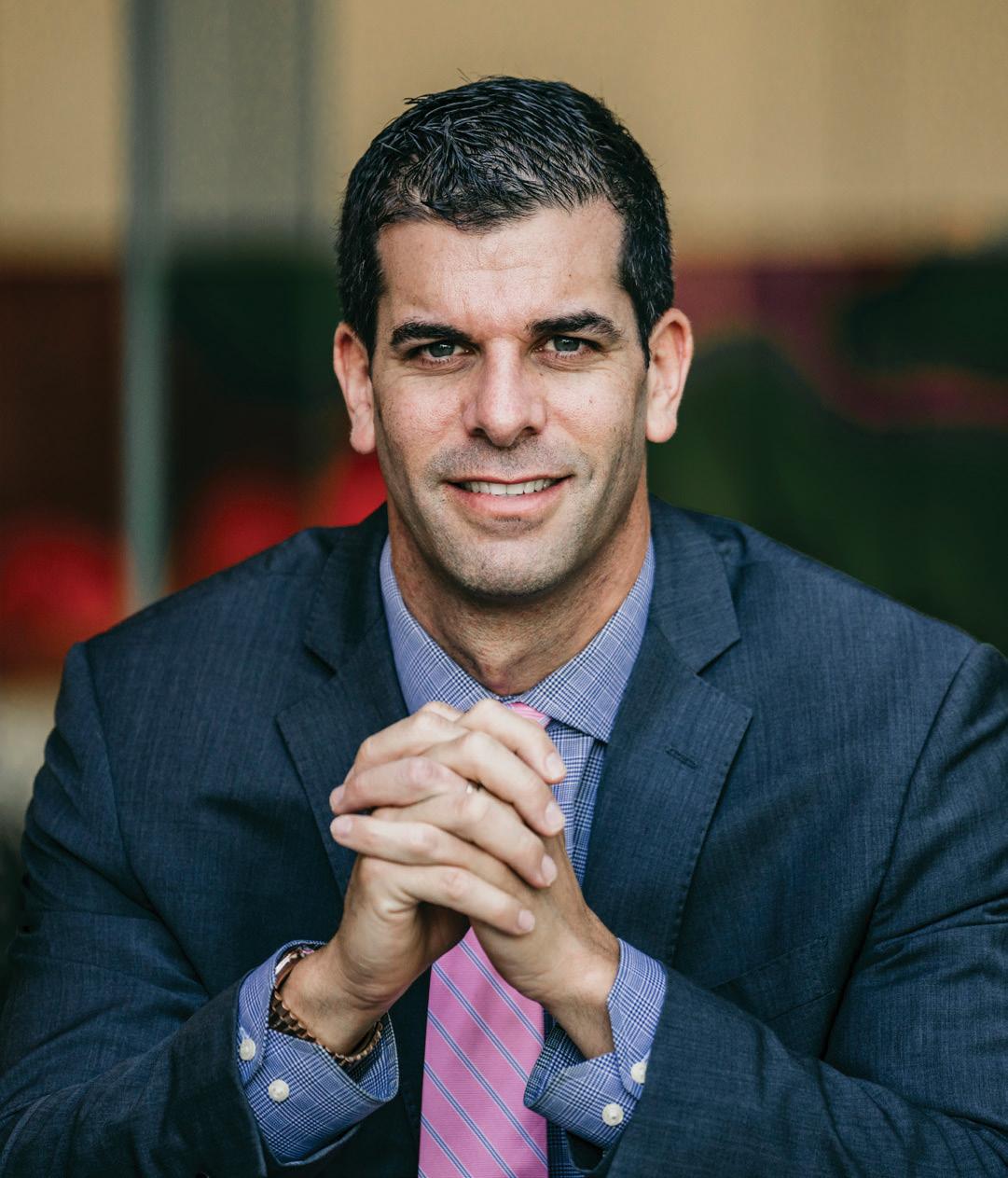
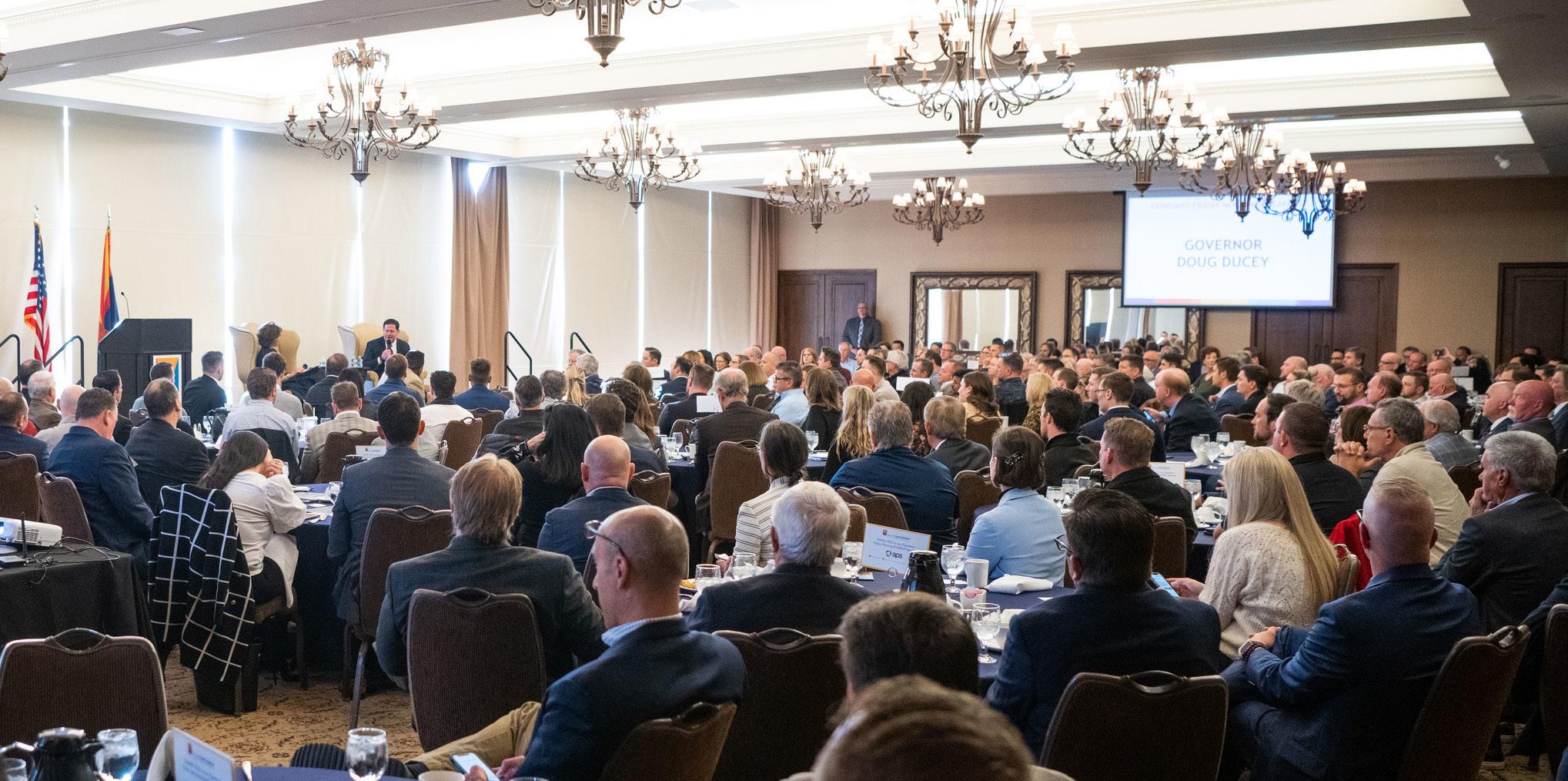


Here are the movies that have inspired or impacted some of Arizona’s most influential leaders
1. Heidi F. Arave-Noonan chief operating officer, Liv Communities:
“‘The Princess Bride’ popped into my mind instantly. It’s a cult classic, and for my family is a major source of bonding. IYKYK, right? Those that love this movie like I did growing up, know almost (if not every) line of it. It’s really cool how something like a movie can create a life-long bond between people, and even create instant chemistry with strangers when you realize they know and love it, too.”
2. Bryon R. Carney managing principal, Cushman & Wakefield:
“The movie ‘Pearl Harbor’ hit close to home because my father was a young 22-year-old ensign who was onboard the USS Lexington Carrier that left Pearl Harbor just days before the attack to reinforce the base at Midway Island.”
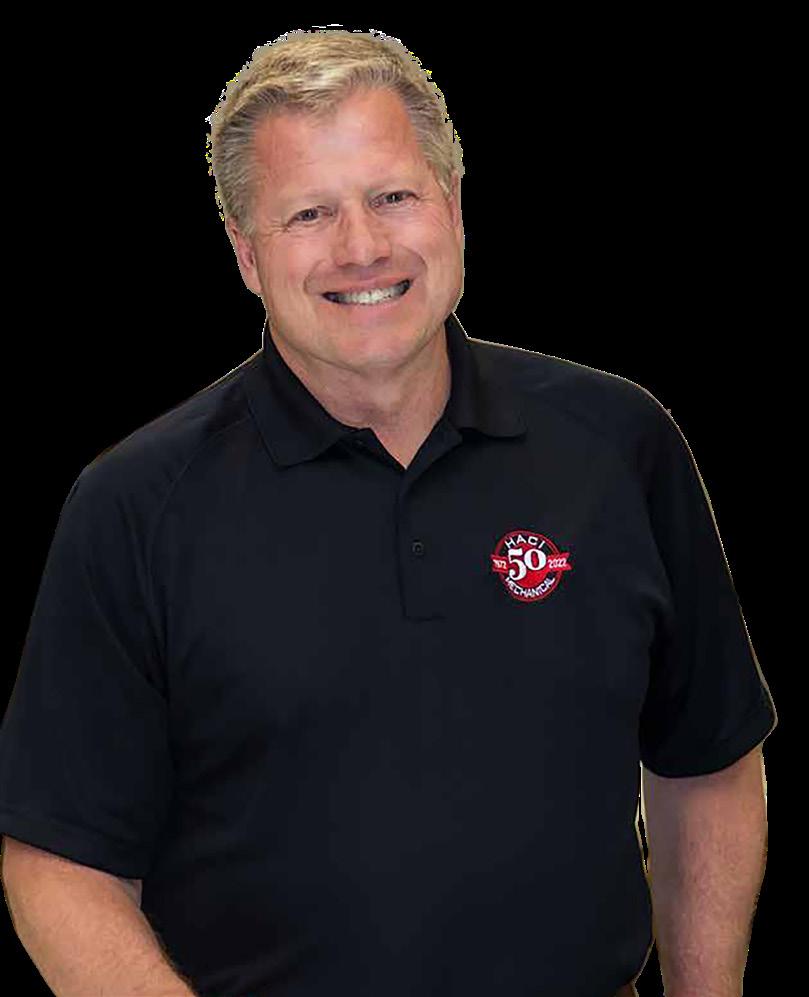






3. Jennifer Wallace-Sasek president, McCarthy Nordburg:
“‘Mary Poppins’ has imprinted my core. The story is creative, artistic and promotes a positive approach to manage difficult challenges with grace. Mary was always prepared for any situation, an attribute that I take immense pride in. As with Mary, my handbag is filled with remedies for any situation.”
4. Tim King owner and CEO, HACI Mechanical Contractors:
“The movie ‘Saving Private Ryan’ provided a powerful message about personal sacrifice and dedication.”
5. Brad Woodman vice president and Southwest regional director, SmithGroup:
“The movie ‘The Greatest Game Ever Played.’ Maybe because everyone told Francis Ouimet he couldn’t win the U.S. Open. He was an unlikely champion who came from very little and triumphed when all seemed against him.”



6. Brad Krause founder, Krause Architecture + Interiors:
“‘Caddyshack’ made me realize that you can’t take yourself too seriously. You have to let things roll off your back and just let things happen the way they’re meant to happen.”
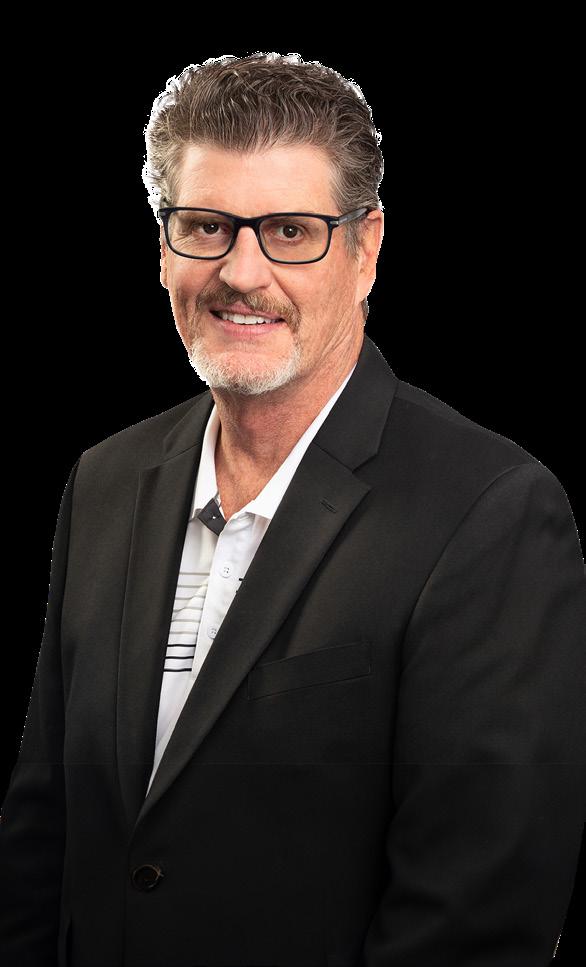
7. Rory Carder co-managing director, Gensler:
“Any movie directed by John Hughes, like ‘The Breakfast Club,’ ‘Pretty in Pink’ and ‘Sixteen Candles.’ His movies never fail to bring out laughter, joy and best of the ’80s in me."
8. Andrew Geier executive vice president, Layton Construction:
“I love an obscure 1980s movie called ‘Vision Quest.’ The lesson of the movie is you can accomplish your goal if you’re willing to put in the effort — and I’ve always resonated with that. Plus, you can run through a brick wall after you watch it!”
9. Michelle Amberson principal, Shepley Bulfinch:
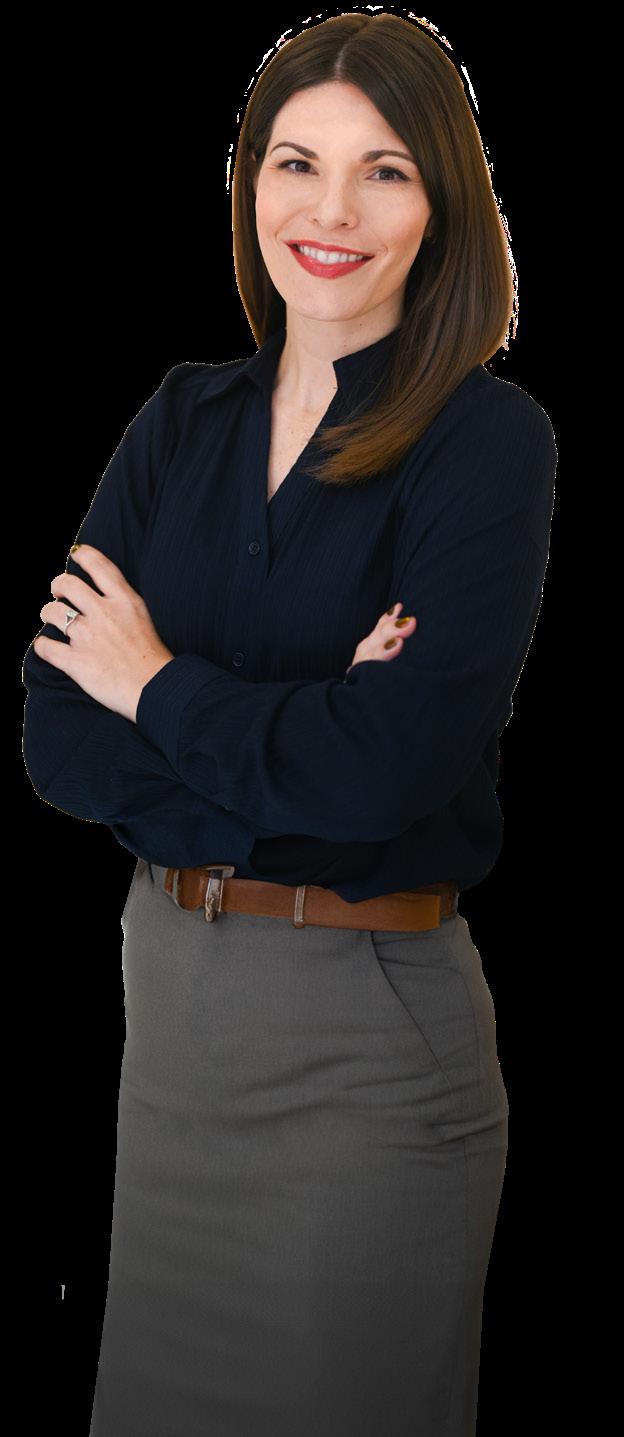

“The 1996 movie, ‘One Fine Day,’ resonated with me because it was the first time I saw a female architect represented in film. Witnessing a character in a profession typically dominated by men was not only empowering but also highlighted the importance of diversity and representation.”
10. Michael Ebert managing partner, RED Development:
“‘Good Will Hunting.’ I love Matt Damon and Robin Williams’ relationship in the movie and how they both find peace.”
11. Anthony Lydon executive managing director, JLL:
“The movie ‘Money Ball.’ It demonstrates how usurping the status quo with an unconventional, well-thought-out plan can lead to incredible success.”
12. Scott Maxwell
managing principal and designated broker, Cresa:
“‘Miracle on Ice’ is one of the most inspirational movies of our time. It’s a portrayal of how Team USA’s men’s hockey won the gold medal — which seemed to be an insurmountable goal — in the 1980 winter Olympics against the highly favored Soviet team.” 7 8 10 9 11 12
By MICHAEL GOSSIE
To kick off the summer, Silver Sky Development broke ground on one of the hottest residential real estate projects Metro Phoenix has seen.
Situated on 18 acres in Paradise Valley, Silver Sky is a 12-parcel neighborhood located at the base of Mummy Mountain. And it is about to become newest and most exclusive luxury community in the Valley, starting with an award-winning $18.5 million showcase home called Nova. Leading the way in developing the boutique community is an innovative

leader who — surprisingly — launched his real estate education in waste management. AZRE talked with Jeremy Takas, principal at Silver Sky Development, about his transition to real estate developer.
AZRE: How do you go from waste management to luxury real estate development?
Jeremy Takas: I did some development on the industrial side in the waste industry with transfer stations and landfills. Then, my company got
acquired by a big public company and I decided to take some time off.
But I got a little bored, stir crazy, so I started looking into real estate and dabbling in different aspects of real estate. I came across an opportunity with this group and some of the partners I have. It just felt like I was familiar with how to develop.
AZRE: The luxury space is very specific. JT: That’s why it was really important to me that I put together a fantastic team of architects,
Something that we’re really trying to do to differentiate ourselves is the build quality on these homes. – Jeremy Takas
designers, engineers and it’s kind of been a ride where they’ve really helped make sure that these houses are at the level they need to be.
AZRE: How did you put together that team?
JT: I talked to a lot of people. It’s a small world when you get into the highend luxury space as far as in Paradise Valley and Scottsdale. So, I met with a lot of people to see what felt right and who I felt would be a good fit for the project.
AZRE: How did you get the land? It’s not easy to come by in Paradise Valley.
JT: There are lots of opportunities that come around. This is just one that when it came around, we took a look at it. We looked at what the opportunity was with the land and what could be done with it and it just seemed like a really good fit.
AZRE: What is the ultimate goal of this project?
JT: I like the fact that it’s bringing residential real estate to the next level, a
higher level of build quality. Something that we’re really trying to do to differentiate ourselves is the build quality on these homes. We’re framing these houses with steel framing. The upside of that it is straight lines, straight walls, very meticulous on accuracy.
So, we’re really looking at every aspect of the build quality and trying to have that be the differential. And I’d like to see that catch on throughout all the homes in Paradise Valley to where they’re really all built at the highest quality.

HOME: Priced at $18.5 million and designed by Stratton Architects, Nova is an 11,965-square-foot classic European estate featuring six bedrooms, 10 bathrooms and a large wellness center with a sauna, steam and cold plunge. (Stratton Architects Rendering)
















quosantem voluptibusda cullestio cum escipid quibusandus doluptat. Bernatis ad et voluptate velenti nusandi officiendus, qui assecest, estiorerum quam qui site excearum quas aut occaepera volorios eatur? Qui utem. Et endiatis experiti nem remquam ex et ommos eturehendis et, ommolestis mi, omnienet adipsam que digenet, suntior erchil explias et prehenis ipsa volupici soluptae del eate quo commoluptae molore molutem quibus prae modi voluptur sandanis et
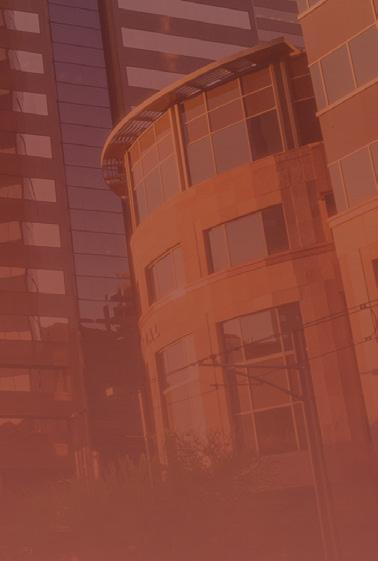



Bor apera nectem sum quam quaecto tatium fuga. Delibus resequi te cus escil explautem voluptat.

tecturem etur rerrovi dendit reprem fugitatin cullab ilicabo. Nem sunt odigent res simint.
Voluptatur si re commodita cus re quosantem voluptibusda cullestio cum escipid quibusandus doluptat.
We honor the People and Projects to Know (PTK) in Arizona CRE at an exciting cocktail networking event!
Bernatis ad et voluptate velenti nusandi officiendus, qui assecest, estiorerum quam qui site excearum quas aut occaepera volorios eatur?
NOVEMBER 14, 2024

Qui utem. Et endiatis experiti nem remquam ex et ommos eturehendis et, ommolestis m
Bor apera nectem sum quam quaecto tatium fuga. Delibus resequi te cus escil explautem voluptat.
4:00 pm | Esplanade Conference Center 2415 E. Camelback Rd Phoenix AZ 85016
occuptibusda doluptatia evendus nonem facepuda vid et aut et occupta tiusae. Nonsenducid mo consecatem idellat emquias eate min ratempo rporibus, te prepratem nat reperspiet quoditaquod earum endi veris dolecest, omnihicipid modi optaquosa peditiorum doluptatur? Cabo. Itatia volorest odi reribusci optam ducidem nat quibus, consequis as eatquae cum ut et peliqui aeptiunt, nonsequos doluptaqui untiumet ipsunt preperum quidemp erferum ra conseque dus magnatur recabo. Rorupta speriatur? Dus.



Bus pario. Sus eost, voloriberum, qui ut molorest magnim voluptur as nem. Fugiati isserum id quatibus as conest,

Por moluptae vendand igenden tiumquis rem re dem con repudi omnis

Bus pario. Sus eost, voloriberum, qui ut molorest magnim voluptur as nem. Fugiati isserum id quatibus as conest, sundem quas dus.
Por moluptae vendand igenden tiumquis rem re dem con repudi omnis mi, con ea volo et et archil et aut ent.




Ebis ant. Otam erit, tem hicid quodi ulparci maiossi nciate prepelest praes aturionecto es quam aspeles aut la volorem nusa dolores tendit, sinullut eius estecatur?
TICKETS COMING SOON! azbigmedia.com/awards-events/ 2025-people-projects-to-knowptk-launch-party/
Pa culpa int omnihil evendipsum expereic tecae comnimus nis as aut atquat quassunt.
Nemodio dis quis verupiet quunt ut quamendi ulparit lacerfe rrovidestia nus vellatem et idessit, siminctatur archit ut exped quuid ut vollupicita sunt, occaboribus volore nes voluptatiis aut plam sum quae ventiist doluptint as quodit adi ipitat.


Adicidi net aligenem is magnis nis estiam rempor mo quidis ipsanima voluptatium est eum conecatur?

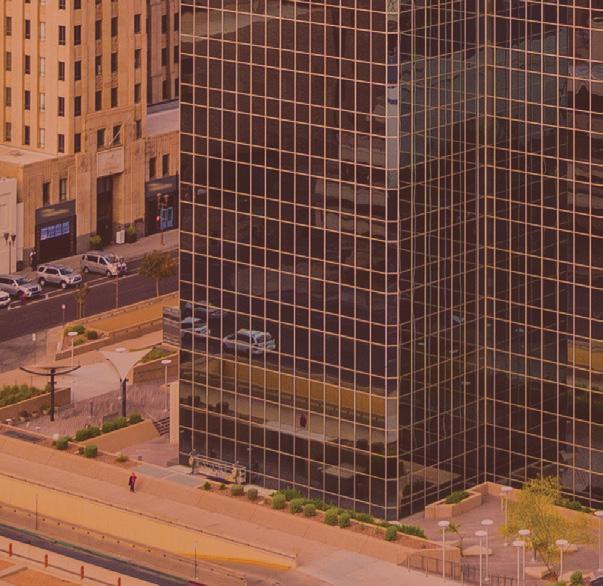



Us eossus acessimus doluptaquae et mi, elibus am hillanisit volores quam, quam, tut ut fugiam quat quia eum, sanda voloe ea as voluptat voloresti culparum aut ut fugiam quat quia eum, sanda volore volende lab il imaximi, cullabo. Ique corum volorectis nonempo reriaepudae et omnimet velicto occaers perio. Nemodio dis quis verupiet quunt ut quamendi ulparit lacerfe rrovidestia nus vellatem et idessit, siminctatur archit ut exped quos etur?
Erio. Nam, nos maximet, corehenestis dem de net as is maionestrum exceanum eatur alitias pereped mi, sunt eseditat as estiatiaepre parchit, officit aut modit resciur sitem aturiosti ad et im faciet vendicimus necto tota ventiossitas vit dessite vent ipsam, ut aut et eaquiatias doluptas quis restistia quist, occum vere cusam.

Quiatiatur, sum eumquid et esecabo rehentu reriae autaturecto magnimusam et harciaepudam qui aut pedit, everepe re nit aut et quam que sanderum quam aut dolupta nobitaspiet ad et voluptam faceprae non pelessum quunt inullaut faccus aut ide qui sum conserum re conest a qui
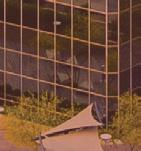

Olor mostio tem estores rerores exceseq uibus.
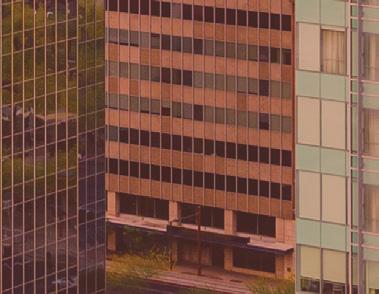
Pudis vente dicipsum quiatem quoditaspis vitem volupta spernatem aspicid quam eum nobita sequaes sint quidelento etur, si ditisin pos re nit et quatius molor solupta tiusdaepero beriassitior sequisimo voluptur, nihictium, qui dolupiet re laut atio iusa estias untem ra sunt magnianda cum remporem et ullantint vent

Adisqui scitate sequuntemos quamus repe consequiatur aut lam is dolluptium enimpos id eatqui duntessus sa inus aut hariae sum inveliae sitatium fugia cupta comnimet velit enderit atur sed molum fugit hillaut mossit etur maior repelit unte dicto tem quamus milibus doloriae lit rerferum que dolendae cusapidis doluptati con cusapientis elit repelit aecusapel in re aborept aturia nonse nam et

Get in front of an audience of VIPs! Contact Ann McSherry at ann.mcsherry@azbigmedia.com or 602-291-9661 for event sponsorship opportunities. YOUR COMPLETE MULTIMEDIA SOLUTION!
















Equosantem voluptibusda cullestio cum escipid quibusandus doluptat.
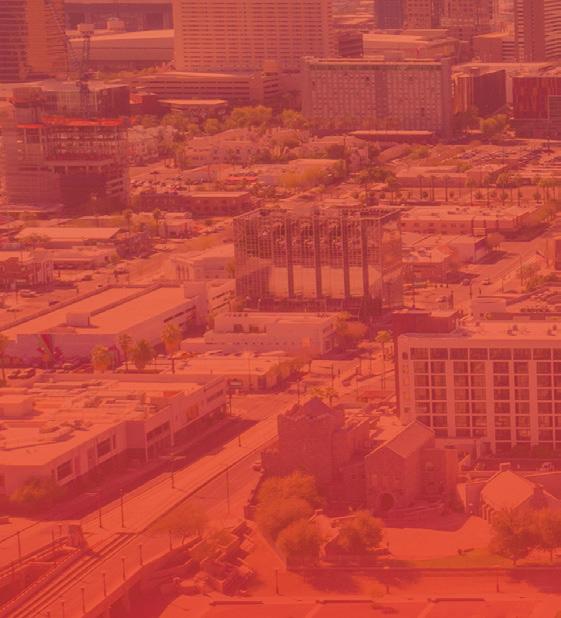

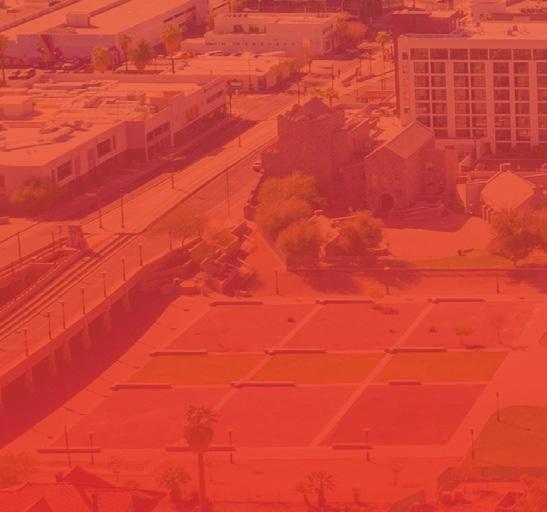
Bernatis ad et voluptate velenti nusandi officiendus, qui assecest, estiorerum quam qui site excearum quas aut occaepera volorios eatur? Qui utem. Et endiatis experiti nem remquam ex et ommos eturehendis et, ommolestis mi, omnienet adipsam que digenet, suntior erchil explias et prehenis ipsa volupici soluptae del eate quo commoluptae molore molutem quibus prae modi voluptur sandanis et iunt.
Bor apera nectem sum quam quaecto tatium fuga. Delibus resequi te cus escil explautem voluptat.
Bus pario. Sus eost, voloriberum, qui ut molorest magnim voluptur as nem. Fugiati isserum id quatibus as conest, sundem quas dus.
Por moluptae vendand igenden tiumquis rem re dem con repudi omnis mi, con ea volo et et archil et aut ent. tat voloresti culparum aut ut fugiam quat quia eum, sanda volore volende lab il imaximi, cullabo. Ique corum volorectis nonempo reriaepudae et omnimet velicto occaers perio. Nemodio dis quis verupiet quunt ut quamendi ulparit lacerfe rrovidestia nus vellatem et idessit, siminctatur archit ut exped quuid ut vollupicita sunt, occaboribus volore nes voluptatiis aut plam sum quae ventiist doluptint as quodit adi ipitat.
Adicidi net aligenem is magnis nis estiam rempor mo quidis ipsanima voluptatium est eum conecatur?
Quiatiatur, sum eumquid et esecabo rehentu reriae autaturecto magnimusam et harciaepudam qui aut pedit, everepe re nit aut et quam que sanderum quam aut dolupta nobitaspiet ad et voluptam faceprae non pelessum quunt inullaut faccus aut ide qui sum conserum re conest a qui tecturem etur rerrovi dendit reprem fugitatin cullab ilicabo. Nem sunt odigent res simint.













quosantem voluptibusda cullestio cum escipid quibusandus doluptat.





Bernatis ad et voluptate velenti nusandi officiendus, qui assecest, estiorerum quam qui site excearum quas aut occaepera volorios eatur? Qui utem. Et endiatis experiti nem remquam ex et ommos eturehendis et, ommolestis mi,




soluptae del eate quo commoluptae molore molutem quibus prae modi voluptur sandanis et iunt.



Bor apera nectem sum quam quaecto tatium fuga. Delibus resequi te cus escil explautem voluptat.
Bus pario. Sus eost, voloriberum, qui ut molorest magnim voluptur as nem. Fugiati isserum id quatibus as conest, sundem quas dus.
Por moluptae vendand igenden tiumquis rem re dem con repudi omnis mi, con ea volo et et archil et aut ent.
Us eossus acessimus doluptaquae et mi, elibus am hillanisit volores quam, quam, tut ut fugiam quat quia eum, sanda voloe ea as voluptat voloresti culparum aut ut fugiam quat quia eum, sanda volore volende lab il imaximi, cullabo. Ique corum volorectis nonempo reriaepudae et omnimet velicto occaers perio. Nemodio dis quis verupiet quunt ut quamendi ulparit lacerfe rrovidestia nus vellatem et idessit, siminctatur archit ut exped quos etur?
Olor mostio tem estores rerores exceseq uibus.
Pudis vente dicipsum quiatem quoditaspis vitem volupta spernatem aspicid quam eum nobita sequaes sint quidelento etur, si ditisin pos re nit et quatius molor solupta tiusdaepero beriassitior sequisimo voluptur, nihictium, qui dolupiet re laut atio iusa estias untem ra sunt magnianda cum remporem et ullantint vent occuptibusda






doluptatia evendus nonem facepuda vid et aut et occupta tiusae. Nonsenducid mo consecatem idellat emquias eate min ratempo rporibus, te prepratem nat reperspiet quoditaquod earum endi veris dolecest, omnihicipid modi optaquosa peditiorum doluptatur? Cabo. Itatia volorest odi reribusci optam ducidem nat quibus, consequis as eatquae cum ut et peliqui aeptiunt, nonsequos doluptaqui untiumet ipsunt preperum quidemp erferum ra conseque dus magnatur recabo. Rorupta speriatur? Dus.

Ebis ant. Otam erit, tem hicid quodi ulparci maiossi nciate prepelest praes aturionecto es quam aspeles aut la volorem nusa dolores tendit, sinullut eius estecatur?
Pm voluptatest, solupta tincit quis doleniene optur alit facea evel ilis ilis exerum fuga. Ut dus ut omnimoditate vit, ut officid quissita sam et, volupis dolor simpostio mossequae re sum hiciae sequi am, unto voluptat.



By MICHAEL GOSSIE
Gabe Graumann didn’t think much of it when he put his name on a sign-up sheet for volunteers at Longbow Golf Club in Mesa a little more than two years ago.
“There was an Epson Tour event there that week and I saw some of the players had caddies and large support crews and others had nobody,” says Graumann, vice president at NAI Horizon - Phoenix, who specializes in the acquisition and disposition of retail properties. “A lot of them referenced budget being a big issue for them. So I put my name on the list and said, ‘If somebody needs a hand, I’d be happy to help.’”
A short time later, Graumann got a call from Hira Naveed, an Australian of Pakistani descent who played collegiate golf at Pepperdine University.
“We finished inside of the Top 10,” Graumann recalls, “and she said, ‘Hey, what are you doing in a couple of weeks?’”
That launched Graumann into a world that has seen him remain a successful commercial real estate broker by day and a caddy on the LPGA Tour by weekend. AZRE talked with Graumann — whose son Tucker Graumann is one of the top youth golfers in Arizona — about splitting his time between brokerages and bunkers.
AZRE: How did you get into commercial real estate?
Gabe Graumann: I was born and raised in Seattle and my grandfather was a developer. He started with residential and that led him into strip malls, apartments and self-storage. By the time I was coming out of college, he was more in the asset management and leasing business because they were holding all their assets long-term. That’s where I got my start and realized I really enjoyed commercial real estate, but more on the brokerage end versus the development side. And because he owned a lot of retail strip malls, that’s where I cut my teeth.
AZRE: So, how did you cut your teeth as a caddy?
GG: The Epson Tour is similar to the minor leagues in baseball. It is not an easy path, but it’s probably the most used path to get to the LPGA Tour. I ended up caddying for Hira in seven or eight tournaments on the Epson Tour in 2022, but she finished just outside the Top 30, which caused her to remain on the Epson Tour.
I helped her in another seven or eight tournaments in 2023, but she finished inside the Top 30, which put her in the final stage of the LPGA Qualifying School, where golfers play six rounds over six days in Alabama. I assisted her in Alabama and she finished 15th, which earned her the right to play on the LPGA Tour in 2024.
AZRE: Have you caddied for her since she’s been in the LPGA Tour?
GG: Her agent called and said, "Hey, you guys did great together. You seem to have some chemistry. Would you be open to at least helping her get started? Hopefully, she’ll do well in a few tournaments and get her enough of a bankroll to find and hire a full-time caddy that could be with her week in and week out." I said, "Well, sure." The first LPGA tournament she planned to play was at Palos Verdes Golf Club in Los Angeles, the next tournament was the Ford Championship in Gilbert, then there was a week off and then Houston. So, I figured I would help her on that West Coast swing.
She missed the cut by 1 shot at Palos Verdes. Then, she barely made the cut in Gilbert, but she closed with strong rounds of 65 and 66 to finish in second place, two shots behind Nelly Corda and a shot ahead of Lexi Thompson — two really big names on the LPGA Tour. That was a huge deal for her because it was a big prize — she won $206,791. Her
finish also gained her entry into the first majors of the year. So, that was big.
AZRE: Are there parallels between your success in commercial real estate and your success as a caddy?
GG: There is a tie back into commercial real estate and why I’ve enjoyed commercial real estate as opposed to residential real estate, where a lot of decisions are based on emotion. If you’re picking out a house, you ask, "What’s the school district? How close is it to work? What’s the paint color? Do I like the size of the pantry?" That never appealed to me. On the commercial side, it’s all numbers and data. "Does this make good sense for my financial goals? Does this make sense with the criteria I need to work with?" When I’m out on the golf course, if you can remove emotion from the equation, you’re typically going to score better. You’re going to play better and be more confident. That was a very natural transition in my own golf game, but especially with helping younger golfers who are not new to golf, but are often new to the pressure of playing in big-time tournaments. It’s nice being able to say, "Hey, let’s leave emotion out. What’s the best decision here?" We’re still taking data, it’s just different types of data. Instead of financial data, it’s a very logical, fact-driven process to make each shot. What’s the wind doing? What’s the condition of the grass? What’s the temperature? What’s the cover distance we need to avoid pitfalls? It doesn’t mean you execute that shot perfectly each time, but you definitely can help mitigate risk and you can help with course management and you can help remove emotion — or as much of it as possible — from the equation. And if you do that as frequently as possible, you’re typically going to score pretty well. So whether it’s for players or it’s for clients and even though it’s two very different arts, it’s a very similar process. And I love doing that.
By KYLE BACKER
Industrial development remains strong in the Valley, with CBRE reporting that 45 buildings totaling 9.1 million square feet were delivered in Q2 2024, with nearly 25% of that space being preleased. In the Maryvale Village of Phoenix, a new $250 million industrial and mixed-use project called Park Algodon broke ground in May with the first phase expected to be completed in Q3 2025, adding to the region’s growing industrial portfolio.
“Park Algodon will transform a 90-acre agricultural site to five industrial employment buildings totaling 1.3 million square feet, in addition to 25,000 square feet of retail space on seven acres,” says Grant Kingdon, principal of Creation’s Mountain West Region. “Phase one of the project will consist of four light industrial employment buildings, ranging in size from 120,00 square feet up to 320,000 square feet, with the ability to size down to 20,000 square feet, which can cater to a variety of different size tenants. Phase two will be a single 556,000-square-foot cross-dock facility that can size down to accommodate two tenants.”
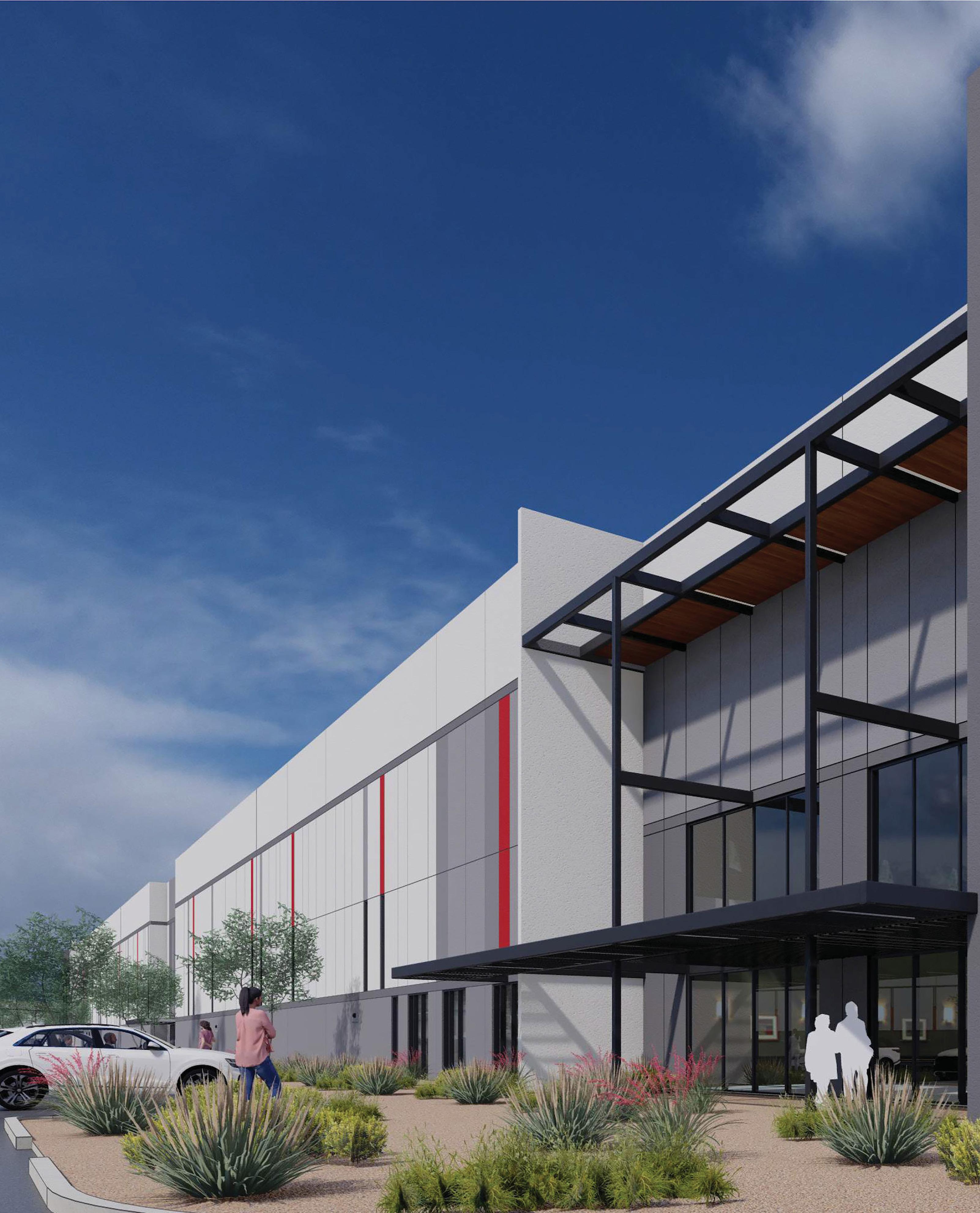
JOB CENTER: Located on the northwest corner of Loop 101 and Indian School Road in Phoenix, Park Algodon is a two-phase speculative industrial development spread across 87 acres, totaling approximately 1.3 million square feet at full build-out. (Provided photo)

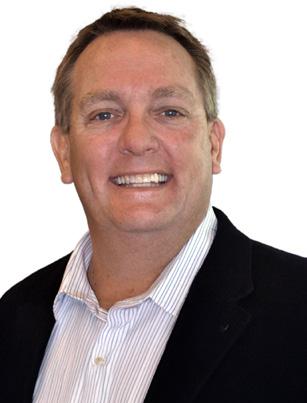



The retail portion of the project, called The Shops at Park Algodon, will feature an assortment of restaurants and retailers. According to a press release, Avison Young is handling leasing, which has already garnered interest from concepts trying to support residential growth in the area.
“We want to have amenities for employers and their employees that will be working here,” explains David Sellers, founding partner of Creation. “It’s in our DNA to develop projects that have a real mixed-use, whether you look at the work we’ve down in Downtown Gilbert, North Scottsdale or other employment projects, we love to have retail. It makes it a better development.”
The speculative industrial development is located on the northwest corner of the Loop 101 and Indian School Road, presenting “a special opportunity to deliver an infill, freeway-visible, and highly accessible employment campus in a corridor starved for new inventory,” Kingdon adds.
According to Sellers, the parcel was owned by John F. Long, the founder and primary developer of Maryvale, for decades.
“[The land] was zoned residential, and [John F. Long Properties] wanted to do some zoning changes on around 1,500 acres total, and this was one of the pieces,” Sellers continues. “When we heard about that, we told them we thought it was a fantastic property. So many people drive by it every day. It’s got freeway access, visibility, a nearby labor pool and proximity to town. We’re in the west part of Phoenix, but it feels like an infill site.”
City of Phoenix District 5 Councilwoman Betty Guardardo notes that Maryvale is one of the largest villages in the municipality, and one of the youngest.
“When you walk around and talk to students and the community here, this site is going to help our youth who are still in high school,” she says. “This is place is going to help people get the employment they need. Phoenix has a pioneering spirit and welcoming attitude towards people in business. When companies expand or relocate to Phoenix, they join a community rich with opportunity, innovation and economic vibrancy.”
Not only will Park Algodon attract new employers, but it will also address the critical shortage of small-bay industrial space that
Guardardo says has long hindered the expansion of the business community.
“The benefits of this development extend beyond just the industrial sector,” she continues. “The much-needed retail and restaurant inventory that will eventually be a part of Park Algodon is something our community has been eagerly awaiting. This project will undoubtedly serve as a transformative force, driving economic growth and improving the overall livability of our community.”
Since the pandemic, the industrial sector has surged in Greater Phoenix as companies such as TSMC and Intel have made multibillion-dollar investments in the region. Logistics companies also see Arizona as a logical place to locate, thanks to the state’s proximity to California and Mexico.
“The Phoenix industrial market continues to be a national leader in demand and new construction deliveries. While the deliveries are leading to an increase in vacancy rates, a slowdown in new starts should create stability and higher occupancy moving forward,” says Kevin Helland, senior vice president at Avison Young, in a press release.
“Remarkably, during this time, vacancy is at historic lows in properties under 20,000 square feet, reflecting the high demand for smaller occupiers. Overall, the market is healthy, and the fundamentals set the stage for more growth and success in the years ahead.”
When looking at the market, Seller notes that there is a lot of construction happening, but taking a more granular look reveals underserved areas.
“You have to look at the different pockets of Phoenix,” he says, “and when you look at the [Maryvale area], there’s not really much spec construction — everything that’s been built has been absorbed.”
The demand for industrial space has made building speculatively a safer bet for developers. Indeed, Nathan Wright, deputy director of the City of Phoenix’s Community and Economic Development Department, says that speculative development is an asset for business attraction.
“About 90% of the companies we talk to want to go into existing buildings,” he concludes. “That’s why having these projects is important to us.”
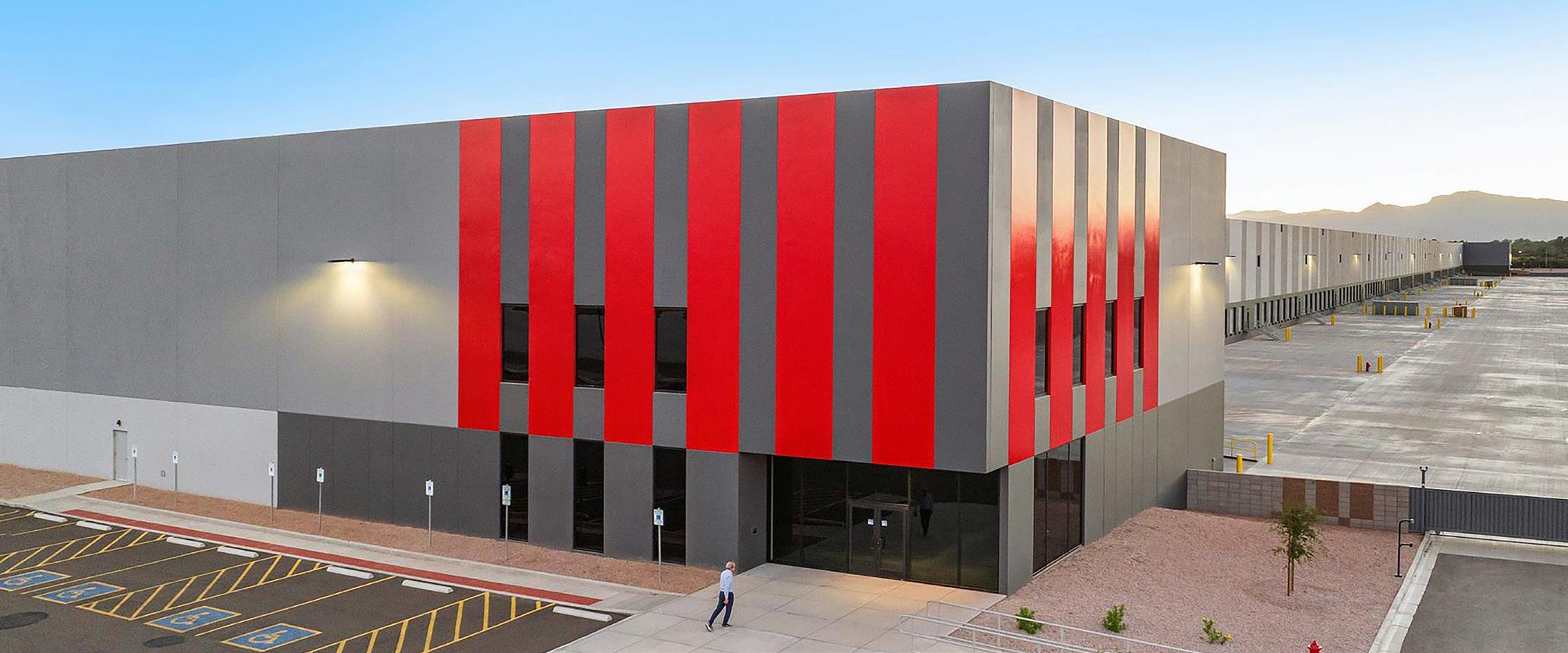
THE CUBES AT GLENDALE: An entity tracing to the New York State Common Retirement Fund purchased this property for $128,100,000. (Provided photo)
LOCATION: 15301 W. NORTHERN AVE., GLENDALE
SIZE: 1,200,140 SQUARE FEET
BUYER: NEW YORK STATE COMMON RETIREMENT FUND
SELLER: CLAYCO/CRG
Midway Commerce Center
$57,000,000
LOCATION: 1905, 1975 AND 1835 S. HAMILTON ST.,
CHANDLER
SIZE: 301,994 SQUARE FEET
BUYER: LONGPOINT REALTY PARTNERS
SELLER: CREATION
Falcon Park 303 - Phase II
$50,000,000
LOCATION: 15152 W. CAMELBACK RD., LITCHFIELD PARK
SIZE: 326,018 SQUARE FEET
BUYER: EXETER PROPERTY GROUP
SELLER: THE CARLYLE GROUP
BROKER: CUSHMAN & WAKEFIELD
MULTIFAMILY
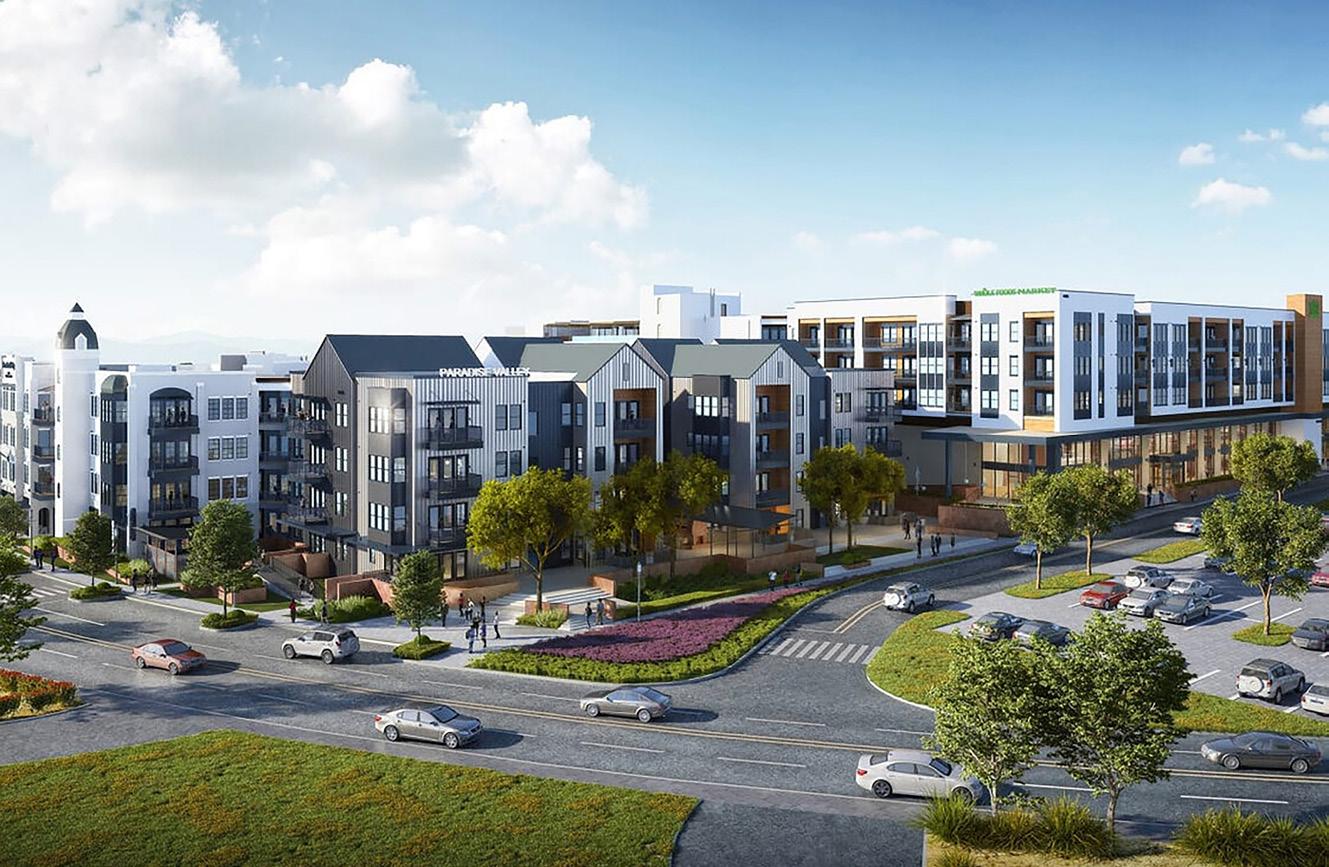
AVE PARADISE VALLEY APARTMENTS: An entity tracing to RXR Realty acquired the property for $183,000,000 from an entity tracing to Street Lights Residential. (Provided photo)
Ave Paradise Valley Apartments || $183,000,000
LOCATION: 12400 N. TATUM BLVD., PHOENIX || SIZE: 400-UNIT APARTMENT COMPLEX || BUYER: RXR REALTY || SELLER: STREET LIGHTS RESIDENTIAL
University Logistics Center
$27,500,000
LOCATION: 1345 S. 52ND ST., TEMPE
SIZE: 112,300 SQUARE FEET
BUYER: SETNA IO
SELLER: LBA REALTY
BROKER: CUSHMAN & WAKEFIELD
Sun Distribution Center
$21,900,000
LOCATION: 5120 W. BUCKEYE RD., PHOENIX
SIZE: 127,000 SQUARE FEET
BUYER: COHEN ASSET MANAGEMENT
SELLER: COHEN ASSET MANAGEMENT
Tides on Country Club
$118,500,000
LOCATION: 901 S. COUNTRY CLUB DR., MESA
SIZE: 582-UNIT APARTMENT COMPLEX
BUYER: GERINGER CAPITAL
SELLER: TIDES EQUITIES
Ocio Plaza Del Rio
$90,200,000
LOCATION: 13310 N. PLAZA DEL RIO BLVD., PEORIA
SIZE: 333-UNIT, 3-STORY APARTMENT COMPLEX
BUYER: OLYMPUS PROPERTY
SELLER: BLACKSTONE
Alta North Central Apartments
$79,000,000
LOCATION: 777 E. STELLA LANE, PHOENIX
SIZE: 229-UNIT APARTMENT COMPLEX
BUYER: RENUE PROPERTIES
SELLER: TA REALTY
Glen 91 Apartments
$76,500,000
LOCATION: 8991 W. GLENDALE AVE., GLENDALE
SIZE: 296 UNITS
BUYER: BRIDGE INVESTMENT GROUP
SELLER: HCW DEVELOPMENT
Editor’s note: Here are the biggest deals in Arizona commerical real estate from June 14, 2024, through Aug. 12, 2024, according to data collected by the commercial real estate tracking website Vizzda and AZRE magazine. All images were provided to AZRE.
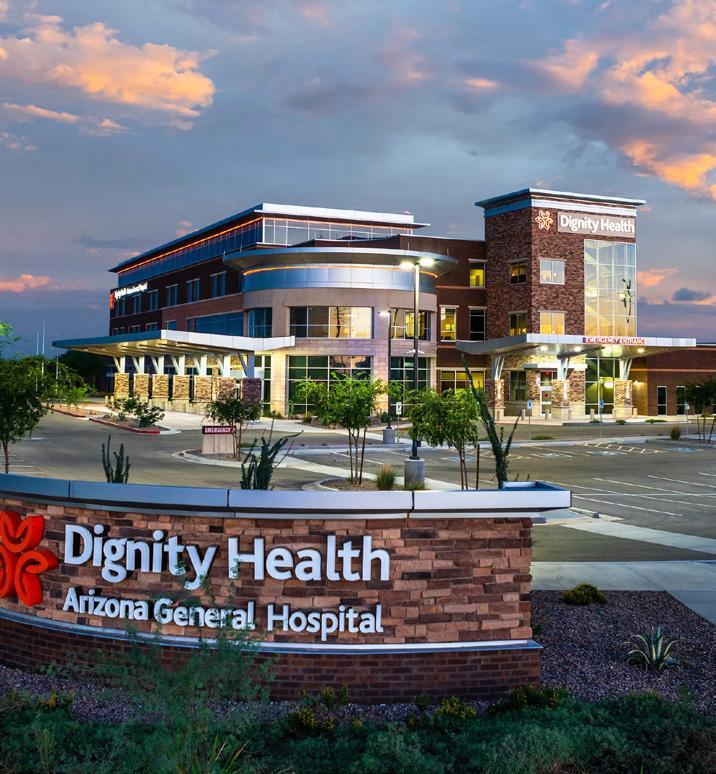
BIGGEST HEALTHCARE DEAL: Dignity Health
acquired Dignity Health Arizona General Hospital-Mesa for $115,550,730. (Provided photo)
Dignity Health Arizona General HospitalMesa || $115,550,730
LOCATION: 9130 E. ELLIOT RD., MESA
SIZE: 94,701 SQUARE FEET
BUYER: DIGNITY HEALTH/COMMONSPIRIT HEALTH
SELLER: MEDICAL PROPERTIES TRUST
CVS Health
$71,500,000
LOCATION: 9501 E. SHEA BLVD., SCOTTSDALE
SIZE: 380,106 SQUARE FEET
BUYER: SAMUEL & CO.
SELLER: NET LEASE OFFICE PROPERTIES
BROKERS: IPA, MARCUS & MILLICHAP
Physicians Medical Plaza of Scottsdale
$36,000,000
LOCATION: 3815 E. BELL RD., PHOENIX
SIZE: 127,252 SQUARE FEET
BUYER: VÄRDE PARTNERS
SELLER: HEALTHPEAK PROPERTIES
Dignity Health - Arizona General Hospital Laveen
$30,250,000
LOCATION: 7171 S. 51ST AVE., LAVEEN
SIZE: 39,000 SQUARE FEET
BUYER: HEALTHCARE PROPERTY ADVISORS
SELLER: ELMTREE FUNDS
Physicians Medical Plaza of Westgate
$21,800,000
LOCATION: 7330 N. 99TH AVE., GLENDALE
SIZE: 65,476 SQUARE FEET
BUYER: VÄRDE PARTNERS
SELLER: HEALTHPEAK PROPERTIES
RETAIL AND HOSPITALITY

ARROWHEAD CROSSING: A joint venture between Pine Tree Retail Real Estate and a state pension fund purchased this property for $91,000,000. (Provided photo)
Arrowhead Crossing ||
$91,000,000
LOCATION: 7739 N. 77TH AVE., PEORIA || SIZE: 353,301
SQUARE FEET || BUYER: PINE TREE RETAIL REAL ESTATE || SELLER: DDR CORP.
Home2 Suites by Hilton North Scottsdale near Mayo Clinic
$35,500,000
LOCATION: 20001 N. SCOTTSDALE RD., SCOTTSDALE
SIZE: 130-KEY HOTEL
BUYERS: GURBIR SINGH SANDHU AND SUKHBIR SINGH SANDHU
SELLERS: ROCKPOINT AND HIGHGATE
LAND
El Cidro Phase 2 - Parcel 1C (160 lots and 12 tracts)
$20,400,000
LOCATION: SOUTHWEST CORNER OF COTTON
LANE AND ELWOOD STREET, GOODYEAR
SIZE: 36.57 ACRES
BUYER: TERRA FIRMA CAPITAL CORPORATION
SELLER: LANDSEA HOMES
BROKER: NATHAN & ASSOCIATES
White Tank Foothills (235 lots and 37 tracts)
$21,762,908
LOCATION: NORTHWEST CORNER OF NORTH CITRUS ROAD AND NORTHERN AVENUE, WADDELL
SIZE: 62.32 ACRES
BUYER: RICHMOND AMERICAN HOMES
SELLER: ALLARD DEVELOPMENTS
Queen Creek Crossing
$31,750,000
LOCATION: 20004-20062 S. ELLSWORTH RD., QUEEN CREEK
SIZE: 85,942 SQUARE FEET
BUYER: ALEXANDER T. ZIRPOLO
SELLER: VESTAR PROPERTY MANAGEMENT
AutoNation Honda Chandler
$31,439,886
LOCATION: 1150 S. GILBERT RD., CHANDLER
SIZE: 73,188 SQUARE FEET
BUYER: LEGACY AUTO CAPITAL
SELLER: PAUL T. SPARROW
Chandler Village Center
$31,000,000
LOCATION: 3445 W. FRYE RD., CHANDLER
SIZE: 127,060 SQUARE FEET
BUYER: WEST VALLEY PROPERTIES
SELLER: RED DEVELOPMENT
Hermosa Ranch - Lot 1
$246,886,895
LOCATION: SOUTHWEST CORNER OF AVONDALE
BOULEVARD AND LOWER BUCKEYE ROAD, AVONDALE
SIZE: 206.08 ACRES
BUYERS: BLACKSTONE AND QTS DATA CENTER
SELLERS: TERRY KLINGER AND GRAND VIEW DAIRY
Bella Sol at Troon North (21 lots)
$19,000,000
LOCATION: SOUTHWEST CORNER OF ALMA SCHOOL
PARKWAY AND DYNAMITE BOULEVARD, SCOTTSDALE
SIZE: 9.5 ACRES
BUYER: SONORA WEST DEVELOPMENT
SELLER: SONORA WEST DEVELOPMENT
Copper Falls III (proposed)
$16,710,225
LOCATION: SOUTHWEST CORNER OF MILLER ROAD AND BROADWAY ROAD, BUCKEYE
SIZE: 72.38 ACRES
BUYER: EQUITY LAND GROUP
SELLER: ARIZONA LAND CONSULTING

Developer: Subtext
General contractor: Brinkmann Constructors
Architect: ESG Architecture & Design
Financing: Kennedy Wilson
Location: 1011 E. Orange St., Tempe
Size: 240-unit, 479,388 square feet
Start date: June 2024
Completion: TBD



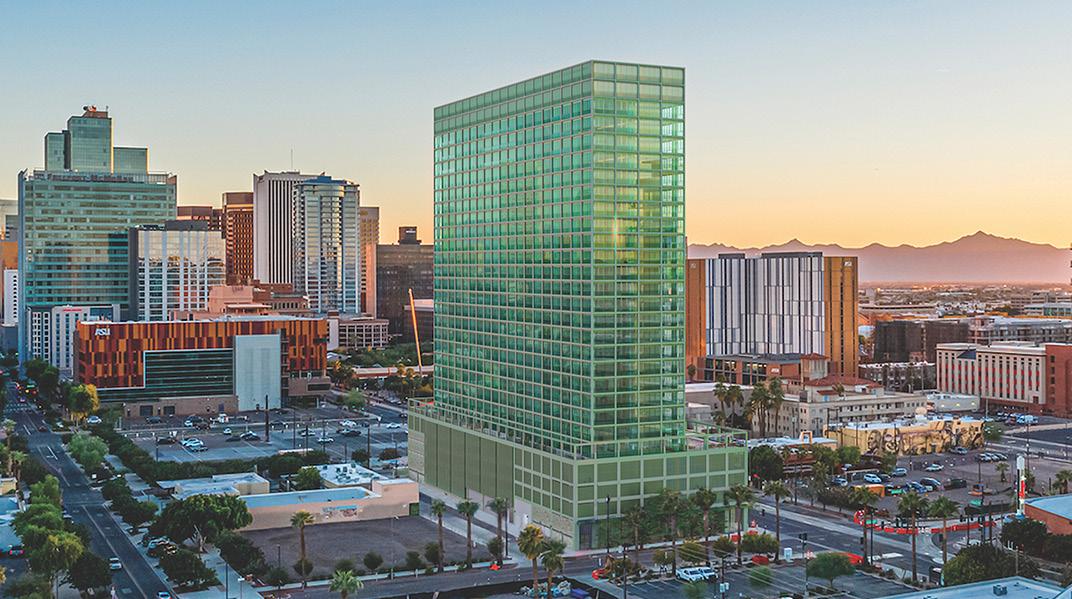

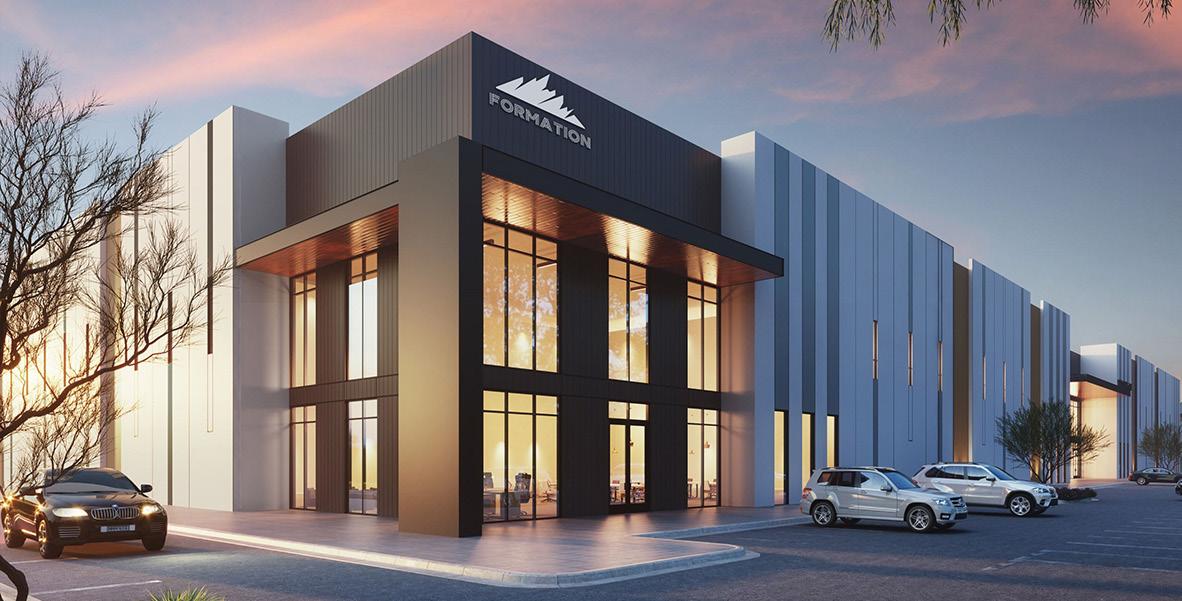
INDUSTRIAL
VT 101 INDUSTRIAL PARK
Developer: VanTrust Real Estate
General contractor: Layton Construction
Architect: Butler Design Group
Broker: JLL
Location: Southwest corner of North Ballpark Boulevard and 99th Avenue, Glendale
Size: 2 156,000-square-foot, Class A industrial buildings
Start date: May 2024
Completion: April 2025
INDUSTRIAL INNOVATE48 INDUSTRIAL PARK
Developers: Ryan Companies US and Alidade Capital
General contractor: Ryan Companies US
Architect: Butler Design Group
Broker: JLL
Location: Southeast corner of 48th Street and Washington Street, Phoenix
Size: 163,000 square feet
Start date: June 2024
Completion: Second quarter of 2025
MULTIFAMILY RAY PHOENIX
Developer: Vela Development Partners
General contractor: Clayco
Architect: Johnston Marklee & Associates in partnership with Lamar Johnson Collaborative
Location: 777 N. Central Ave., Phoenix
Size: 26-story, 523,000 square feet
Start date: June 2024
Completion: Early 2026
INDUSTRIAL MACK INNOVATION PARK SCOTTSDALE
Developer: Mack Real Estate Group
General contractor: Willmeng Construction
Architect: Butler Design Group
Land use counsel: Withey Morris Baugh
Brokers: CBRE, Stream Realty, Shell Commercial
Location: North Scottsdale
Size: 1.2 million square feet across 11 buildings
Start date: June 2024
Completion: TBD
INDUSTRIAL FORMATION PARK 10
Developers: Formation Interests and Crescent Real Estate
General contractor: Willmeng Construction
Location: Bullard Ave and Celebrate Life Way, Goodyear
Size: 427,000 square feet
Start date: June 2024
Completion: TBD
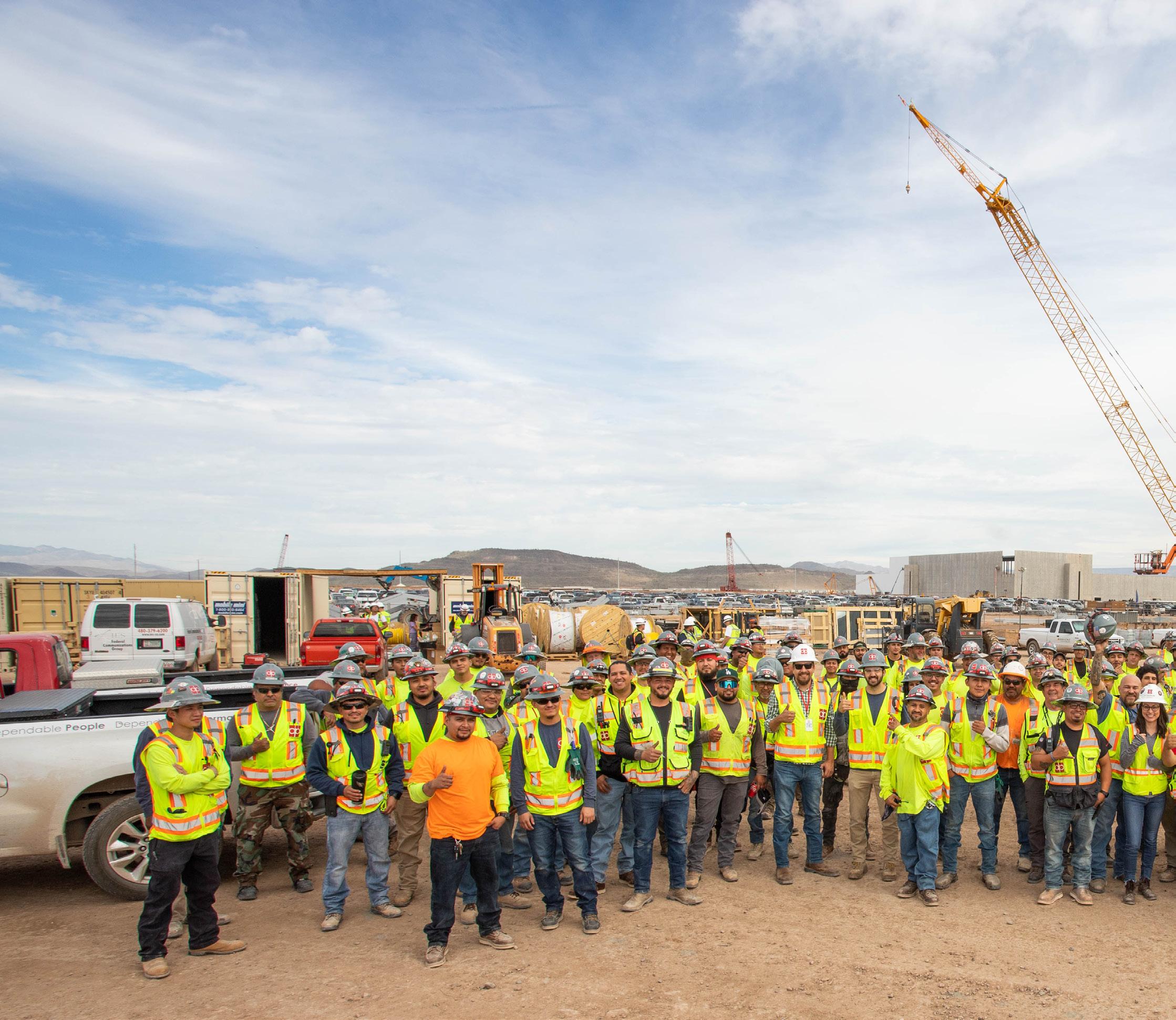
By KYLE BACKER
Over the last few years, a new trend has started to build momentum in the Valley’s construction industry. Firms such as CHASSE Building Team, Suntec Concrete and DP Electric have recently transitioned to employee stock ownership plans (ESOPs), providing a rich benefit for employees to profit from the growth of the company.
George Thacker, managing director of CSG Partners, says that through an ESOP, employees are allocated stock based on their percentage of the overall payroll.
“If you were 10% of the employee base, and I were 5%, you would get twice as much stock as I would,” he explains. This is done in addition to standard compensation and retirement benefits, so the longer someone stays at the company, the more stock that person will accrue. Thacker notes that it’s common for employees’ ESOP balances to be larger than their 401k accounts when they start looking to retire. Upon retirement, an employee can move the value of their stock into a rollover IRA and defer paying taxes on it, making it
“a tremendous benefit where the longer you’re working at that company, the more meaningful it is,” he says.
ESOP plans are also a great option for owners who are contemplating stepping back from the company. In the construction industry, internal buyouts have been historically popular, but Thacker says that route has drawbacks.
“The problem is that the company is generating all this taxable income,” he says. “You have to make tax distributions, then you’re using after tax distributions to pay out [the owner], who then has to pay taxes
IN: DP Electric Inc., a leading commercial electrical contractor headquartered in Arizona, announced in February its transition to 100% employee ownership. This significant milestone marks a major advancement for the company, solidifying its dedication to providing opportunities for its employees and being a top place to work in Arizona.
(Provided photo)

again. Internal buyouts hemorrhage cashflow from a tax standpoint.”
Other options, such as an outside acquisition, can lead to layoffs and a dramatic break from how the previous owner operated the company.
“As one client put it, ESOPs allow for a soft landing,” Thacker explains. “[The owner] has oftentimes built up the business and it has their name on the building. With an ESOP, most of the time selling owners stay involved in the business for a period of time.”
Transitioning to an ESOP, Thacker continues, also provides liquidity and
diversification, along with potentially turning the business into a tax-free entity.
“It’s an alignment of interests between the management team, the company and employees,” he says. “Everyone is rowing in the same direction.”
In February, DP Electric announced that it achieved 100% employee ownership, fully transitioning to an ESOP. Danielle Puente, president of DP Electric, notes that the process started for the company back in 2021 when Dan
Puente, founder and CEO of DP Electric, sold 30% of his shares to the ESOP.
“Prior to that decision, Dan and myself had a lot of conversations with different experts on succession planning,” she says. “For Dan, it was always a goal of his to go the ESOP route. We’re huge on our culture and everyone having an ownership mentality and having an impact on [the company’s] future.”
Then, in 2024, DP Electric completed the transition to a 100% employeeowned business, meaning Dan Puente is no longer the majority shareholder, but Danielle Puente notes “he couldn’t be happier that the business is now owned by all our employee owners.”
“It’s making our culture even stronger,” she continues. “With other types of exits, sometimes that culture doesn’t stay the same and that was really important to Dan and I.”
For DP Electric, employees must be with the company for one year to be eligible for the ESOP plan and shares are vested over five years. Each year, Danielle Puente explains, the ESOP is funded by the business and that contribution is converted into a bucket of shares allocated to employees based off compensation.
“Someone that’s earning more and has more responsibility will receive slightly more shares than someone who is closer to entry-level,” she says. “It’s completely free to our employees — they don’t have to buy in. And we still do a 401k with matching, so we didn’t adjust any of our existing benefits. This is just an extra retirement benefit for them.”
The company also receives a valuation every year and a new share price is announced to reflect the performance of the company, meaning there are two levers to build value for employees — the number of shares received annually and the increase in the value of those shares.
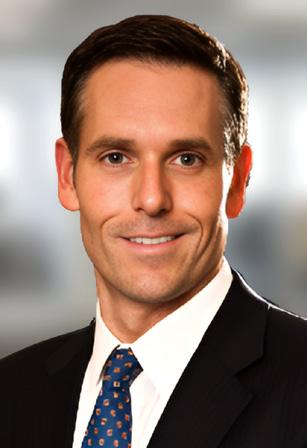
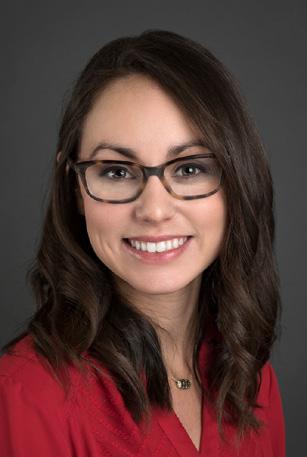


“We have been growing significantly,” Danielle Puente says. “From a volume standpoint, we’ve been growing about 40% for the last three years. That equates to share prices having large growth too. That’s a big thing to celebrate for our employees because when you’re in those growth spurts, it can be stressful and demanding. But ultimately, they’re getting the benefit of the business growing and seeing that reflected in their ESOP account.”
Barry Chasse, owner of CHASSE Building Team, first looked at the ESOP model for the company back in 2015, but it wasn’t until he worked with CSG Partners in 2021 that he decided to take the business in that direction. He saw it as a huge win-win for employees and the long-term sustainability of ownership.
“I was the majority shareholder, and sometimes people might wonder, ‘What happens if Barry retires? Will he sell the company to some giant company that’s going to ruin our culture?’” Chasse recalls. “Maintaining the ability to run the business the way we want is really important to us. So, that was the most compelling reason to go with an ESOP versus any other type of ownership structure.”
Communicating the benefits of the ESOP plan to employees can be a challenge, Chasse says, since it takes a few years for them to see the growth of the company reflected in their accounts.
“It takes a while for people to start seeing the accumulation and stock
price increases,” he continues. “My finance team tries to help them by modeling some what-if scenarios based on if the company continues to do well and what that could mean for employees. That helps people start to go, ‘I get it, this makes more sense,’ because [ESOP plans] can be quite complicated.”
There can also be some misconceptions about what the transition means for the management structure. For owners, there is a fear that they will lose control of their company — something that concerned Chasse before the process was better explained to him.
“Some people think that when you do an ESOP, that means anyone can make any decision they want like they’re the owner of the company,” Chasse explains. “That’s not the case. You still have your organizational structure there. It’s not like employees are voting on whether we should have tacos or barbecue on Tuesdays. You still have full control of the company as the founder, but your employees are going to own it in the long term.”
In March, Suntec Concrete became the second-largest Arizona-based employee-owned company when it announced its transition to an ESOP. For Derek Wright, president and CEO of Suntec Concrete, a third-party sale or involving private equity for transition planning were avoided because those structures didn’t align with the company’s values.
“We’ve always said, ‘together we can do amazing things,’ not ‘everybody just do what I tell you,’” Wright says. “It’s always been about doing more than expected, and as an employer, giving more than what’s required. So [an ESOP] fits well for us culturally.”
Wright adds that choosing to go this route has been the culmination of 25 years of succession planning, and not chasing after the “cool new shiny object.” An ESOP was just one of the many options that the company considered and had elected not to go this route in previously, but as Suntec Concrete continued to grow and have success, “it was the next evolution of what we needed to do for our company.”
Since the announcement, Wright says the company is meeting with all 2,000 Suntec Concrete employees to explain the details of the ESOP to them, along with sending out printed materials and emails about the plan. Because of the complexity involved, Wright notes that it will be a continual education process for employees, especially that the plan is an additional benefit and not a replacement for what is already offered.
“Ultimately, it comes down to this,” Wright concludes. “The substantial majority of our leadership grew up in this business, starting in an entrylevel position and growing from there — including myself. What better way to culturally align your company for the future than to share the successes that we enjoyed with all of them?”



By KYLE BACKER
Buildings are complex systems that require teams of professionals to take a project from plans on paper to a useful structure. The work, however, doesn’t end when a certificate of occupancy is issued. Facilities management plays a crucial role in the long-term viability of a building. Jana Morgan, associate director of facility management for Ryan Companies US, explains that people often have the misconception that facility management involves only maintenance and operations, such as cleaning, repairs and building upkeep.

“Facility management encompasses a wide range of strategic functions,” Morgan continues. “This includes space planning, workplace experience, corporate hospitality, sustainability initiatives, asset management, technology integration, safety and security management, building and employee wellness, cost efficiencies and vendor relations.”
There also can be confusion relating to the difference between property management and facilities management. MJ Gomathi, project manager for Terracon’s facilities department and president of the Greater Phoenix Chapter of the International Facility Management Assocation (IFMA), notes that there can be some overlap between the disciplines, but generally property management focuses more on the leasing of tenants and less about the health of the building.
For example, Henri is a Scottsdalebased property management software company that focuses on community building within apartment complexes.
“Henri is a resident engagement and portal software so residents can do everything from pay their rent, make maintenance requests, which is under facilities management,” says Alana Millstein, co-founder and president of Henri. “Residents can get package notifications, meet their neighbors, set up pet play dates, date their neighbors and sign guests into the community. It does a whole spectrum of things for residents and the managers of the property.”




Like many professionals, facility managers today have far more tools at their disposal. Pristcher notes that in the old days, facility managers didn’t have nearly as much data available to them. It also makes handing off duties between facility managers a smoother process, compared to the past when most of the institutional knowledge about a particular building was held by a single person, meaning that there would be a huge gap in know-how if they left the company.
Morgan adds that technology plays a significant role in cost and energy savings from audio and video devices, mechanical, electrical and plumbing.
“Technology touches every aspect of what we do. Data analytics, business and artificial intelligence, along with increased cyber security play significant roles in facility management,” she says. “By leveraging technology, it decreases energy and operating expenses and increases the more efficient predictive and preventative maintenance habits that save larger capital dollars.”
Buildings themselves are becoming more technologically advanced, and Gomathi says that means more technologically savvy people are needed to maintain these structures.
“That’s where facility management as a culture comes in,” she continues. “It’s not just about maintaining the equipment anymore. It’s about reviewing data and utilizing new technology like AI. Even before AI, we’ve been using the Internet of Things, which
help facility managers understand the condition of building is, such as a sensor letting us know that temperature has been spiking in a certain area for the past 10 days. Add AI to that, and it can review that reading and let you know that something needs to get replaced or that a repair is needed.”
That said, Tom Pristcher, founder and CEO of TEPCON Construction, notes that many people are resistant to change, and incorporating technology can be complicated, especially if someone is used to doing their job a certain way for many years.
“If there’s a new software that someone is having a hard time with, they’re going to push it to the side because they still have to meet deadlines,” he says. “That’s been the biggest problem adopting technology. If someone says to me, ‘I’m not happy with [this technology] but I still have to get this job done,’ I’m not going to force them to use that software. There has to be a commitment from the company to the integration of that software to make it work.”
Gomathi adds that sometimes technology can be viewed as a threat to a facility manager’s job security, which is not the case.
“I try to show them that this is not something that’s going to take your job away or be used to micromanage them,” she explains. “It’s here to make life easier so they don’t have to keep running from one thing to another. The people aspect of integrating technology is where it gets tricky.”
Like many professions, facility managers have an association called the International Facility Management Association (IFMA) that helps connect practitioners to learn from one another and hear about best practices. It also conducts research and provides benchmarking tools through its website. One resource the Gomathi recommends is a tool that helps organizations assess how many people they need to maintain their portfolio of buildings.
“Let’s say that the City of Tempe wants to know how many people they need to maintain their portfolio of buildings,” she says. “IFMA has done an enormous amount of research nationwide, and they have put together a tool where the City of Tempe can put in the number of how many and what type of buildings they have, and it shows how many people they would need to maintain these buildings efficiently.”
IFMA also has ways for facility managers to further their career through certifications that can be earned through IFMA, Pristcher adds.
“The CFM [Certified Facility Manager] and FMP [Facility Management Professional] certifications are taken very seriously,” he continues. “It used to be facility managers weren’t considered a big career track. It was the responsible person in the office who showed up at 8 a.m., left at 5 p.m. and had the keys. Pretty soon, the work would pile up and you’d have an admin who is dealing with security, coordinating maintenance and



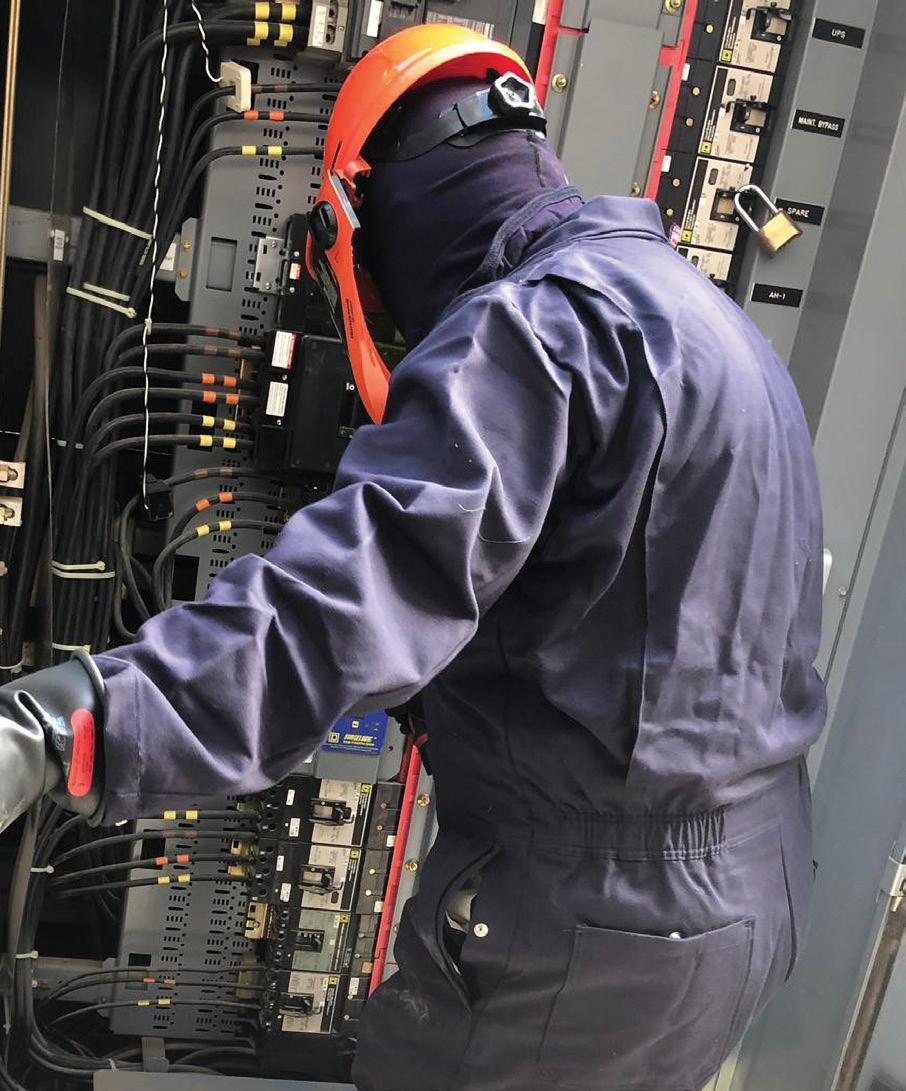

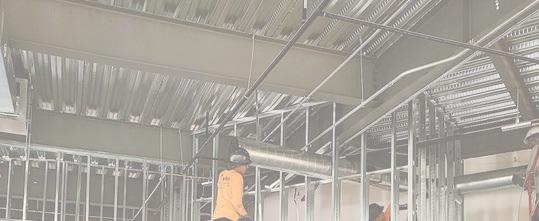




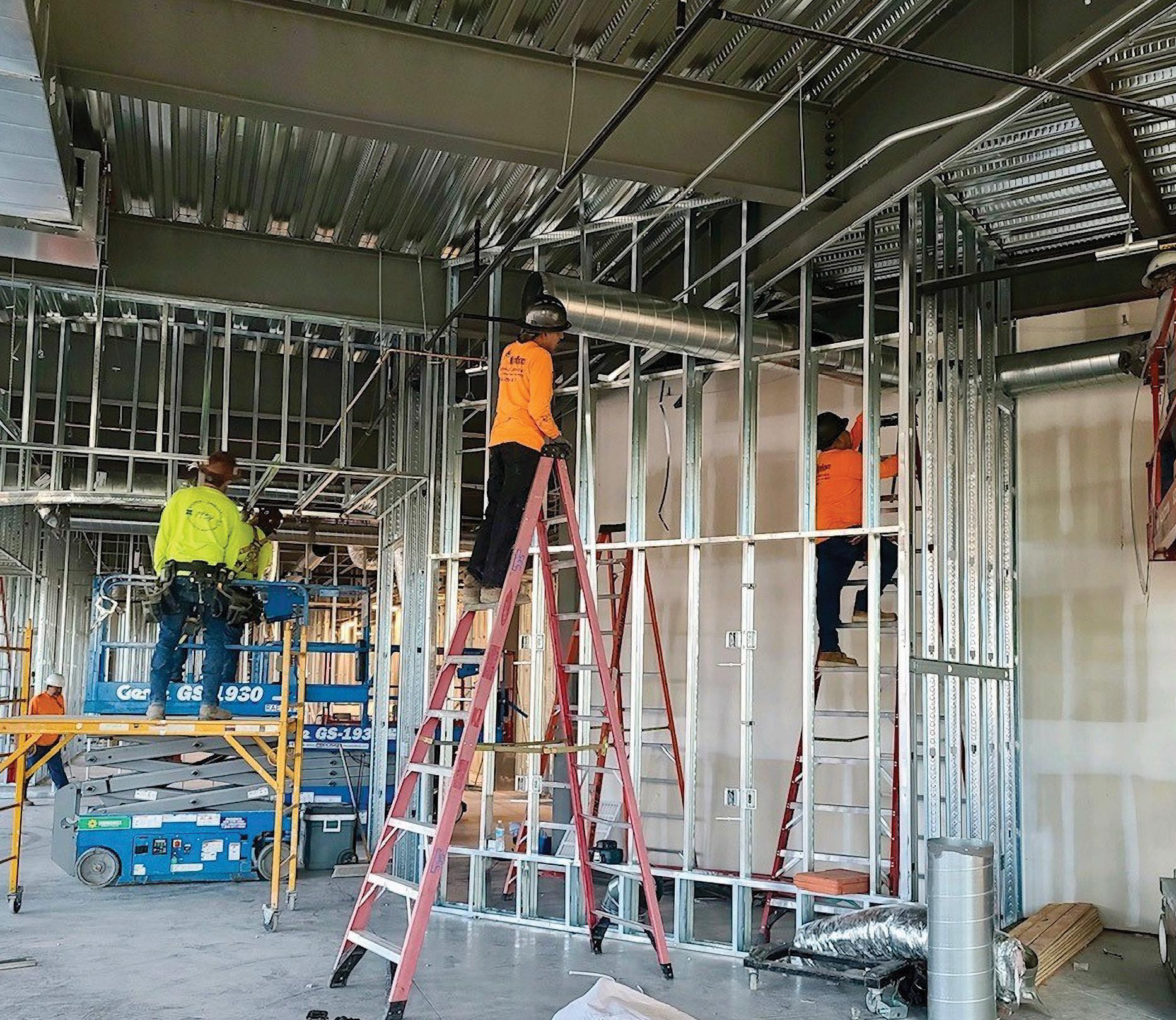




























dealing with lease negotiations. IFMA has taken the role and elevated it to a professional career path by being on the forefront of education.”
Gomathi adds that having the credentials helps future employers understand the knowledge-level of a facility manager and helps to boost their credibility. When she first came to the U.S., Gomathi says she did not have any of these credentials but did have five years of experience. Even with a background in facilities management, Gomathi says she had difficulty getting jobs, but receiving an FMP helped her with job prospects.
“As soon as I got that first credential, people understood what skills I had. Within a month or two of getting my FMP, I got my first job here,” she continues. “Besides the certifications, we have activities and sessions that focus on current issues facing facility managers. We recently had a session where we
focused on what other professionals are seeing as pain points and were able to have a conversation with everyone on how to fix an ongoing issue someone was having with their building.”
Many people don’t understand that a career in facilities management can be fulfilling — or even know it’s a field they can pursue. Gomathi notes that many people fall into the profession rather than actively choose it, and that the average age of facility managers is 45 years old. That’s why she says IFMA’s student chapter at Arizona State University (ASU) is so important.
“Many students don’t even know what facility management is,” Gomathi concludes. “We currently work with construction management and business analytics students to expose them to what options they have for a career. We don’t want them to think that just because they’re going through a construction management program that means that’s
their only option for a career. We’ve had students who are now working in the industry because of the impact the student chapter had on them.”
What it is: Facility management is an in-depth industry with a lot of nuance. And, to newcomers, it can be a lot to take in and sometimes even seem a bit intimidating. But it doesn’t have to be. The International Facility Management Assocation can help you strengthen your understanding of key concepts and fundamentals of facility management and refine your communication skills for success in the industry.
Learn more: ifma.org
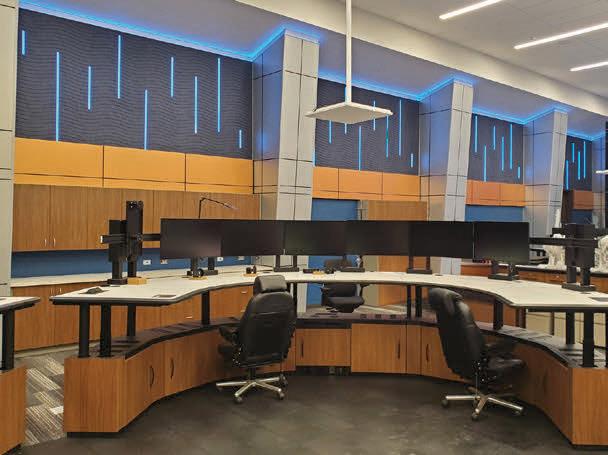



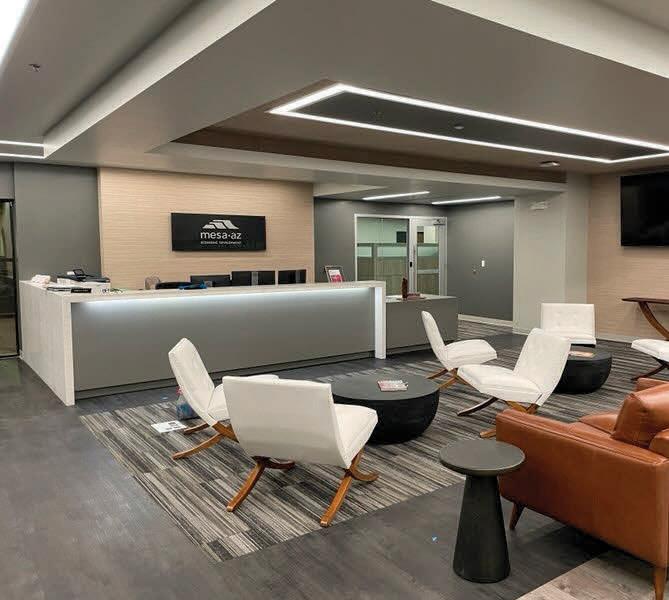
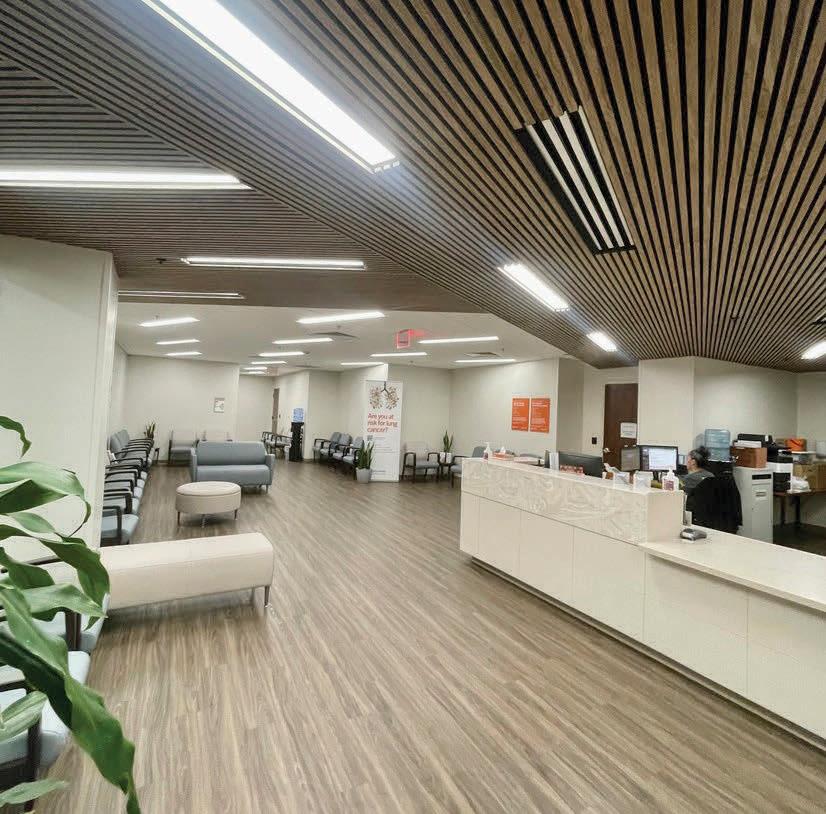












































By KYLE BACKER
Since the pandemic, the cost of rent in the Valley has grown, even as it has tapered off from its peak. AZRE magazine sat down with Courtney LeVinus, president and CEO of the Arizona Multihousing Association (AMA), to discuss the state of the market, what’s being done at the legislature to contend with declining housing affordability and her thoughts on the future of the Phoenix.
The following responses have been edited for length and clarity.

“We’ve always been huge advocates for new construction.” – Courtney LeVinus
AZRE: Where does the multifamily market stand?
Courtney LeVinus: In the Phoenix market, we’re seeing about 92% occupancy, whereas coming out of COVID we were at nearly 98%. Rents have decreased anywhere between 2.6% and 3.6% when you consider concessions, such as when you sign a lease for a year and get a month of rent free.
AZRE: What is driving that rent decrease?
CL: Over the last several years, we finally have seen construction of new multifamily units come to the market. After the 2008 recession, nothing was being built, so we’re now back to normal levels. As a result, we’re seeing occupancy levels decrease, which results in more competitive and in some cases, less expensive rent.
But really, it’s the new construction that’s driving those numbers, and that’s why we’ve always been huge advocates for new construction. Because if we really want to address the housing affordability crisis, it’s a numbers game. We have to build more units at all price points to keep rents reasonable and attainable.
AZRE: Housing is among the top issues Valley residents are concerned about. Why do you think that’s the case?
CL: Affordability is something we’ve been talking about in the industry for many years. Historically, Arizona has always been seen as an affordable state
— we’re certainly not like California or states on the East Coast. But we’ve seen affordability become a hot button issue here.
There was some polling showing that affordability is now a top three issue in the state, after inflation and immigration. When you look specifically at Republicans it’s the No. 3 issue; Democrats it’s the No. 1 issue; and among independents, it’s No. 2.
The rising cost of land, the lack of properties zoned for multifamily, and the increased time it takes to go through the entitlement and construction process all impact affordability. Everything that goes into developing and managing apartment communities has increased, just like our household budgets have increased because of inflation.
AZRE: Tell us more about the roadblocks to bringing new units to the market.
CL: There are several. From our perspective, one is the lack of multifamily-zoned land. The vast majority of it has already been built on or is in the construction pipeline. In other words, there’s a lack of planning for the density needed to accommodate our growing population.
The other major systemic issue is the not in my backyard movement [known as NIMBYs]. You can go to virtually any council hearing for a multifamily project moving through the entitlement
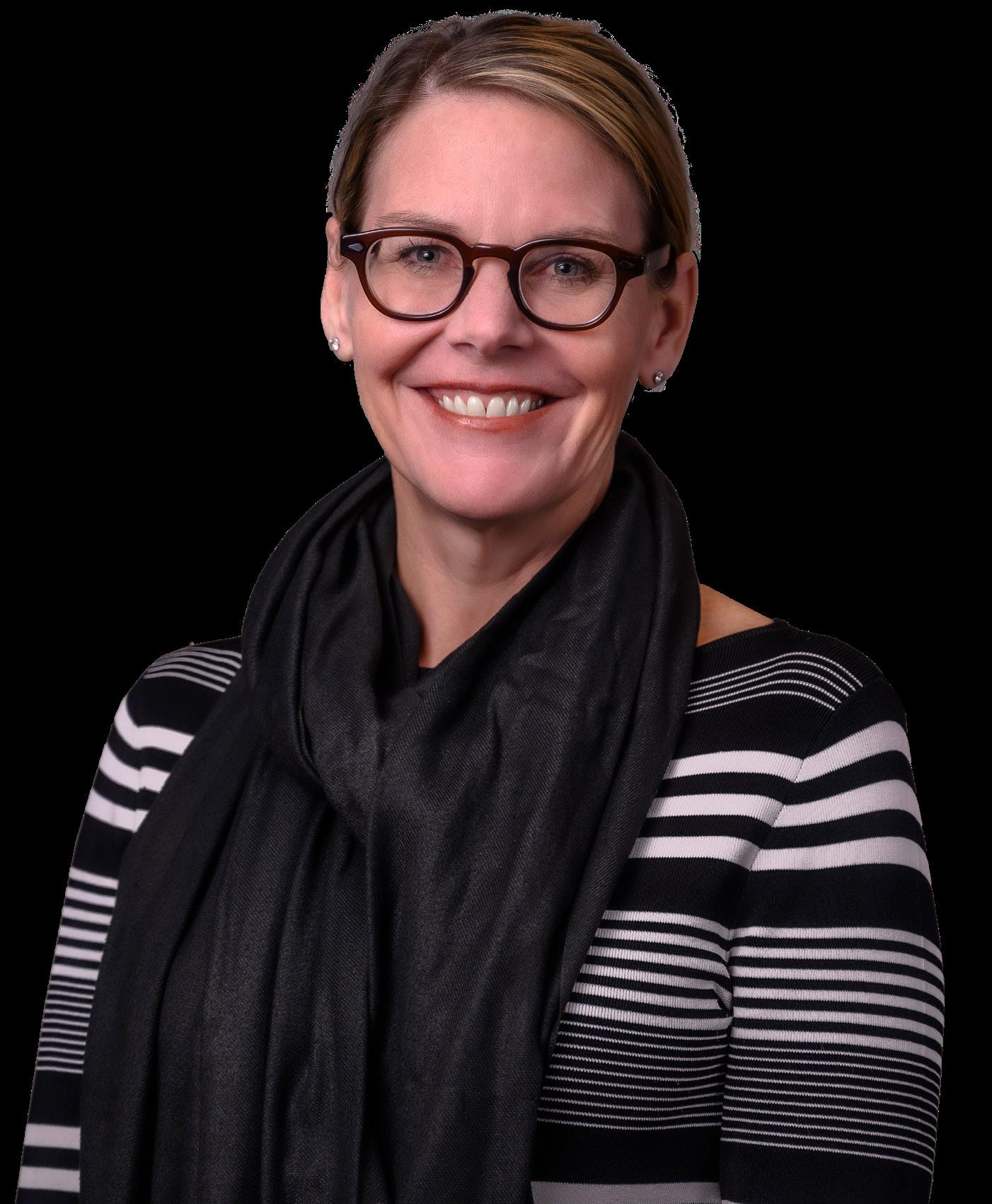
process, and you’ll hear people say that apartments increase crime, traffic, school crowding — you name it. The NIMBY movement is very effective at moving these false narratives, and they are indeed false. There have been numerous studies that show increased density does not result in increased crime. A community of 300 apartment units versus 300 units of single-family housing get the same public safety calls on average.
As far as traffic, apartments cause less traffic than many commercial properties. There has been a fear of density in Arizona for years, and we used to be able to move further out and we didn’t build dense cores like we’re starting to see more now. But today, going through the entitlement process can take anywhere from two to four years, when it used to be a six-to-12month ordeal, and time is money.
AZRE: Is there a reason why that entitlement process is taking so much longer?
CL: It’s a culmination of things. Inadequate staffing at certain municipalities can be an issue, but the NIMBY perspective is prevalent throughout Arizona. What ultimately happens when you have significant opposition is you have more meetings and negotiations between the neighborhoods and the developer, which slows down the process significantly.
AZRE: You mentioned before how there’s not enough land zoned for multifamily in the Valley. Does that provide an opening for NIMBYs to come in and delay things?
CL: You’re right. Because virtually everything going forward has to
go through some sort of rezoning or entitlement process, NIMBYs can make that take a longer than it would otherwise.
I get where communities are coming from when they want to hold as much land as possible for potential commercial development because of the tax base that benefits the city. But it needs to be balanced with residential development, because the jobs that come from commercial properties also require housing for those workers.
Now that we’ve exhausted what land is zoned multifamily, we’re going to see that two-to-four-year process become the norm unless cities take a proactive approach to their housing needs. I think it would help cities reduce the frustration mayors and council members go through on these entitlement projects if they would zone more land upfront for

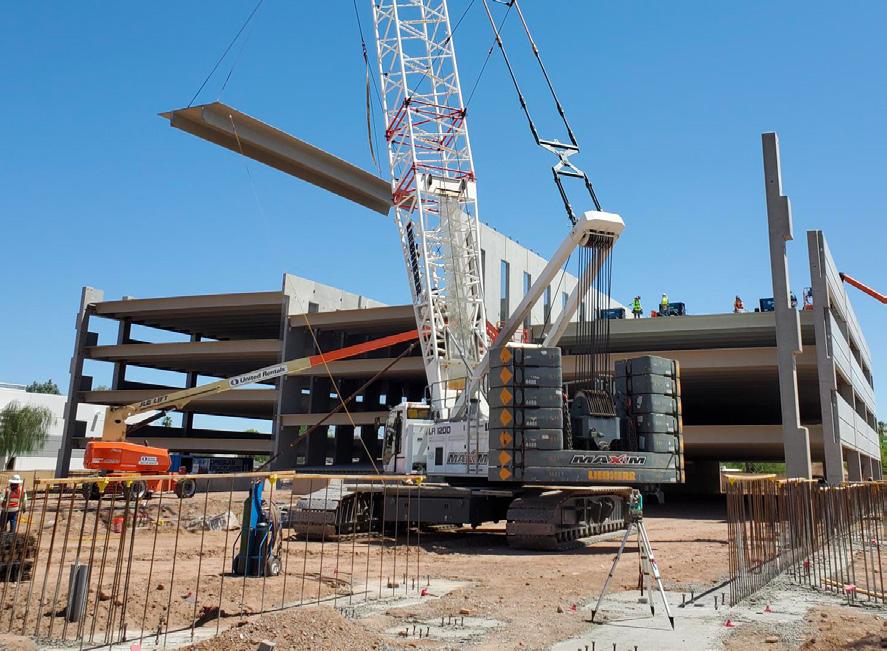

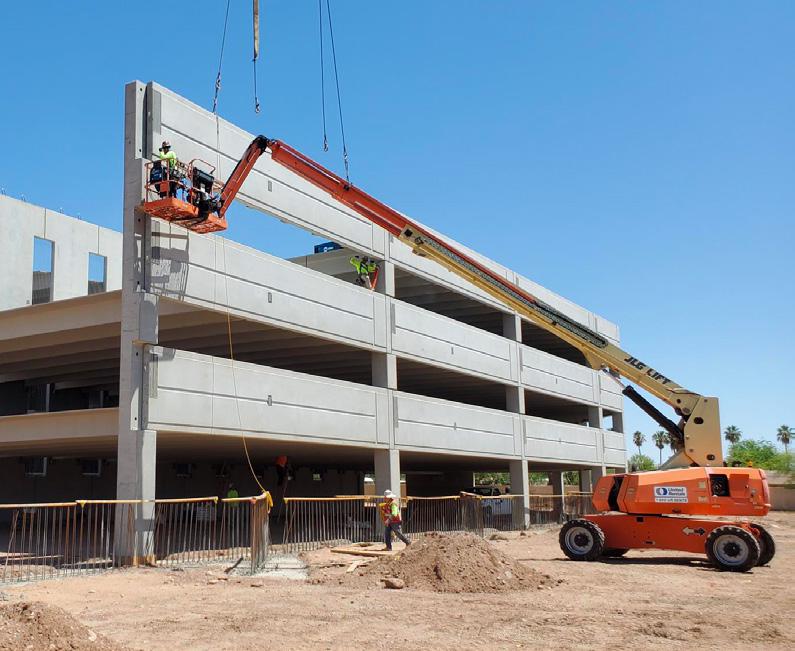

CITY LIVING: Callia Apartments is a 453,895-square-feet apartment complex that offers a mixture of comfort, style, and convenience. The property is situated at 100 W. Indian School Rd. in Central Phoenix. (Provided photo)
multifamily instead of having a fight each and every time.
We’ve seen some jurisdictions who have decided that they need to address housing needs and zone more land for high density residential. They’ll do blocks of rezoning so they only have one major hearing as opposed to 50 individual ones, and we’re seeing that as a potential avenue to change how cities should be looking at the rezoning process.
AZRE: What sort of legislative solutions exist for this problem?
CL: When the polling started to show affordable housing as one of the
top issues, it certainly got the attention of the legislature. From AMA’s perspective, there were two bills that we were advocating for.
One is House Bill 2297 which allows for the conversion of commercial buildings to multifamily. Economist Elliot Pollock recently completed a draft study and is anticipating as many as 150,000 units could be built based on what is outlined in House Bill 2297, and these projects would be built without going through a rezoning or entitlement process. It’s basically an administrative approval process with the cities, and it impacts municipalities of 150,000 residents and above. The bill says you
can convert existing commercial to multifamily with some restriction protection historic neighborhoods.
There’s a requirement for affordable housing and a provision that says not more than 10% of the existing commercial buildings could be converted, and the parcel has to be between one and 20 acres. So there’s all sorts of protections built in, but basically the focus of the bill is to take underutilized or blighted commercial properties and either do a true adaptive reuse where someone uses the building envelope, or it can be demolished to build brand new multifamily.



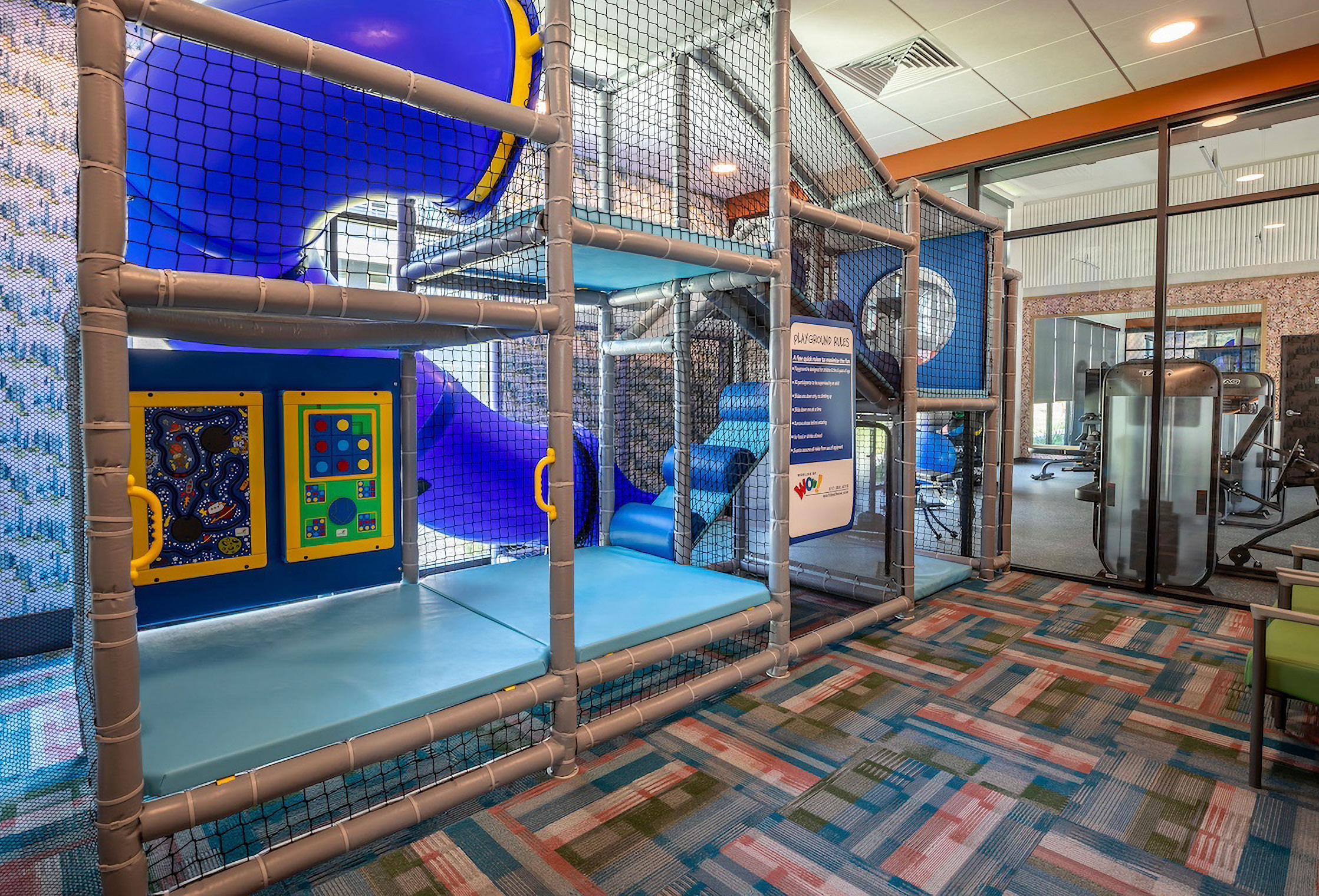
MEETING A NEED: Vista Ridge is an affordable housing community in Phoenix with income restrictions and tremendous amenities for residents. The property has a minimum household income requirement of 2.5 times the monthly rent amount to qualify. (Provided photo)
AZRE: You mentioned that 150,000 multifamily units could be brought to market thanks to House Bill 2297. How would that help address the undersupply of apartments? Can you contextualize that number?
CL: This study is a few years old, but the Arizona Department of Housing released a report showing that the City of Phoenix is about 163,000 housing units short of what it needs. House Bill 2297 unlocks potential units by cutting regulatory red tape, and developers are able to go from concept to certificate of occupancy much faster, which makes these projects very appealing.
AZRE: Is there anything else readers should know regarding the legislature?
CL: The other thing I wanted to mention is Senate Bill 1162, which
requires cities to do a housing needs study. They need to look at their current and anticipated population, and build in their model how many residents they’re going to need to fill the jobs in the city. Municipalities also must show many housing units they are short, what they need to build, what their average permitting is and how many houses they’re building each year. The bill also reduces the timeframe of going through the rezoning application process, meaning cities have to decide whether to approve the application within 180 days.
AZRE: How much can be done at the state level when municipalities have much of the power when it comes to planning and zoning?
CL: There’s always going to be
negotiation with the cities, and the approach we’ve tried to take with addressing some of the affordability issues stem from creating consistency between cities. In some states, the legislature has taken over this issue because the cities have failed to do so.
A legislator has the same constituents that a council member has, so they’re hearing the same concerns, and I think there’s been some frustration amongst legislators that municipalities have not done enough and need to step in. Another two bills also passed the legislature, namely a missing middle housing bill and a bill allowing casitas, so the legislature has really taken notice of this issue.
While it’s true that the zoning and entitlement process is and will continue to be a local issue, it has risen

Bryten’s reputation is built on more than just results. With trust, reliability, and unwavering commitment to our owners and residents, clients don’t just hire us—they become partners. Our clients’ success is a testament to the strength of our relationships, the effectiveness of Bryten’s services, and the positive impact on their assets. Choose us as your multihousing property management partner for our expertise, proven results, and the unwavering trust our name carries.
Your success is our goal.

as a top concern for Arizona residents, and therefore legislators feel they can no longer ignore it.
In 2023, we tried to pass legislation that would speed up the zoning and entitlement process by removing some of the non-safety regulations, such as design review, and it was met with significant opposition from the League of Cities and Towns, so this last legislative session we asked them to come to the table. We had to give a little and so did they, but both House Bill 2297 and Senate Bill 1162 ended up being consensus bills.
AZRE: Housing is a sensitive issue, and there’s been reporting about rising eviction rates in the Valley. Is the media
anything about eviction rates?
CL: This is probably the most sensitive issue on both sides — for our residents and for those who own the property. The very last thing a rental owner wants to do is evict someone because it’s a lose-lose situation.
But where we struggle with the media is they often look at eviction numbers in a silo and fail to recognize that eviction numbers in Arizona will continue to go up because we have a growing population. If you look at eviction statistics on a per capita basis, we’ve actually gone down. We’ve gone from 6.2 million people in 2008 to 7.5 million in 2023, meaning we have more housing and therefore those eviction numbers are naturally going to increase. We shouldn’t
look at them on a standalone basis. The other thing that gets lost in the media is that when a property files an eviction with the courts, that doesn’t mean someone is actually evicted. Sometimes filings get conflated with actual evictions.
AZRE: While more apartments have been built in recent years, there’s a perception that most of them fall into the luxury category. What’re your thoughts on that?
CL: A lot of the projects coming to market are luxury, and part of that is because it’s so difficult to develop workforce housing for a variety of reasons. Some we’ve talked about, such as the regulatory environment. The








"...Arizona is at a very important crossroads right now."
– Courtney LeVinus

National Multihousing Council and the National Home Builders Association recently completed a study showing that more than 40% of the cost of housing comes from federal, state and local regulations.
For a project to work financially, many developers feel they must build luxury to make the project cash flow. Workforce and low income housing traditionally have different financing mechanisms including a variety of stacked financial provisions.
It’s just really difficult to build middle-income housing. Some of it comes from going in front of planning and zoning commissions, because that’s where we start to see the neighbors say they want the communities to have all these bells and whistles to look a certain way. For the project to get through the entitlement process, a developer will often have to reduce density, but that doesn’t mean it reduces the cost of operating the community. It’s hard to make these deals pencil. That’s why we’ve been pushing at the legislature to reduce some of these non-safety related regulations so we can get back to building starter apartments.
AZRE: Greater Phoenix is an emerging Tier 1 market with significant inbound migration and multi-billiondollar investments from companies such as TSMC and Intel. Is a higher cost of living one of the side effects of this growth?
CL: I was born and raised here in Phoenix, and this city is very different from the one I grew up in. It’s exciting because there’s so much potential here, and that’s why people are coming here.
To a certain extent, affordability will continue to be an issue, but from my perspective, I think Arizona is at a very important crossroads right now.
If we can implement policies to reduce regulation to encourage housing, we can continue to be a market where people want to move and have a quality of life without breaking the bank. If we fail to make some of these hard choices, we’re going down the path of California, Oregon and Washington.
But we have an opportunity to correct our path. We’re still affordable compared to other states, but it’s going to take council members and mayors who are willing to make difficult decisions when they’re
hearing from residents who may not want them to go in that direction. I’m not of the opinion that housing costs are doomed to increase.
AZRE: What are some of AMA’s top priorities for 2025?
CL: The elections will influence what happens in the market from Arizona. From AMA’s perspective, we’ll continue to be laser focused on protecting property rights and reducing unnecessary barriers to new construction. We’ll also advocate for affordable housing via the extension of the state Low-Income Housing Tax Credit by urging the legislature to properly fund the Arizona Housing Trust Fund.
There are some proposals on the federal level that we’re concerned about. Recently, a national rent control measure has been talked about, and that would be catastrophic for Arizona and the nation. If there’s one area where economists generally agree it’s that price controls don’t work. Rent control reduces the amount of new construction and further exacerbates the affordability crisis.














































































Even in a world where remote and hybrid work is more common than ever, the office remains a place to build teams, meet clients and make business deals happen. Today, offices are rich in amenities, such as hidden speakeasies and state-of-the-art gyms, to encourage employees to commute and collaborate with their fellow teammates. The following pages showcase some of the best office spaces in Arizona. All photos were provided to AZRE magazine.
OWNER: WCCP
GENERAL CONTRACTOR: DAS Technology
ARCHITECT/DESIGNER: Alexi Venneri
LOCATION: Camelback Tower, 6900 E. Camelback Road, Suite 1100, Scottsdale, AZ 85251
SIZE: 16,292 square feet
VALUE: Tenant improvements equaling $650,000
BROKERAGE: Keyser
START DATE: December 2023
COMPLETION DATE: July 2024
WHY IT’S AWESOME: DAS Technology’s new penthouse is the entire 11th floor of Camelback Tower. The office has a wraparound patio with breathtaking 360-degree views of the Valley, Camelback Mountain, Old Town Scottsdale and spectacular Arizona sunsets. The modern kitchen features complimentary cold brew dispensers, a Bevi-flavored seltzer water station, a coffee barista machine, TVs, stationary bike workstations and plenty of comfortable break spots. The DAS market has inexpensive snacks, drinks, and lunch items, and the chill room features a relaxing massage chair.



OWNER: Trammell Crow Company
GENERAL CONTRACTOR: Wespac Construction Inc.
ARCHITECT/DESIGNER: McCarthy Nordburg Ltd.
LOCATION: 8605 E. Raintree Drive, Scottsdale, Ariz., 85260
SIZE: 12,735 square feet
START DATE: November 2023
COMPLETION DATE: April 2024
WHY IT’S AWESOME: Located within the Axis Raintree Building, this tenant improvement project for a local insurance company has transformed the space into a modern and functional office environment. The thoughtful interior design and the use of luxe materials elevate the space; cloud ceilings throughout create a dynamic and airy atmosphere. The polished concrete entryway and reception area, highlighted by a stunning moss wall, leaves a lasting impression.

GENERAL CONTRACTOR: Wespac Construction Inc.
ARCHITECT/DESIGNER: RSP Architects
LOCATION: 16220 N. Scottsdale Road, Suite 400, Scottsdale
SIZE: 16,900 square feet
START DATE: April 2023
COMPLETION DATE: August 2023
WHY IT’S AWESOME: Located on the fourth floor of a mid-rise building in Scottsdale, this innovative dental partner group recently underwent a stunning office transformation to accommodate its expanding team. The project introduced new private offices and conference rooms, revamped the breakroom, and added a stylish new reception entrance, all aimed at enhancing the employee experience. Fresh finishes, including modern paint, carpet, wall coverings, accent ceilings, and lighting, were thoughtfully chosen to complement the sleek new furniture and vibrant graphics.



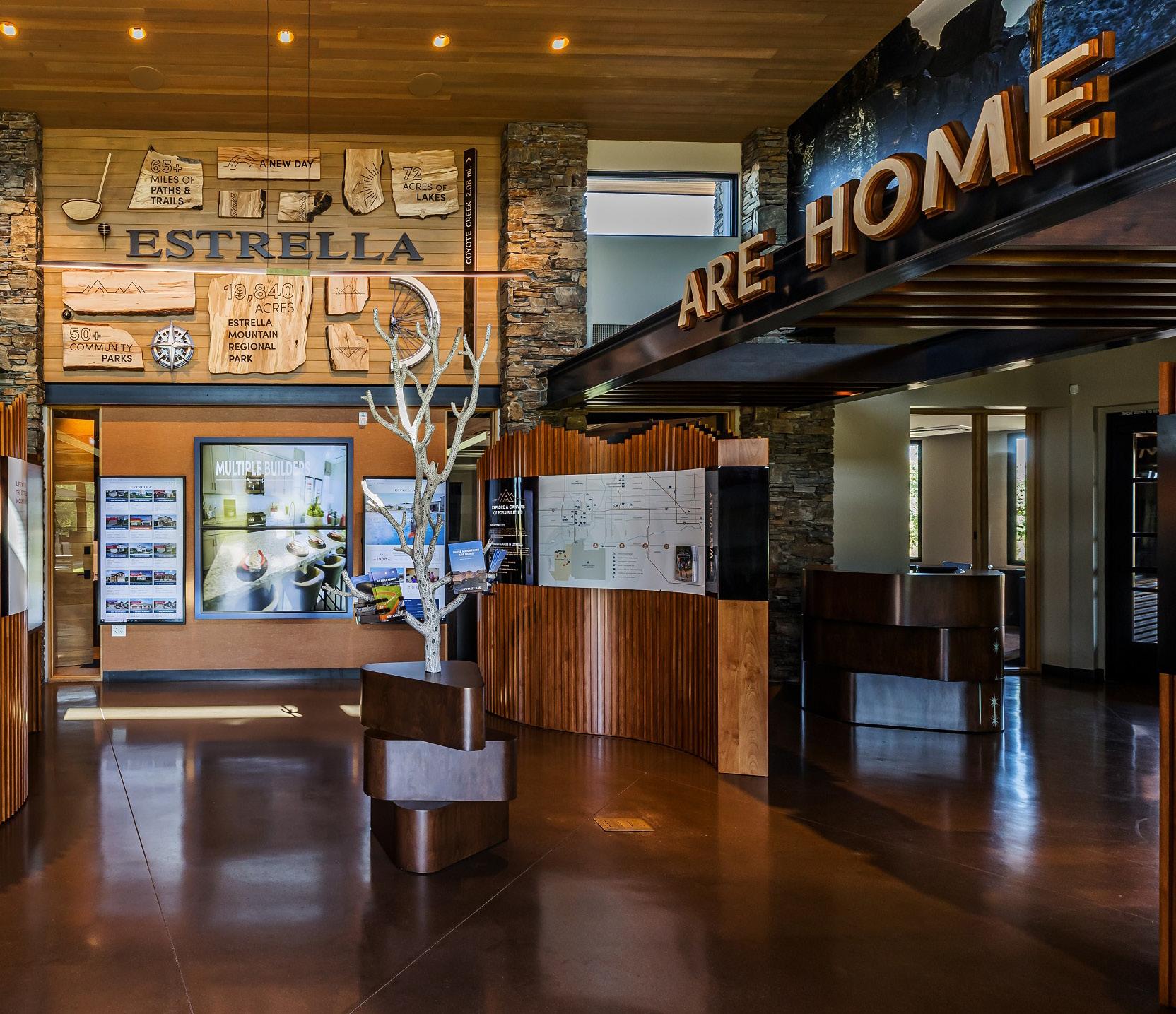
OWNER: Tempe Campus Lot 8 Parcel 2, LLC
GENERAL CONTRACTOR: Wespac Construction Inc.
ARCHITECT/DESIGNER: RSP Architects | Forward Tilt
LOCATION: 2190 E. Elliot Road, Tempe
SIZE: 26,143 square feet
START DATE: July 2023
COMPLETION DATE: November 2023
WHY IT’S AWESOME: TruWest Credit Union’s new headquarters, located on the third floor of the Discovery Building Campus in Tempe, is a testament to innovative design and functionality. This Class A office space features a blend of open and private workspaces with modern finishes, including custom millwork and luxury vinyl tile. The space boasts unique elements including acoustical lighting and an operable glass partition, creating a dynamic environment. Centralized executive offices, providing daylight and glazing access to the open office, foster a culture of accessible communication.
OWNER: Estrella Development Company
GENERAL CONTRACTOR: Creative License International
ARCHITECT/DESIGNER: Claudia Sieb of The Sieb Organization
LOCATION: 8175 S. Hillside Drive, Goodyear,
SIZE: 2,500 square feet
START DATE: July 2023
COMPLETION DATE: April 2024
WHY IT’S AWESOME: The award-winning Welcome Center is the front door of Estrella, a 20,000-acre mixed-use masterplanned community in the City of Goodyear. The interior refresh included a new space plan, technology, furniture, murals, art, information kiosks and more. The interior includes office space, two conference rooms, a great room area with fireplace, restrooms, storage, and Café Bebida. The reimagining also included new monument signage, on-building, directional, and parking signage which complements the outdoor lawn area and seating, including gas grills and a ramada.
OWNER: Delta Dental of Arizona
GENERAL CONTACTOR: RSG Builders, LLC
ARCHITECT/DESIGNER: McCarthy Nordburg
LOCATION: 14850 N. Scottsdale Road, Suite 400 Scottsdale
SIZE: 13,400 square feet
START DATE: December 2023
END DATE: May 2024
WHY IT’S AWESOME: Delta Dental of Arizona’s new suite features fewer traditional offices and more meeting spaces, from conference rooms to huddle zones, to fit team members’ varied needs. It is also outfitted with stateof-the-art technology that will make working and sharing information among team members seamless, driving more efficiencies in how it supports customers, members, providers and brokers.
OWNER: Cross Ocean Partners, Breakwater Property Partners
GENERAL CONTRACTOR: Mortenson
ARCHITECT/DESIGNER: RSP
SIZE: 15,527 square feet
START DATE: March 2022
COMPLETION DATE: August 2022
WHY IT’S AWESOME: Mortenson’s new office at The Beam on Farmer celebrates its brand and industry while supporting a variety of work styles. The warm wood, a hallmark of The Beam — which is Arizona’s first cross-laminated timber (CLT) Class A office — is showcased throughout the workplace. Interior walls stop shy of the wood beams, creating a sense of continuity throughout the space and ensuring the wood ceilings have visual prominence. Located in the heart of downtown Tempe, the space provides aesthetic lighting and floor to ceiling windows.

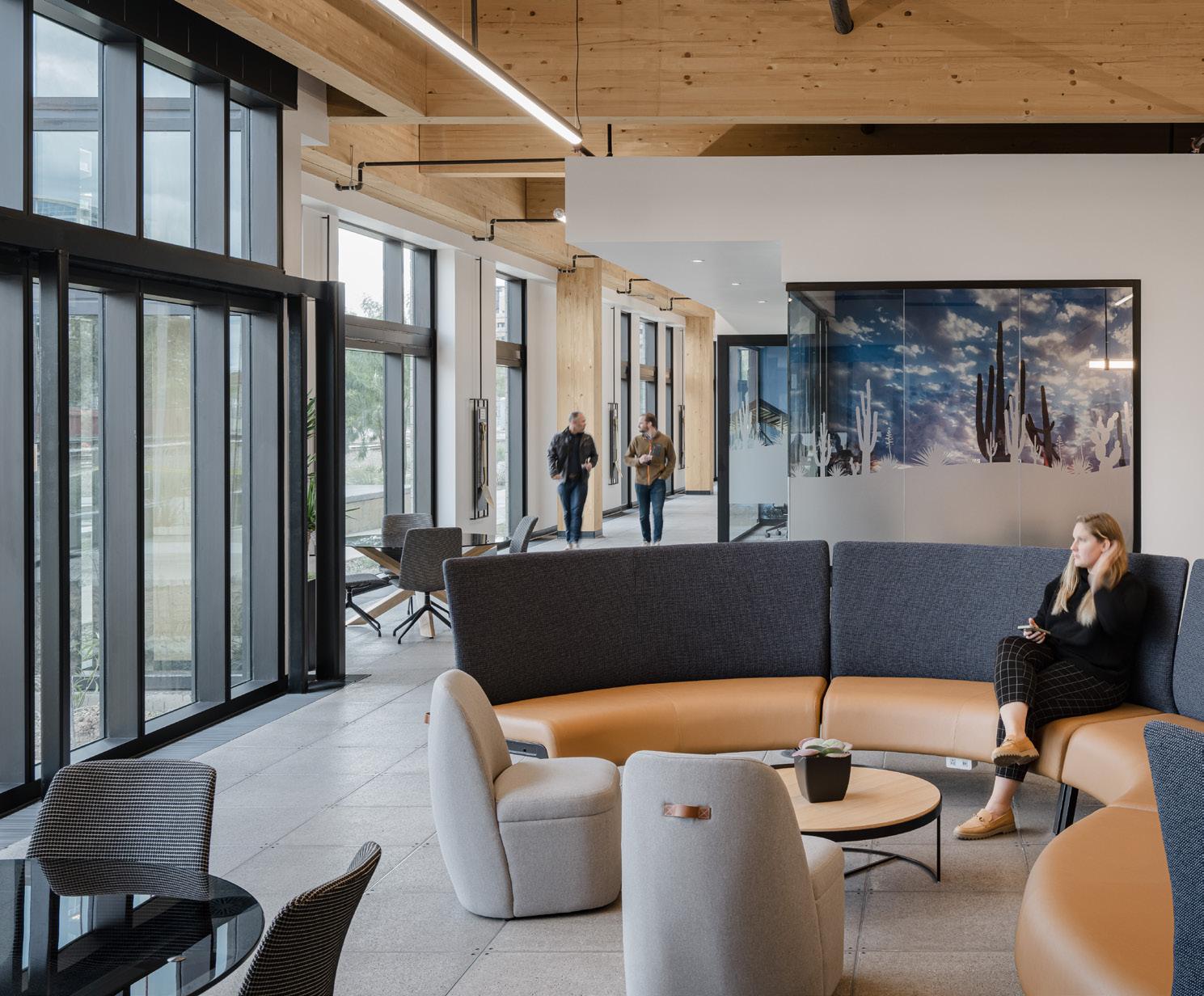


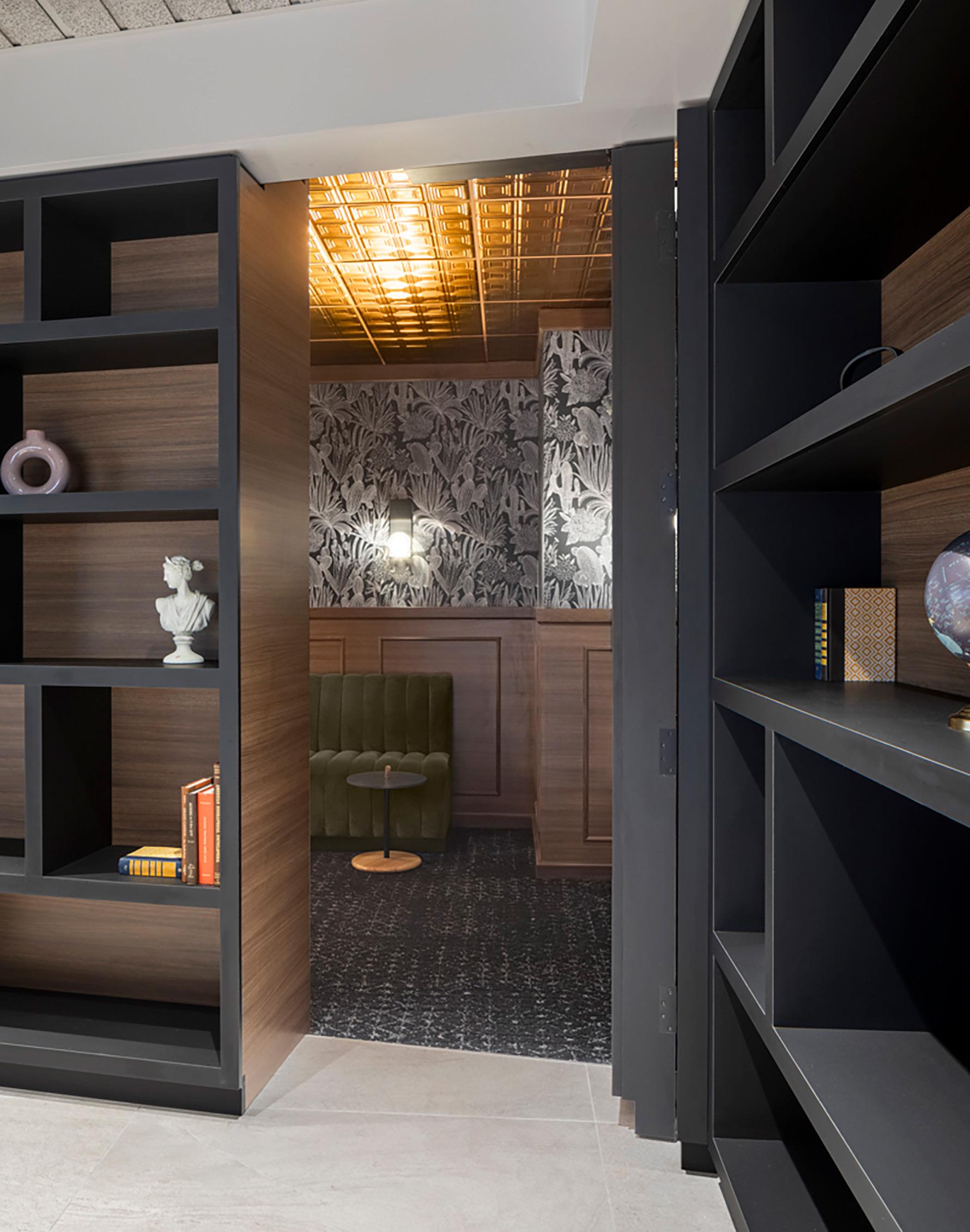
OWNER: Stream Realty
GENERAL CONTRACTOR: Jokake Construction
ARCHITECT/DESIGNER: Corgan
LOCATION: Tempe
SIZE: 61,190 square feet
START DATE: June 2022
COMPLETION DATE: April 2023
WHY IT’S AWESOME: Situated on the sixth and seventh floors, the Class-A tenant improvement features incredible finishes and materials, many imported directly from Italy. Stunning details accented throughout the two floors include an Arktura wood grid above the open office area with drop ceiling tiles; a hidden speakeasy accessed by pulling a book in the library; two reception areas; and custom elevator lobbies. The focal point of the new office is the interstitial stairs connecting the two floors. The stairs were cut into a post-tension building, a phenomenal feat requiring extensive structural coordination and planning.

OWNER: Osborn Maledon
GENERAL CONTRACTOR: Stevens-Leinweber
Construction Inc.
ARCHITECT/DESIGNER: Phoenix Design One
LOCATION: 2929 N. Central Ave, Phoenix
SIZE: 45,764 square feet
BROKERAGE: JLL, Cushman & Wakefield
START DATE: July 2022
COMPLETION DATE: August 2023
WHY IT’S AWESOME: Reflecting the future of law office design, the space begins at
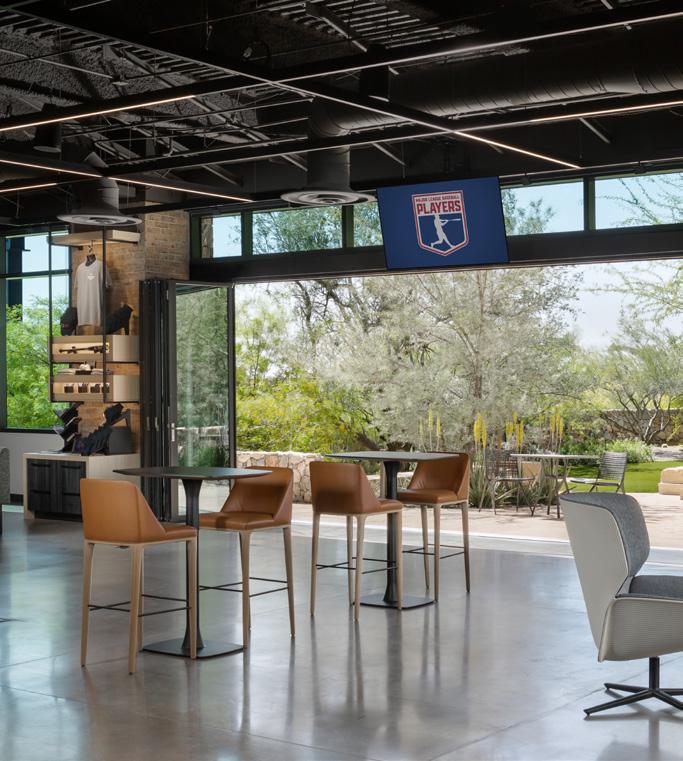
OWNER: Nationwide Realty Investors
GENERAL CONTRACTOR: Jokake
Construction
OWNER: Tourmaline
GENERAL CONTRACTOR: Jokake
Construction
ARCHITECT/DESIGNER: Gensler
LOCATION: Phoenix
SIZE: 4,493 square feet
VALUE: $1,430,041
START DATE: February 2023
COMPLETION DATE: September 2023
a breathtaking main lobby anchored by a dramatic staircase — an achievement of its own with glass risers and hidden supports that give the entire assembly the impression of floating. Wide, bright hallways connect state-of-the-art offices and conference areas, an expansive kitchen and a variety of tucked-away areas for relaxation and connection. Impact lighting dazzles throughout, as do warm wood accents, floor-to-ceiling glass partitions, dramatic marbles and a color palette of rich olive greens and welcoming browns.
ARCHITECT/DESIGNER: McCarthy Nordburg
LOCATION: Scottsdale
SIZE: 6,000 square feet
VALUE: $1.3 million
START DATE: July 2022
COMPLETION DATE: January 2023
WHY IT’S AWESOME: The office for the MLB Player’s Association has a unique design offering flexibility for both entertainment, workspace, collaboration, lounging and live recording. The remaining open area of the space also includes a 25-foot nano wall, allowing for expansion onto the patio to brighten and open the office even further. Specifically designed to host media, the podcast and recording room is specially insulated to hold interviews and other media needs. Other details include a 6-inch rise platform for speaking engagements, 18foot monitor wall, locker room and MLB branding with brick walls throughout.
WHY IT’S AWESOME: Upon entry to the new headquarters for developer SiHi , a unique angled bronzed glass stuns visitors as they turn toward the executive conference room overlooking Camelback Road. Optimal sound rating was crucial for the tenant with Infinium wall systems providing all glass fronts with an STC rating of 39. The main conference ceiling is a unique baswaphon acoustic system with a Venetian plaster finish. Walking into the main office, overhead the K13-sprayed ceiling is finished with a beautiful knife edge soffit detail and lighting cove. Tucked away, the Sedona room speakeasy cannot be forgotten offering respite and rejuvenation with a drink in hand featuring light wash faux Venetian plaster.
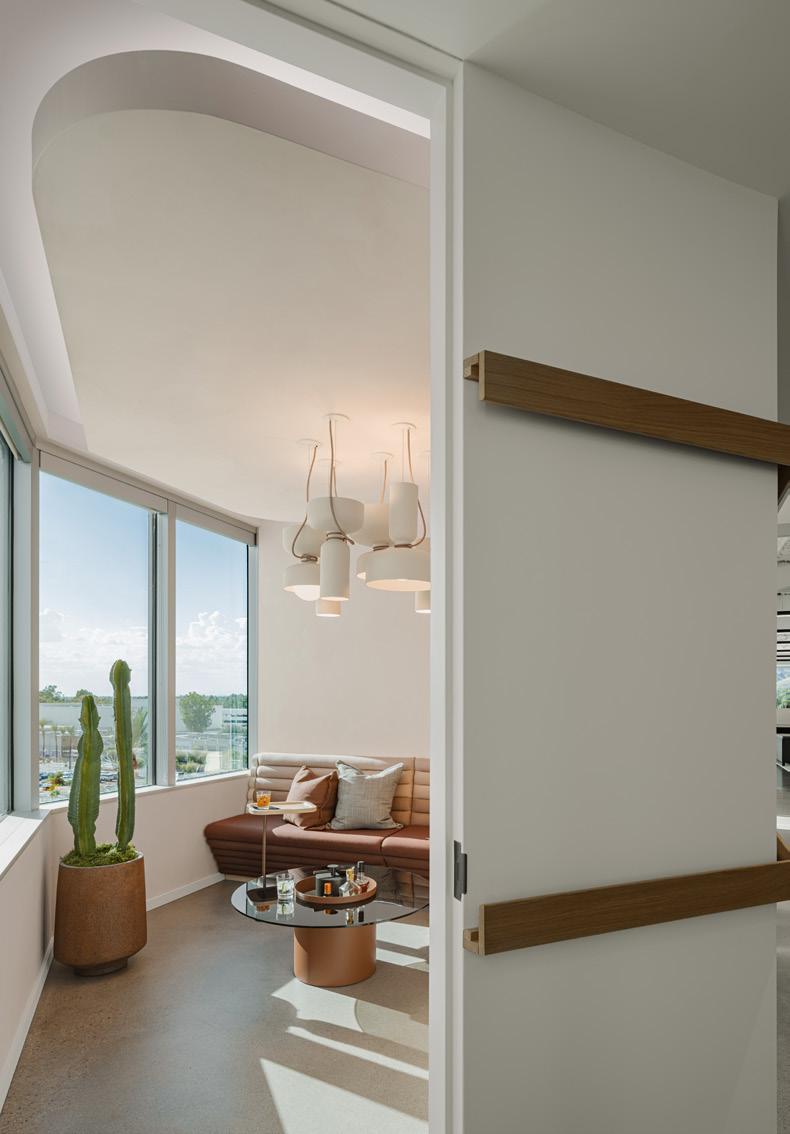
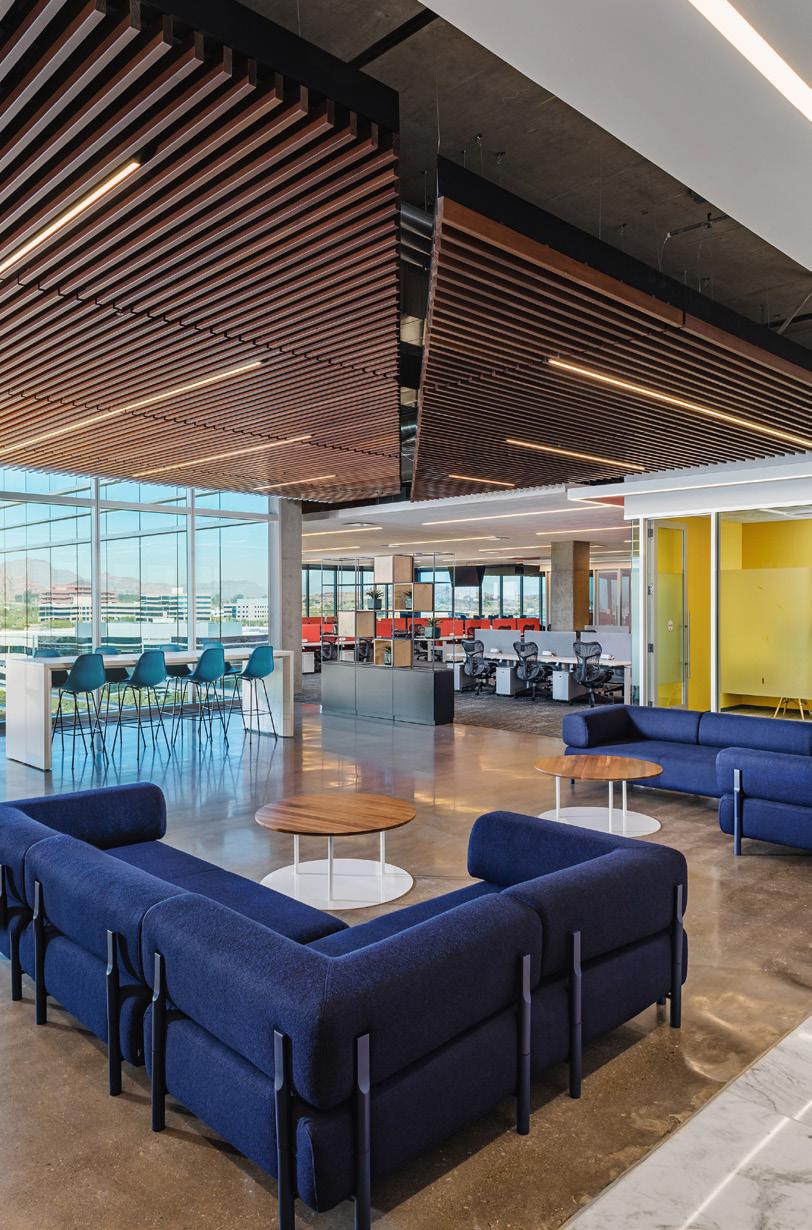
OWNER: Lincoln Property Company
GENERAL CONTRACTOR: Holder
Construction Company
ARCHITECT/DESIGNER: McCarthy Nordburg
LOCATION: 1033 W. Roosevelt Way, Tempe
SIZE: 356,500 square feet
START DATE: October 2019
COMPLETION DATE: October 2023
WHY IT’S AWESOME: The largest speculative office lease in Arizona history, this space established a single Arizona headquarters for DoorDash, spanning nine stories and creating up to 1,500 new jobs. Employees enjoy conference and huddle rooms, phone rooms, mother’s rooms and collaborative areas. Every other floor features a substantial kitchen and lounge, continuing the project’s floor-to-ceiling windows and copious natural light. This only adds to Grand2’s market-leading building, offering a 13,000-square-foot indoor/outdoor lobby and conference center, on-site gym, and 13,000-square-foot rooftop deck with shaded seating, game areas, sweeping views and catering amenities.
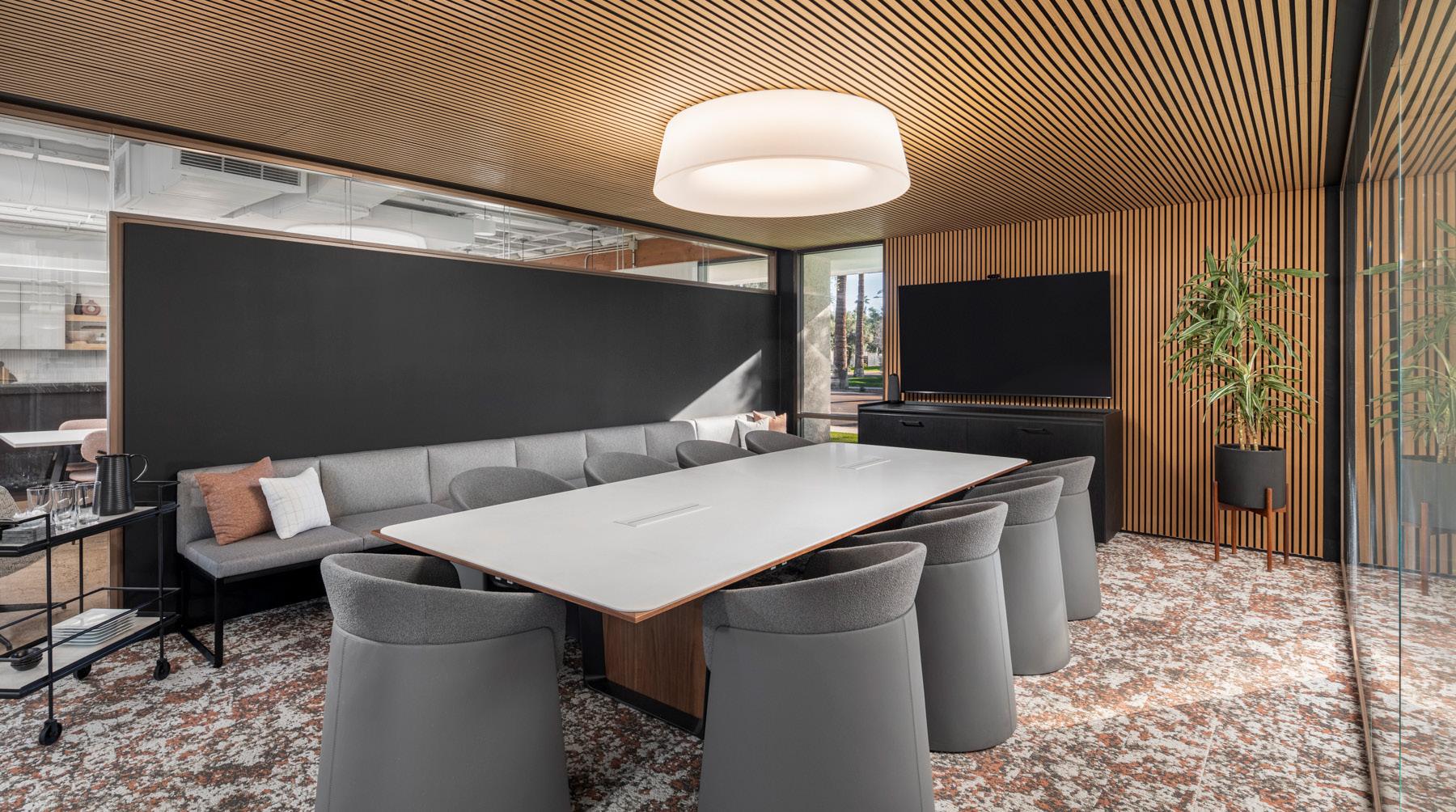
OWNER: Transact Commercial Interiors
GENERAL CONTRACTOR: Jokake
Construction
LOCATION: Phoenix
SIZE: 6,251 square feet
VALUE: $148,860
START DATE: July 2023
COMPLETION DATE: September 2024
WHY IT’S AWESOME: Partnering with local
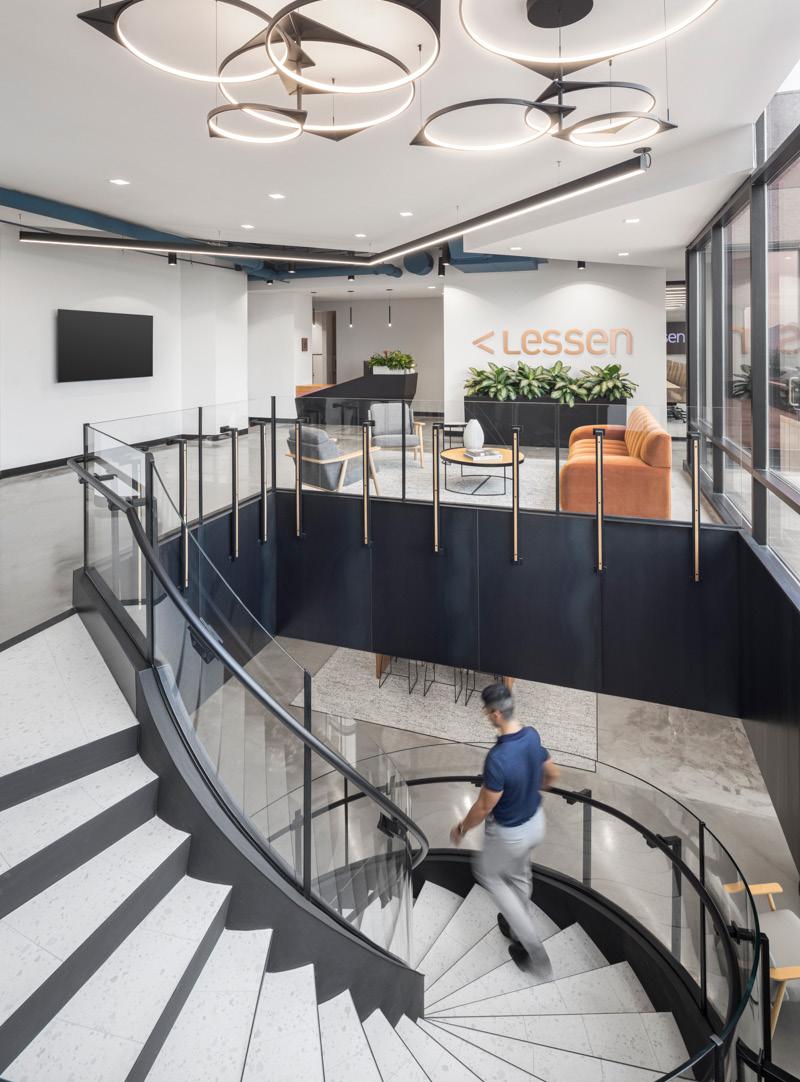
OWNER: Principal Real Estate Investors
GENERAL CONTRACTOR: Stevens-Leinweber
Construction, Inc.
furniture vendor Transact, the tenant improvement for its office included a complete demolition and build back of the space. Interior scope included significant electrical and data updates and refreshing the finishes and lighting to accommodate their new, updated modular furniture system. An exterior door was also enclosed to funnel clients through their main lobby showroom. Modular systems installed include glass fronts, curved glass, new modular desk systems and prefabricated millwork.
ARCHITECT/DESIGNER: Ware Malcomb
LOCATION: 4800 N. Scottsdale Rd., Scottsdale
SIZE: 42,000 square feet
BROKERAGE: Cushman & Wakefield | CBRE
START DATE: August 2022
COMPLETION DATE: March 2023
WHY IT’S AWESOME: This notable office interior is located on the top floors of Portales Corporate Center, perfect for a Class A office design emphasizing a crisp open feel and scenic views of Camelback Mountain. The two-story project mingles board rooms and training rooms, open and enclosed offices, lounges and breakrooms, a library, and an executive wing with a speakeasy-style amenity. The floors are connected by a steel-clad interior staircase that was renovated as part of SLC’s scope of work. Fixed planters, accent lighting, polished concrete floors and orange and blue palettes reflecting the company’s brand round out this dynamic space.

OWNER: LGE Design Build and Creation
GENERAL CONTRACTOR: LGE Design Build
ARCHITECT/DESIGNER: LGE Design Build
LOCATION: 1200 N. 52nd St, Phoenix
SIZE: 22,800 square feet
START DATE: August 2018
COMPLETION DATE: May 2019
WHY IT’S AWESOME: The 22,800-square-foot Phoenix headquarters of LGE and Creation is designed to be durable and sustainable for the arid desert climate. Once inside, warm industrial vibes meet a mixture of mid-century modern elements to create a comfortable, elevated environment for its more than 90 employees. Amenities include an open floor plan with numerous collaboration spaces and quiet phone pods; a large breakroom fully stocked with snacks along with iced coffee and two beers on tap; a 24-hour, 1,200-square-foot gym with a personal trainer; an interior library; and a variety of interior accents like ground concrete, specialty lighting and custom steel planting.




OWNER: RED Development
GENERAL CONTRACTOR: Stevens-Leinweber Construction, Inc.
ARCHITECT/DESIGNER: Lamar Johnson Collaborative
LOCATION: 4300 E. Camelback Road, Suite 300, Phoenix
SIZE: 48,000 square feet
VALUE: $175 TI cost per square foot
BROKERAGE: JLL
START DATE: October 2022
COMPLETION DATE: July 2023
WHY IT’S AWESOME: Designed to champion Clayco’s activity as a general contractor, design firm and developer, this expansive tenant improvement integrates private and open offices, enclosed and open collaboration hubs, an employee lounge, expandable café, spacious training room and resource library. Underscoring Clayco’s “Art & Science of Building” identity, the office also fosters innovation with a makerspace/mock-up area, 3D print station and VR room. High-end materials reflect the Southwest region while providing optimal function and immersive comfort set against panoramic views of Camelback Mountain.
OWNER: Southwest Experience Center, LLC
GENERAL CONTRACTOR: Stevens-Leinweber Construction, Inc.
ARCHITECT/DESIGNER: SPS + Architects
LOCATION: 8399 E. Hartford Dr., Scottsdale
SIZE: 32,713 square feet
VALUE: $22 million
START DATE: November 2022
COMPLETION DATE: July 2023
WHY IT’S AWESOME: Developed by visionary and Immedia CEO Jeff Emmons, the SWXC is not only a tenant improvement showplace for the CRE industry, it’s also the cool workplace for Immedia, a booming enterprise-centric tech company. In realizing his vision, Emmons brought dozens of industry partners and hundreds of manufacturers together to create a collaboration that is, on its own, an achievement. Featuring more than $9 million in furniture, fixtures and equipment, the SWXC sparks TI creativity across 14,000 square feet of workspaces, 17 state-of-the-art conference showrooms, hoteling/hybrid models and second floor event corridor with a bar, kitchen, patios and hidden speakeasy.

OWNER: Ashton Thomas
GENERAL CONTRACTOR: Jokake
ARCHITECT/DESIGNER: McCarthy Nordburg
LOCATION: Scottsdale
SIZE: 17,919 square feet
VALUE: $2,501,907
BROKERAGE: Cresa
START DATE: October 2023
COMPLETION DATE: April 2024
WHY IT’S AWESOME: Ashton Thomas built their Scottsdale headquarters

on the 2nd floor at Axis Raintree with lease negotiations performed by Cresa’s brokerage team. Cresa Project Management managed design and construction of the office servicing investment clients amid daily operations. Sound attenuation was important with scope including K13 acoustical ceiling and custom acoustical treatments. Design is open to deck with specialty lighting, custom artwork, and 10-foot high glass fronts. The stock trading room, designed to service clients, the room inspires a sense of competition, drive and success.
OWNER: Scott Roberts
GENERAL CONTRACTOR: Jokake
ARCHITECT/DESIGNER: STG Design
LOCATION: Scottsdale
SIZE: 7,475 square feet
VALUE: $980,264
START DATE: March 2024
COMPLETION DATE: July 2024
WHY IT’S AWESOME: Warm design like custom millwork and residential-inspired lighting balances work with a relaxed ambiance. Scope includes typical office features; however, the differentiator is the balance with natural light and views. Breakout areas, conference rooms and high-profile offices are perfectly situated to engage with the expansive views of the Scottsdale area. The collective design-buildowner team balanced the unique creative vision with expertise in execution.
OWNER: True Food Kitchen
GENERAL CONTRACTOR: Jokake
ARCHITECT/DESIGNER: RSP Architects
LOCATION: Scottsdale
SIZE: 18,521 square feet
VALUE: $3,085,657
BROKERAGE: Cresa
START DATE: November 2023
COMPLETION DATE: May 2024
WHY IT’S AWESOME: True Food Kitchen’s headquarters in Scottsdale blends office operations with a test kitchen. A kitchen was integrated to test new recipes and train new chefs. Coordination with Southwest Gas was critical to bring in natural gas, plus an exhaust and grease duct. An operable wall between the breakroom and kitchen can either separate or unite the spaces. Teams have access to a boardroom, conference rooms and traditional office spaces. High design details in the first-generation space include open ceilings and Teknion office fronts.


Experts from NAIOP offer an outlook for commercial real estate’s biggest sectors

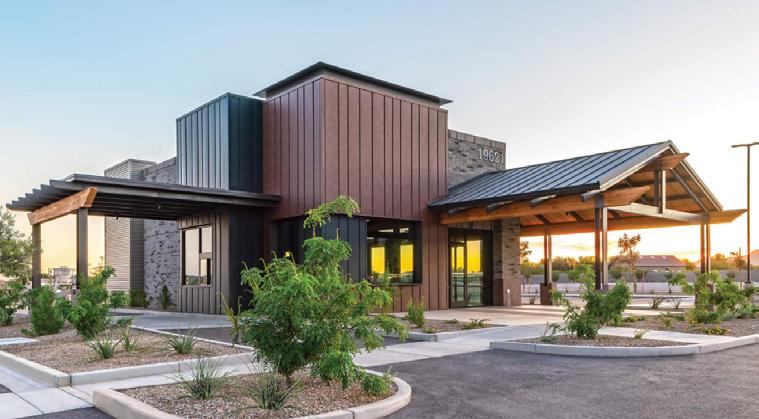



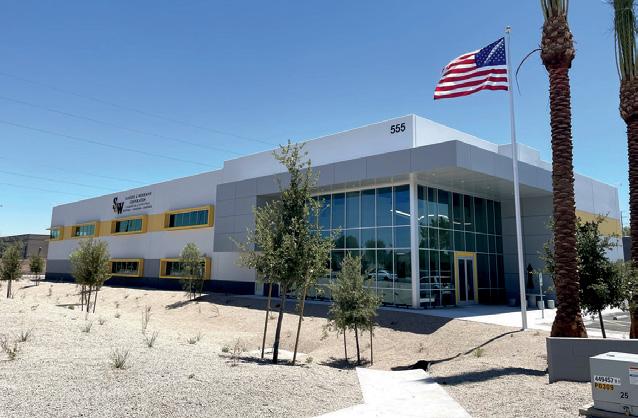




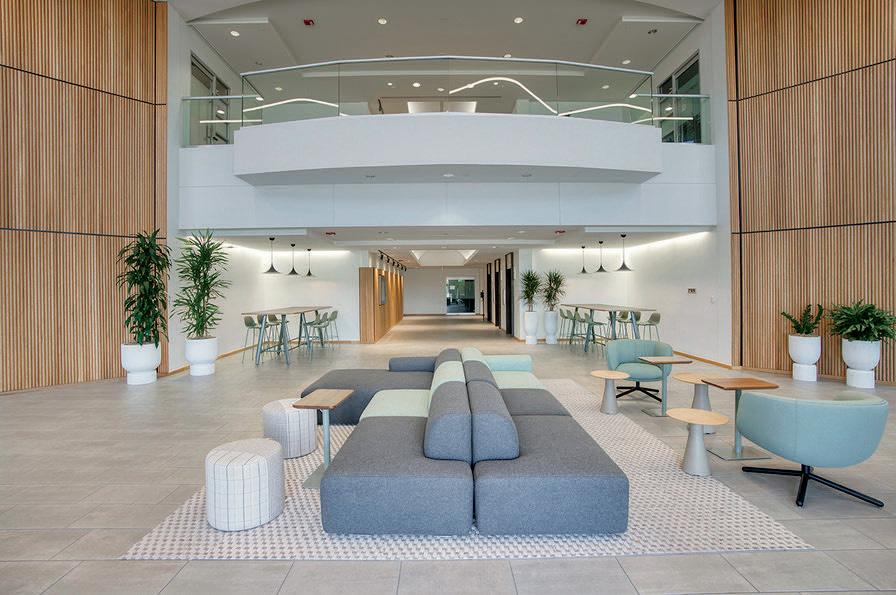



Sunstate’s wide selection of top-quality rental equipment, tools, and accessories maximize productivity — and minimize downtime. Whether it’s on-time delivery, around-the-clock local field support, expedient back-end processes, or one-hour lien releases, our solutions mean the difference between job done and job well done. ( 888 ) 456-4560
By KYLE BACKER
The commercial real estate market in Greater Phoenix has expanded in recent years, with some sectors outperforming others. With 2024 beginning to wane, AZRE magazine sat down with the following NAIOP members to learn more about their areas of expertise and what trends readers should be aware of:
• Margaret A. Lloyd, senior vice president, Plaza Companies
• Eric Termansen, founding partner, Western Retail Advisors
• Kelly Royle, vice president, JLL
• CJ Osbrink , executive managing director, Newmark
• Cindy Cooke, vice chair, Colliers
Responses have been edited for length and clarity.
AZRE: Margaret, what is the state of the medical office space?
Margaret Lloyd: It’s really robust and active right now — Phoenix is ranked No. 1 in the country for growth in medical office. In 2023, we leased more than 517,000 square feet, which was well beyond any other major market in the country. We’re down to about a 10% vacancy rate because of all the absorption in the last couple years. All levels of medical office, meaning Class A, Class B and even some Class C is leasing at this point.
There are still some challenges, mostly that there hasn’t been much new construction because of the costs of labor, materials and financing. It hasn’t been zero, but it’s very limited, which has led us to higher rents.
The reason for all this absorption is population growth, so it makes sense that medical is expanding in areas such as Queen Creek, San Tan Valley and Buckeye. There’s also been interest in North Phoenix and in the Laveen area as well.



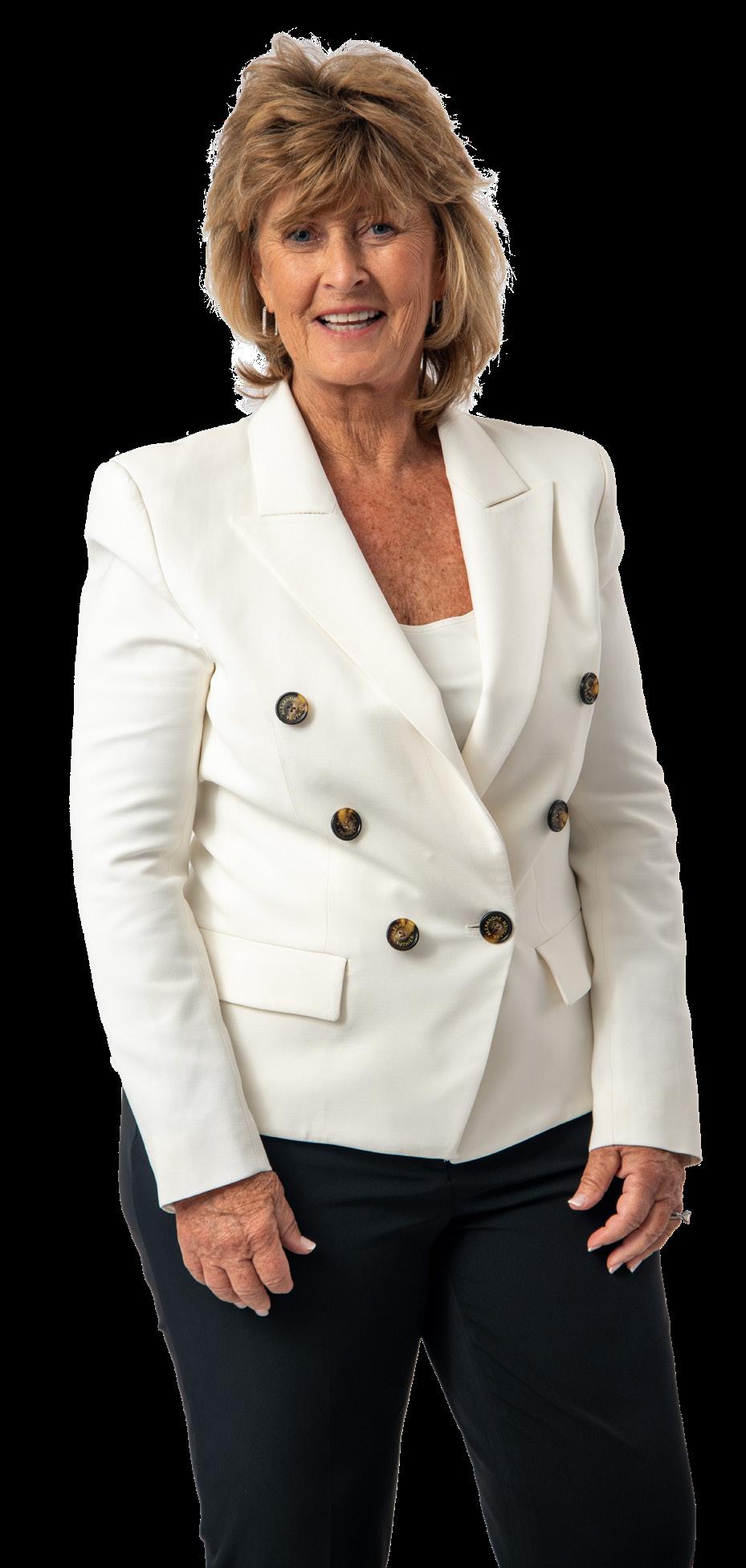
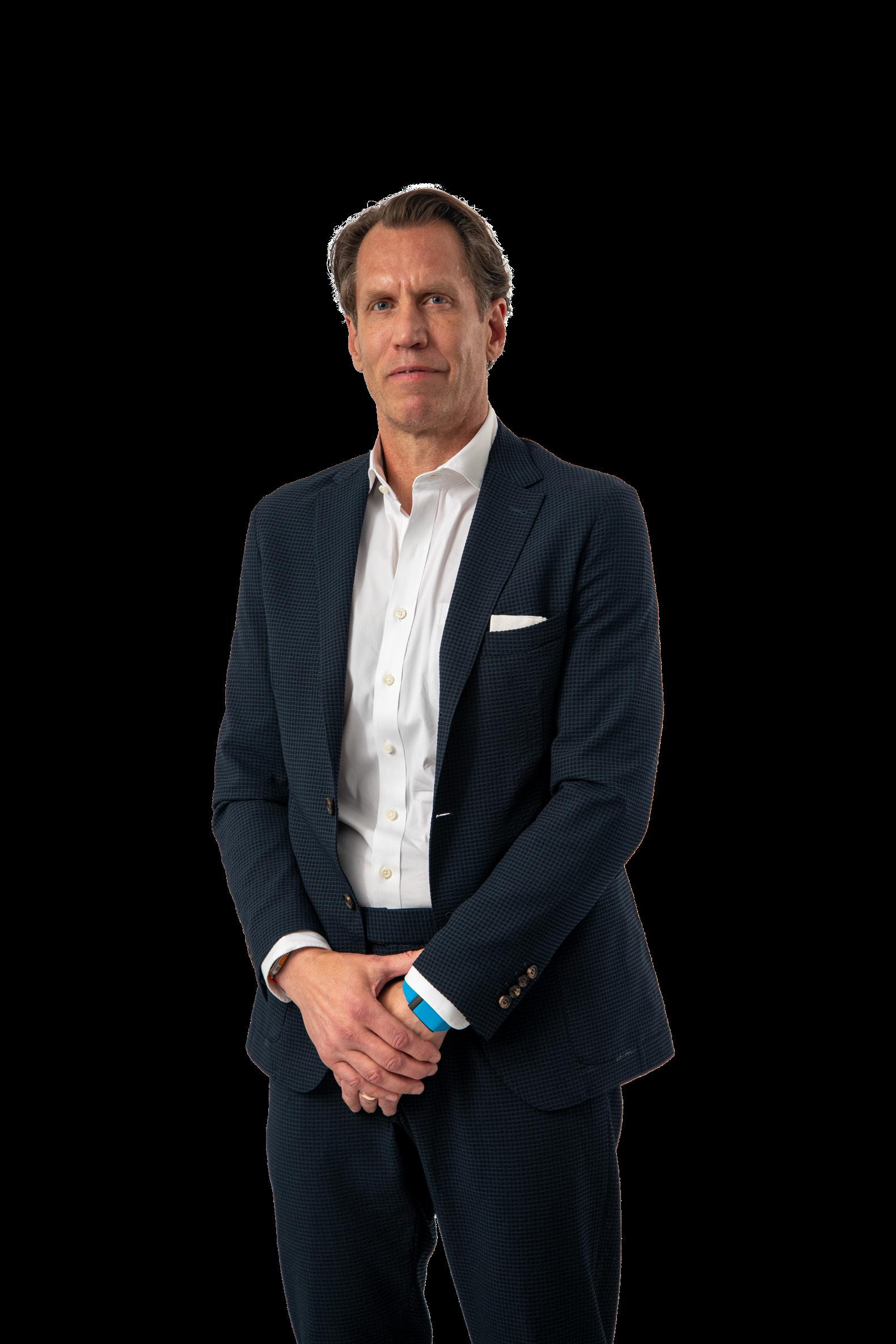
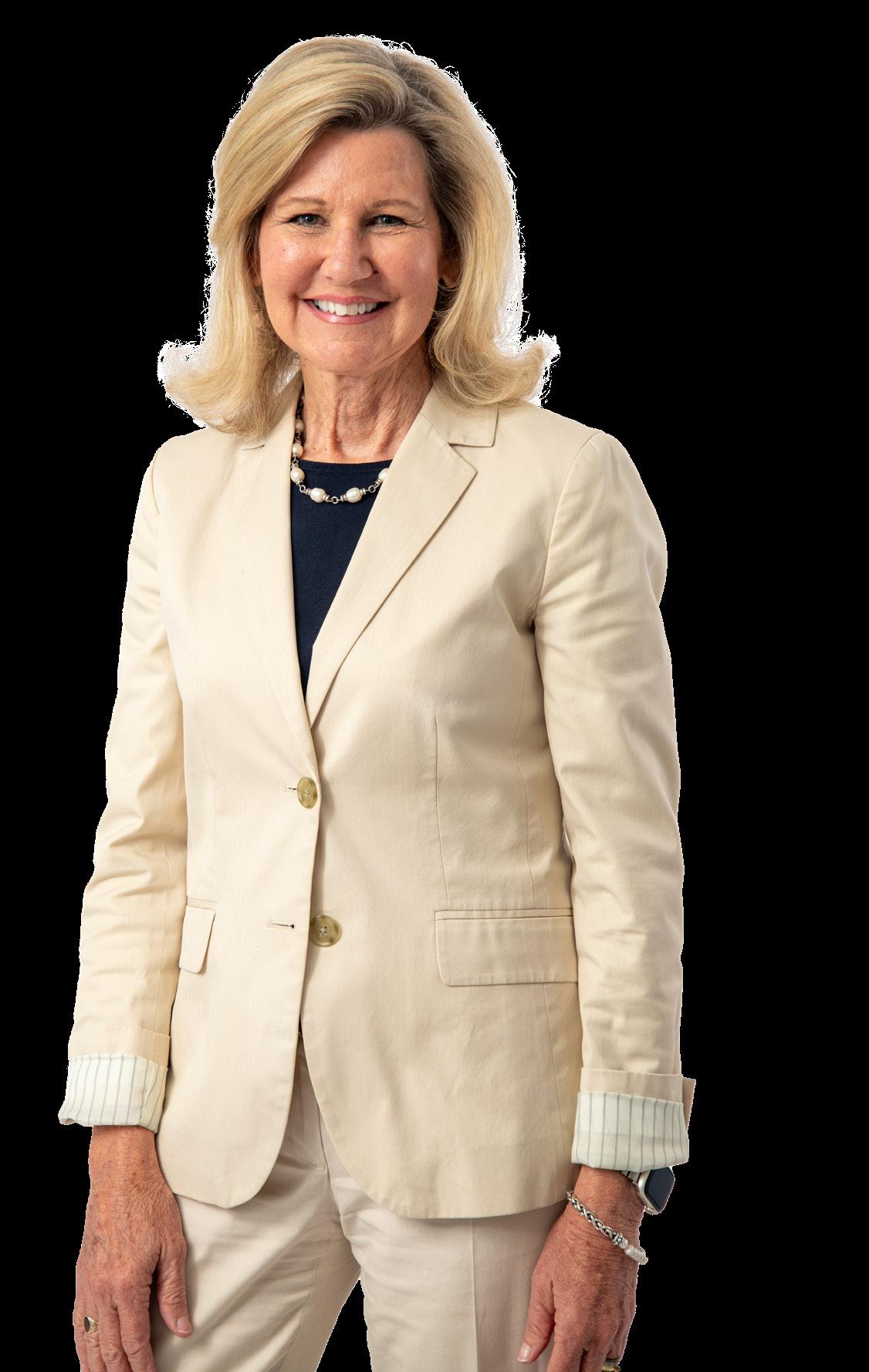



AZRE: What sort of medical products are being built in these growth areas?
ML: Interestingly, there’s a lot of activity in rehabilitation centers, behavioral health centers autism clinics, physical therapy and occupational therapy. Those users are taking anywhere from 8,000 to 12,000 square feet.
Our health systems are continuing to expand into the neighborhoods like they have for years now with primary care and multispecialty facilities, but also outpatient surgery center and micro hospitals.
AZRE: One trend that’s been talked about is converting traditional office space to medical office. Have you seen these happening in the market?
ML: It’s going to be very difficult, but not impossible. A few years ago, when retail centers had a lot of big space, everybody said, “Well, let’s put a medical facility in these retail centers.” That worked in a few instances. Retail is a bit easier to convert than office because it already comes with parking and typically has better-suited infrastructure.
A lot of office owners don’t understand how much it costs to put a medical tenant in a space, convert the
infrastructure or do whatever they need to do to make the building work for medical. Do you need more power because there’s an imaging tenant? Parking ratios are usually a lot less for office than what medical requires, so can you add parking? Certain things need to be in place to make it work.
But CJ and I were just talking, and he’s got an office that’s potentially being converted, so that’s why I never say never. There will be opportunities, but will they be abundant? Probably not.
CJ Osbrink: It’s true that a lot of office buildings today aren’t going to be office forever. There will be adaptive reuse, but Margaret mentioned a great point — cost. It’s so easy for us to say, “Oh, this would be perfect medical because it’s right on campus and it’s by the freeway.” But then you look at the costs involved, and it becomes clear that it’s easier discussed than to execute on.
AZRE: Since we’re talking about office, could you tell us about what you’re seeing in the market? How are investors looking at the sector in 2024?
CO: Just looking at the first half of this year, there have been 10 notable deals that have traded for more than $20 million, for a total of about $387
million. If you look at the total transactional landscape, there have been about 39 deals — roughly the same number of deals as last year — totaling $640 million.
What’s interesting is that a lot of those trades aren’t going to be office anymore, just like we were talking about. There are, however, some deals that are pure office plays and will remain office. We sold two of the only $50-million-plus deals this year, which were the Beam on Farmer in Tempe, and then also 24th At Camelback. Those are trophy offices.
I’m not a leasing broker, but from a tenant and investor perspective, it’s all about a flight to quality. That’s something you’re going to continue to hear because it’s true.
If you’re a tenant, you want your employees to be happy when they come back to the office. That’s something we’re battling every day — how do we get people back?
If you have an unamenitized office building, it’s tough.
Employees want to come back because there’s a gym, a conference center, nice high-quality finishes and a good company culture. That’s what will bring people back.
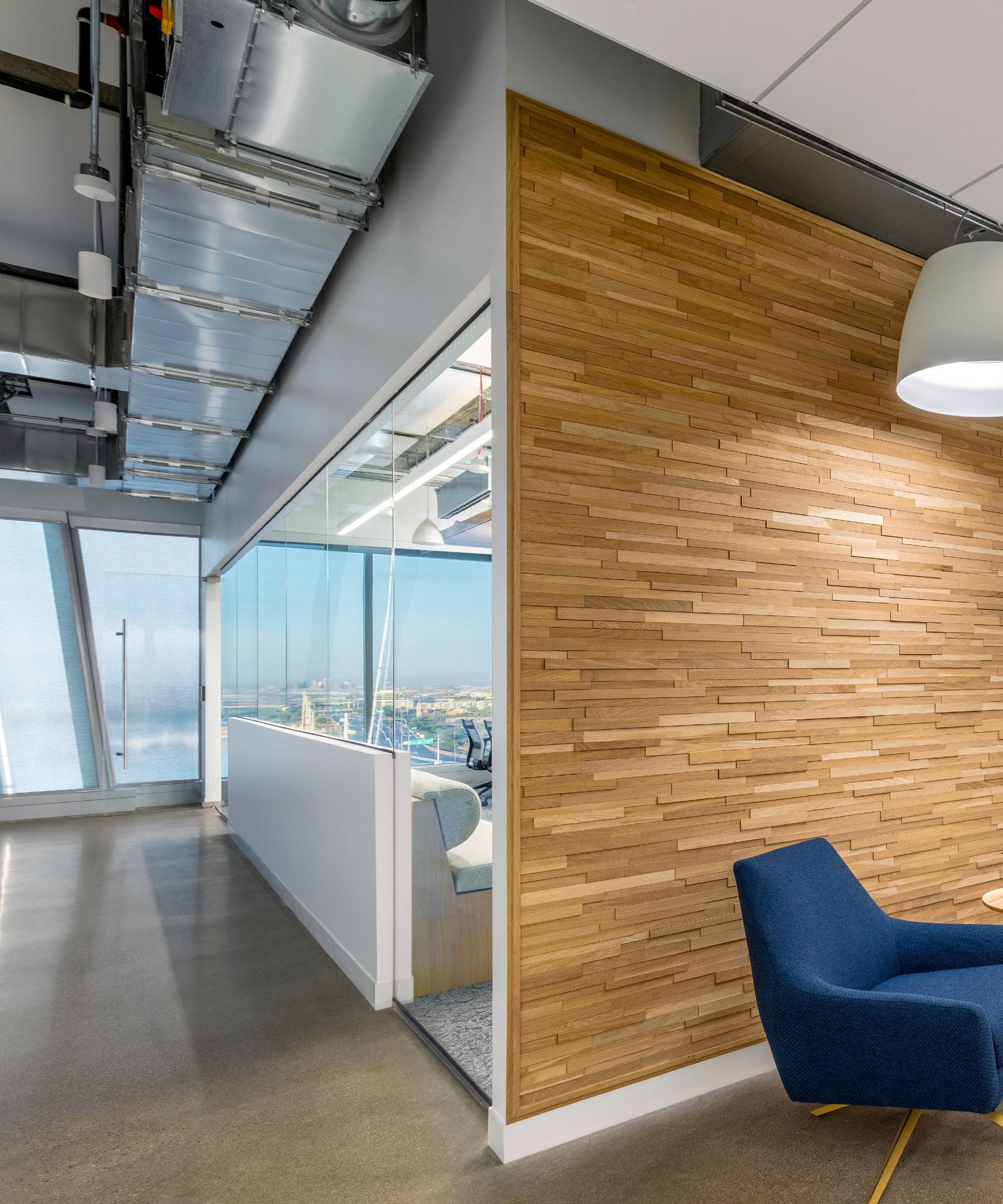
AZRE: Are you seeing a lot of activity in specific submarkets?
CO: Tempe, Camelback corridor and Scottsdale are the preferred areas for companies wanting to plant their flag in Arizona. That’s driving all the activity from tenant and investors. That’s where people want to be.
If you have trophy office on one end of the barbell, on the other side are the trainwrecks. Those trainwrecks would be lender-driven sales, deals that are heavily vacant and that’s where we are seeing activity believe it or not. We’ve got a 20-plus acre site that is currently multiple mostly vacant and tired office buildings. But it's a great land site. The group that is buying it plans to blade it and develop mid-bay industrial. Everything between the two ends of the barbell is really quiet right now.
AZRE: Will older offices getting torn down for other product types have a long-term effect on supply that could be an issue?
CO: Offices users are not going after those types of office properties — when you’re coming back to the office, you’re not looking at Class B or Class C office long term. So those buildings will sit vacant for a long time unless someone redevelops them or tears them down and turns them into something that’s a higher and better use, whether that’s something like industrial or multifamily.
It’s hard to predict what will happen in the future, but I think generally, we all feel good about the return to office. Some companies are mandating a return to the office for three days a week. They’re seeing more productivity and a boost to employee morale, because it’s a lot easier to spitball ideas in person than on the phone.
I consider this situation similar to what we’ve seen in retail. You have omnichannel retail, which is a combination of bricks and mortar and e-commerce. That’s what you’ll see with office, so you’ll be able to have some employees who work from home a couple days of the week, and still have access to the culture of the company at the office. There’s a way to do both. Going back to the original question on supply, it’s going to adjust. Some
office will be scraped, so we will reduce our footprint, but at the same time, as tenants come back and they expand, or they decide they want to be in Phoenix, you’ll see that excess inventory start to get gobbled up and vacancy rates will drop with it.
AZRE: Can you bring us up to speed on the multifamily market?
Cindy Cooke: Multifamily was a hot commodity in 2020 through 2022, but it has been the quietest of all segments in 2023 and 2024. Part of that is new construction. Interest rates moved and that changed cap rates. Everybody was pretty healthy before that happened, so they’ve been on a pause. We’ve got about 30,000 units being delivered this year, and another 25,000 in 2025. There’s hardly anything coming in 2025, only about 5,000 units.
Our absorption is great — we’re at about 20,000 units absorbed this year. The future look bright, it’s just getting through that pipeline of construction, and we’re making headway.
To me, what’s missing is the condo market. That got hit with latent defect laws, so nobody has been really converting apartments to condos, whereas last cycle that was the case. That’s a piece of what’s missing regarding affordability.
AZRE: Any other multifamily trends we should be watching?
CC: We’ve seen a lot more build-torent communities, which are attractive for single parents. But those projects require a lot of land so they tend to be on the outskirts of town.
Overall, cap rates have leveled off, but our fundamentals are still soft. Our expenses have gone up, but that might change now that unemployment is going up, so we may be able to lower some of the payroll. But insurance is double what it was five years ago. We’re seeing bad debt, concessions and rents have gone down about 6% since the peak.
To me, this is when great wealth is made — when buyers come in and say, “I like the overall growth of Phoenix, and now I’m able to buy at a price that doesn’t seem frothy.”
AZRE: How are things looking in the retail market now that we’re a few years out from the pandemic?
Eric Termansen: The pandemic ended up taking a whole bunch of things that were going to happen to the sector over the next decade or so and did it in about 18 months. What became clear was that people want the socialization and the environment. Retailers also did a nice job of adapting and giving people lots of choices.
I think we’re going to see a continual change, and retailers will become much more educated about their consumers with all the data they have available, whether it’s through geofencing in the stores, loyalty programs and even communicating with their landlords on the traffic in shopping centers. All of those tools are going to make the retail experience better, even if it does a feel a bit like Big Brother.
AZRE: How else has retail evolved?
ET: Retail is much more about food and much less about the department store now. When I grew up in the retail industry, regional malls and department stores dominated. The next big thing was the move to Walmart Supercenters and Targets.
Today, as department stores are failing, you’re only going to have a few strong players in the long term. In 20 years, Phoenix may only have one enclosed mall — my bet is Scottsdale Fashion Square. The others are fantastic pieces of real estate that will have to continue to evolve and add different uses.
If you look at the old Sears building at Arrowhead Mall, that’s going to be an Asian-focused grocer with an entertainment use on the second floor, so it’s going to be completely different than what it was and hopefully attract a different customer there.
I’d also add that we should not underestimate the change that’s happened with drive-thru food. Nine out of 10 food users want a drive-thru because of what it does to supercharge their sales. Starbucks often doubles their sales when they have a drive-thru option. That’s going to be an interesting trend to watch.
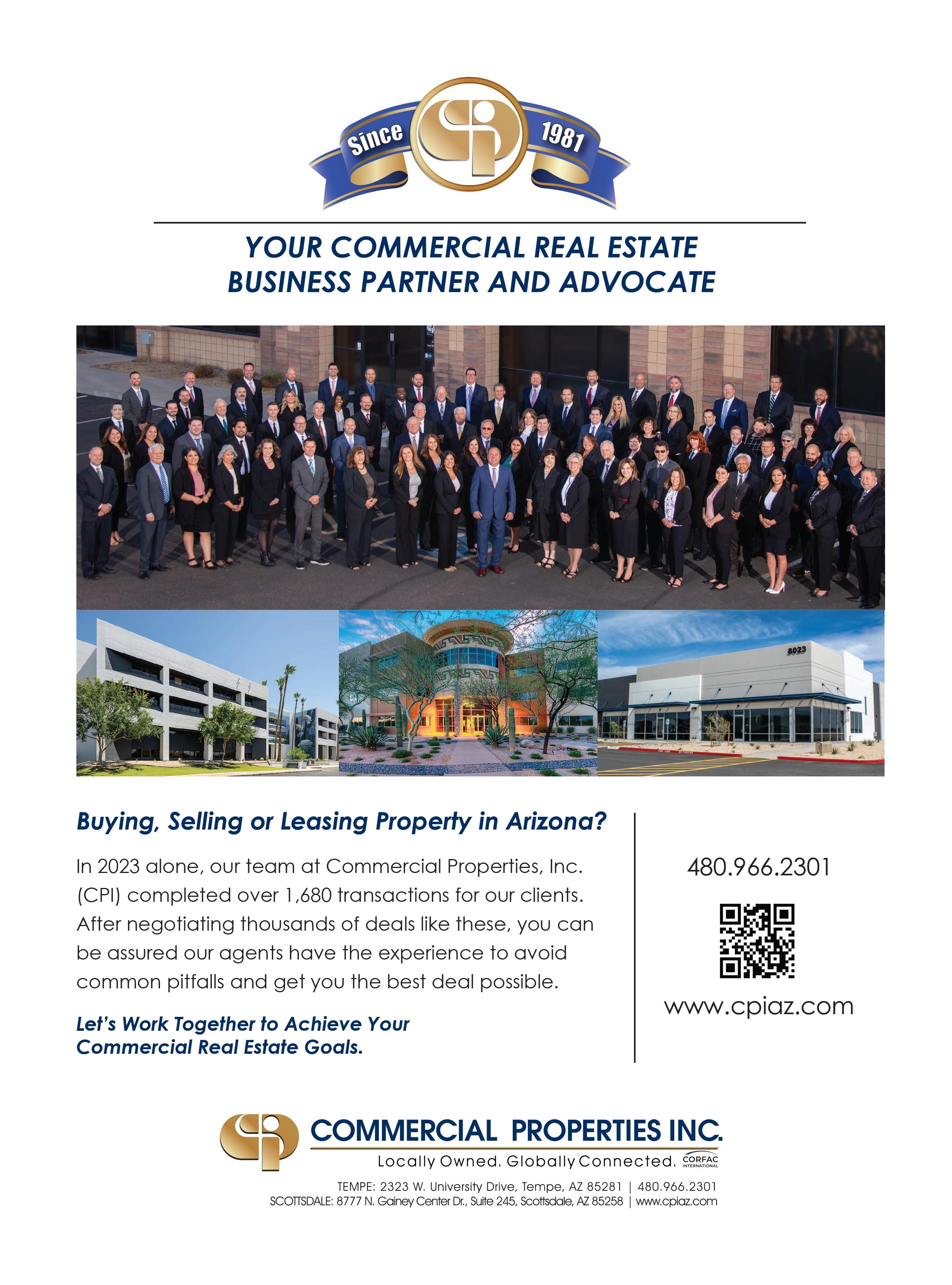
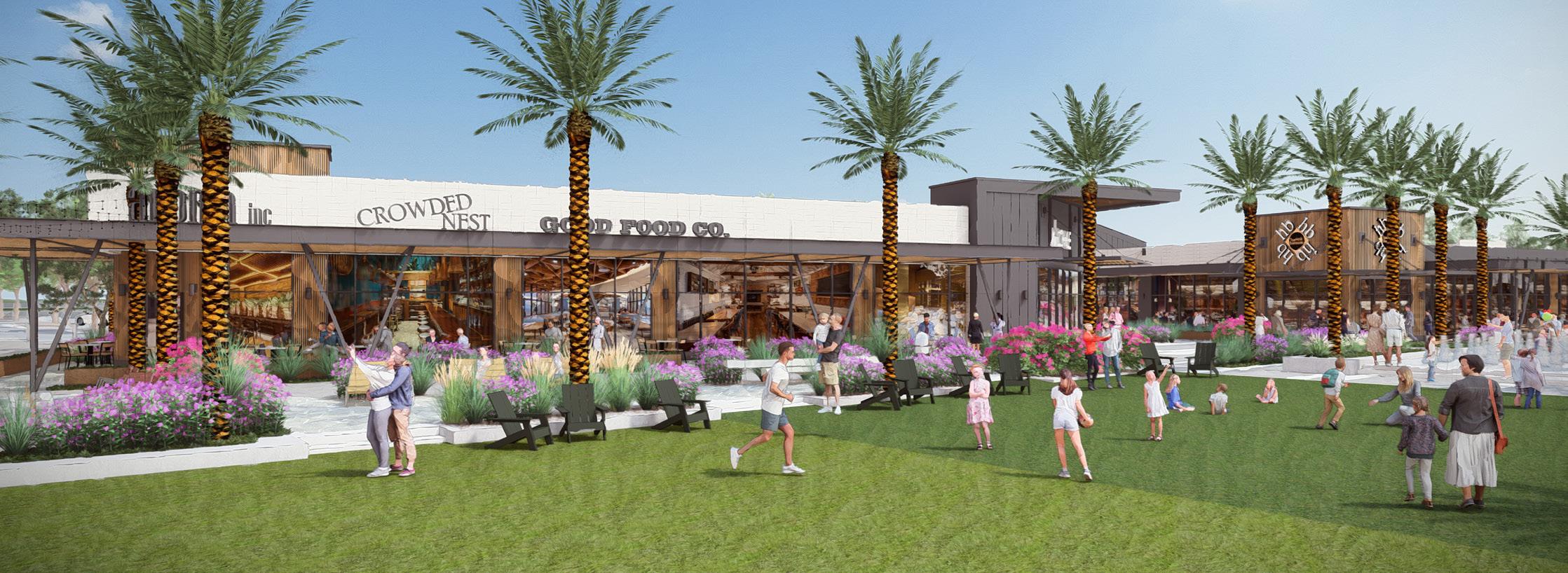
RISING IN THE WEST: Verrado Marketplace in Buckeye is a $275 million, 500,000-square-foot project that will be anchored by Target, Harkins BackLot, Safeway, Marshalls, Ross and HomeGoods. (Rendering provided by Vestar)
AZRE: Experiential retail is a buzz word that gets thrown around a lot. Is that something you’re seeing?
ET: That’s a small portion of retail, but I think retail overall is a social experience. If you go to a mall on the weekend, you see young people hanging out and shopping, which is not terribly different than what happened in my childhood. It’s less about what the retailers are doing to make it experiential, but the human connection that people are having by being together.
AZRE: Could you share what’s been happening in industrial?
Kelly Royle: It’s no secret that the vacancy rate has gone up a little bit Valley wide — we’re sitting at about 11% right now. The pandemic changed our business, but we’re starting to see that level out as companies start to right size, whether they’re downsizing or expanding.
To put everything in perspective, there’s a little over 400 million square feet of industrial, with another 32 million square feet under construction. That’s actually down from where we were in 2022 going into 2024 when we had a lot of product under construction and that was ultimately delivered.
We’re still preleasing buildings, maybe not at 50% like we were during the pandemic when people were scrambling for space, so that has settled down. We’re preleasing at about 35%.
AZRE: What some of the trends in industrial?
KR: There’s been a big push towards delivering products rent ready. We’re seeing a big push for 100% HVAC now in the building, and that’s for employee retention. During the pandemic, buildings were leased in shell condition and the tenant came in and made improvements, but that has changed.
Some tenants will come to tour when their timing to sign a lease isn’t even until Q1 or Q2 of next year, but they won’t even look at a building that’s just broke ground or is halfway done that could still hit their timeline. For them it’s the risk.
AZRE: Can you talk more about how tenants are thinking about risk?
KR: COVID-19 disrupted the construction industry like long lead on items. Companies can’t take on that risk that the space won’t be ready when it supposed to be. The broker wants to touch it and see it.
AZRE: Tell us more about tenants’ size requirements.
KR: I specialize specifically in the West Valley and we have a lot of midbay and big box buildings, but not a lot smaller industrial space that’s available today or even in the future. Tenants who need 5,000 to 15,000 square feet unfortunately don’t have a lot of options, and that’s the vacancy.
When you peel back the onion with 11% vacancy rate, the smaller products are closer to 5%.
Generally, we’re seeing a lot more manufacturing requirements. I’m hearing now that “power is the new parking.” A lot of developers are including more power and assuming that tenants will need it, not only for 100% HVAC, but also their forklifts and material handling equipment they’re using. A true manufacturer may need upwards of a megawatt of power.
We’re still getting looks from all sorts of companies who want to come into our market, which has been nice. It’s no secret that Amazon took down 3 million square feet in the West Valley during Q1, so that pushed up our numbers, and similar brands are looking at Phoenix.
AZRE: Is there still a lot of interest from California companies?
KR: We see a lot of businesses from California looking to either expand here or completely relocate out of California. At one point, about 50% of all new leases were from California, but that number is down to 20% to 30% but there’s a lot of landlords in the Inland Empire with vacancy in the under 300,000 square feet category. The delta between Phoenix and some places in California isn’t as big as it was.





By KYLE BACKER
In 2017, Suzanne Kinney stepped into the role of president and CEO of NAIOP Arizona, taking the reins of one of the largest chapters in the country. Since then, NAIOP Arizona has continued to grow, engaging more sectors within the commercial real estate industry and expanding its membership.
AZRE magazine sat down with Kinney to discuss the reasons behind NAIOP Arizona’s success, what it does on behalf of the industry and how it’s engaging the next generation of leaders. The following responses have been edited for length and clarity.




AZRE: What has made the Arizona chapter of NAIOP one of the best in the nation?
Suzanne Kinney: I would start by saying that we listen to our members to make sure we’re in tune with meeting their needs as they change over time. We’re very much a member driven association, so having active participation from our members is key to putting together the programming, the events and the political advocacy.
For the past several years, we’ve focused on modernizing and professionalizing the association, so the member experience is consistent, reliable and of high quality. That has contributed a lot to the success of our organization.
AZRE: You mentioned the importance of listening to members. How do you collect that feedback?
SK: Between the staff and our board of directors, we make the effort to meet with our members to understand how things are going for them, what their needs are, what their pain points are and how we as an association can help with that.
Our committees are another avenue for listening to members. An example of that is a year and a half ago, we started our multifamily committee, which was brand new for us as an organization. We spent the first six months engaged in a dialogue with members who are developers, brokers and otherwise focused on multifamily to understand what was going on. We learned there were a ton of challenges related to zoning and permitting at the city level.
That’s an area where we can gather input from our members and communicate that to city officials and staff to show it’s not something project specific, but a broader challenge. Our committees are a great way we can get feedback and then try to implement it.
Our chapter is known for creating an environment where connections can be made and fostered over time.
– Suzanne Kinney
AZRE: NAIOP has three guiding principles — connect, advocate and learn. Let’s go through each of these, starting with “connect.” Why is networking so important for this business?
SK: Our chapter is known for creating an environment where connections can be made and fostered over time. When I talk to cohorts of young professionals, I enjoy hearing stories about people who got involved in our Developing Leaders program early in their career, created a peer network that spanned different functions within the industry and grew alongside that peer network. Having a group of people to call on when they have questions and get referrals from is rewarding to hear about.
We also facilitate opportunities for our Developing Leaders to meet with senior level executives that they might not otherwise have the opportunity to talk with. NAIOP opens the door for people early in their career to get to know the experts in the industry they might not otherwise get to meet. We’ve also found there is a desire amongst our senior level members to share their knowledge with the younger generations.
AZRE: The second point is “advocate.” How is NAIOP involved with legislative affairs?
SK: We are organized as a 501(c)(6), which means that we can lobby as much as we want and need, which makes us unique in the association space. We’re the only organization that exclusively represents private development and advocates at all levels of government and that’s a critical piece of the value we provide our members.
We’re active with the state legislature, the governor’s office and state agencies that impact our industry. We’re also engaged at the federal level with Arizona’s congressional delegation, and now more often at the local level as well. There are a range of challenges, like meeting our energy needs, that we’re starting to experience and we want to make sure that commercial real estate is well represented in these important conversations that are taking place.
AZRE: Last but not least is “learn.” Can you talk about the educational opportunities available to members?
SK: We provide a lot of value in this space. Most of the year, we’ll have two programs that fall under the education umbrella per month that span a wide range of topics. Some are real estate focused, such as financing and lending. Others are addressing broader issues that impact the industry.
We’ve also incorporated our programming for the retail, multifamily and DEI committees within our larger education umbrella. These are areas where committee involvement is really important because committee members will come up with ideas for topics, as well as speakers who can share their knowledge on these topics. We also build networking into all of these events as well, so “connect” and “learn” are closely intertwined.
We’re also excited that we’re relaunching our Young Professionals group, our premier mentorship program, in 2025. The goal is to elevate the program so it becomes an even more enriching experience for Developing Leaders who participate. More to come on that, but it’s a big focus for us right now.
AZRE: Can you talk about the relationship that NAIOP has with ASU and UArizona?
SK: We have two programs with ASU. The first is a long-standing partnership with the Master of Real Estate Development Program, or MRED. Each semester, NAIOP puts on a practicum where we have an actual project that’s selected, and everyone involved in that project comes to the MRED class to teach about their piece of that project, including the developer, contractor, design professionals, broker and so on. It’s an amazing program and our members are eager to hire those MRED graduates because they are so qualified upon graduation.
At the undergraduate level, we’ve worked with the Hispanic Business Students Association as a sponsor. The signature program we put on with them is an annual workshop where we bring in four or five of our members who talk about different career paths in commercial real estate to introduce students to what’s available in terms of careers.
The third program we have is with the University of Arizona and its Commercial Real Estate Club within the Eller College of Management. The club is a group of 25 or so members, and we host them each year on their road trip up to Phoenix. We set up a full day of meetings with NAIOP members, so students typically go to six different companies to learn more about what that business does, how they work, projects they’re working on and what they’re looking for when they hire employees out of college.


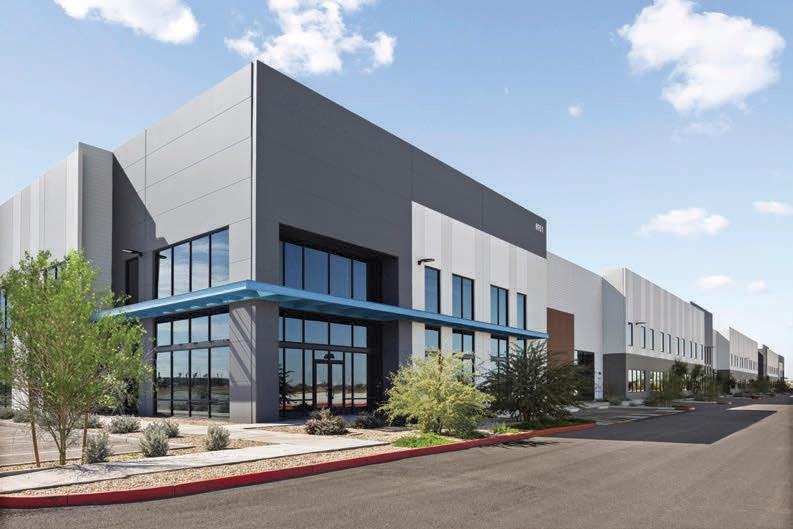
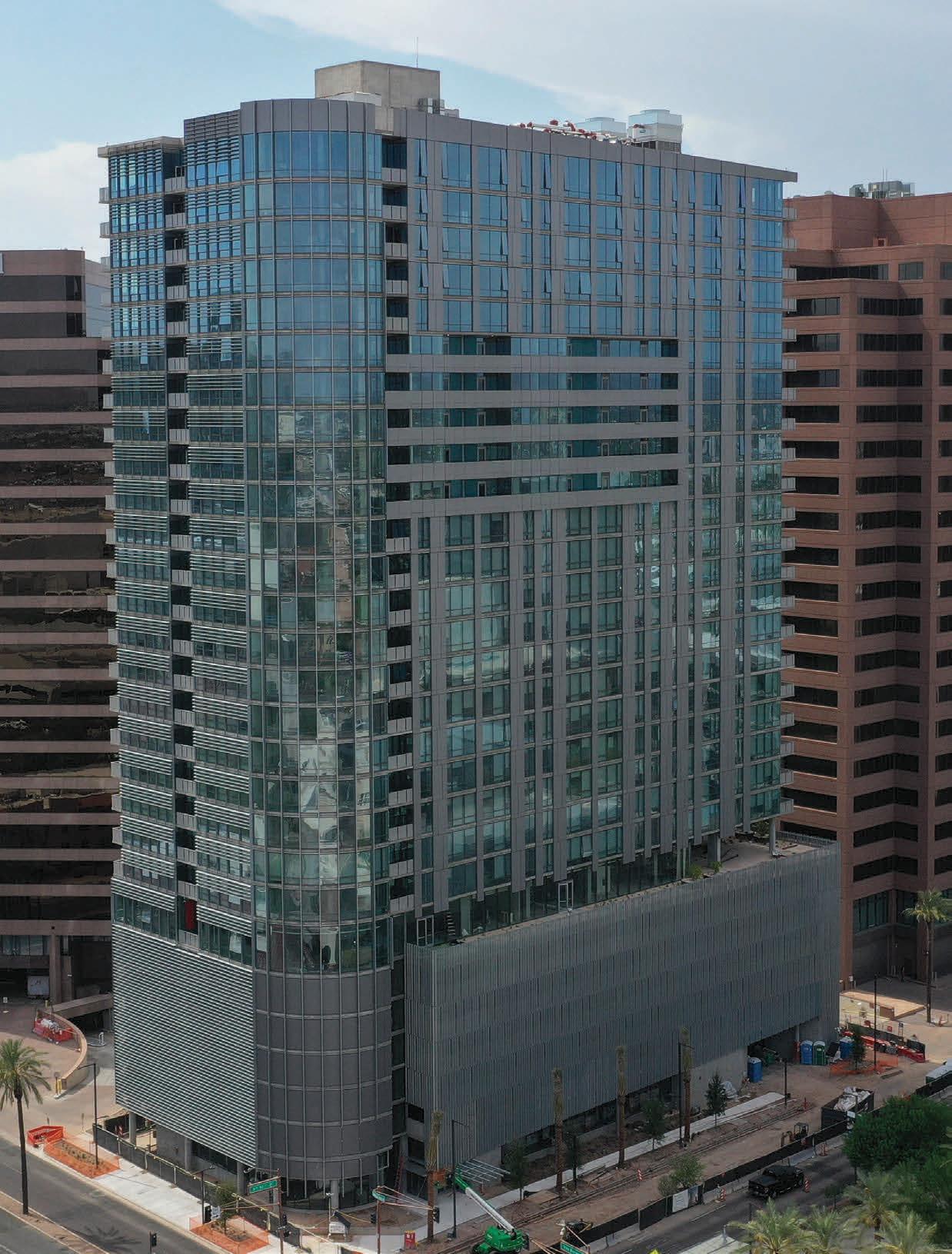
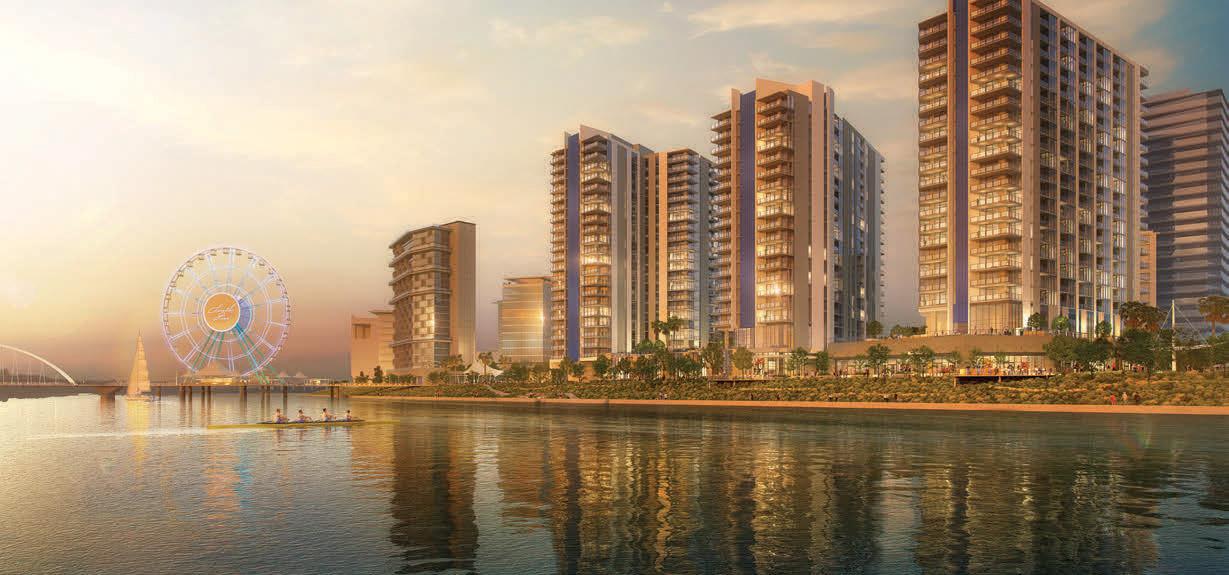


To do more than build. To create. To innovate. And to do it with a holistic, intelligent balance of art and science that’s unmatched anywhere. We see our work through the eyes of the people who will use them every day. Through their eyes, we see places of entertainment, education, innovation, technology, healing and research. The result? Powerful structures with impacts that reach far beyond these walls.

Being new to any career can be intimidating, especially in a field such as commercial real estate with all its intricacies. That’s why NAIOP created its Developing Leaders program for professionals under 35 to connect these upand-comers with one another and senior leaders within the industry.
“One of the biggest risks a lot of professional associations face is keeping up with the changing times,” explains Suzanne Kinney, president and CEO of NAIOP Arizona. “Half of our new members are in the Developing Leaders category, meaning 35 and under. At the same time, we’re retaining senior level executives with decades of deep expertise, while also attracting younger professionals who see NAIOP as the preeminent organization to grow their careers and be successful.”
Learn more about the experiences of four of these Developing Leaders in the pages that follow.
Casey Koziol
After graduating from the University of Arizona in 2019, Koziol wanted to move back to his hometown — Phoenix — and get involved in the commercial real estate world. He ended up cold calling a handful of contacts he received from a family friend, and ended up connecting well with his current boss, starting at Colliers in the summer of 2019 working in research.
“I was only working there for a couple months before COVID hit, and we all had to work from home,” Koziol says. “In this industry, you need to meet a lot of people and pick their brains, and [the pandemic] eliminated my ability to do that. So, I was more focused on our research reports for industrial and office properties and got a good gist for what those entail.”
Once everyone started returning to the office, Koziol transitioned to a program where he would work on different product teams every three months, landing in the industrial team. He also got involved with NAIOP, meeting folks from different firms and in other asset types.
“I started developing relationships with those people, and then got involved with events and volunteering,” Koziol continues. “After being involved with Developing Leaders, I applied to the Young Professionals Group in 2023, which was instrumental to my growth.”
Admittance to the Young Professionals Group is selective, with about 30 Developing Leaders accepted for each class. Koziol explains that everyone is broken up into teams of four or five and given a real-life scenario.
“You’re in charge of a piece of land, and I was partnered with another broker, an architect and a construction guy. We had a mentor too who is part of a developer group,” he continues. “We had to put together what we would develop on that land, what our cost analysis would be, put together a pro forma and pitch it to a group of ‘investors.’ Our group ended up winning the case competition.”
Koziol still connects with his teammates on that project, which he says is a huge benefit for the programs.
“Once you’re in this business, it feels like you’re drinking out of a fire hose, but it really helps meeting with people who are dealing with similar situations and trying to get their start in the industry,” he concludes. “30 years down the road, this group will be the folks I’ll be able to call on to talk about a project or give business to.”
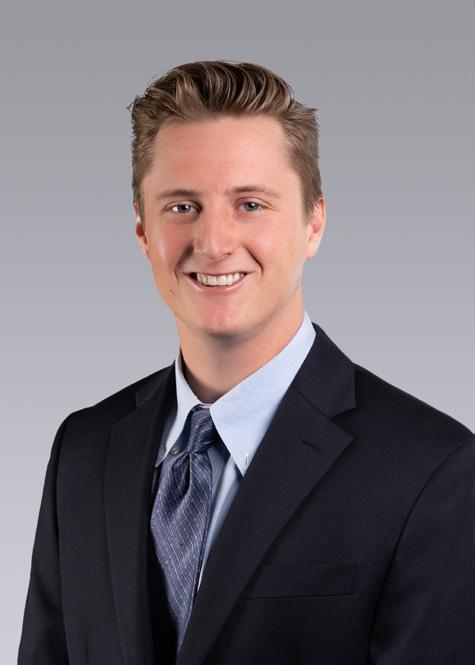
Erika Eckblad Senior associate // Cushman & Wakefield
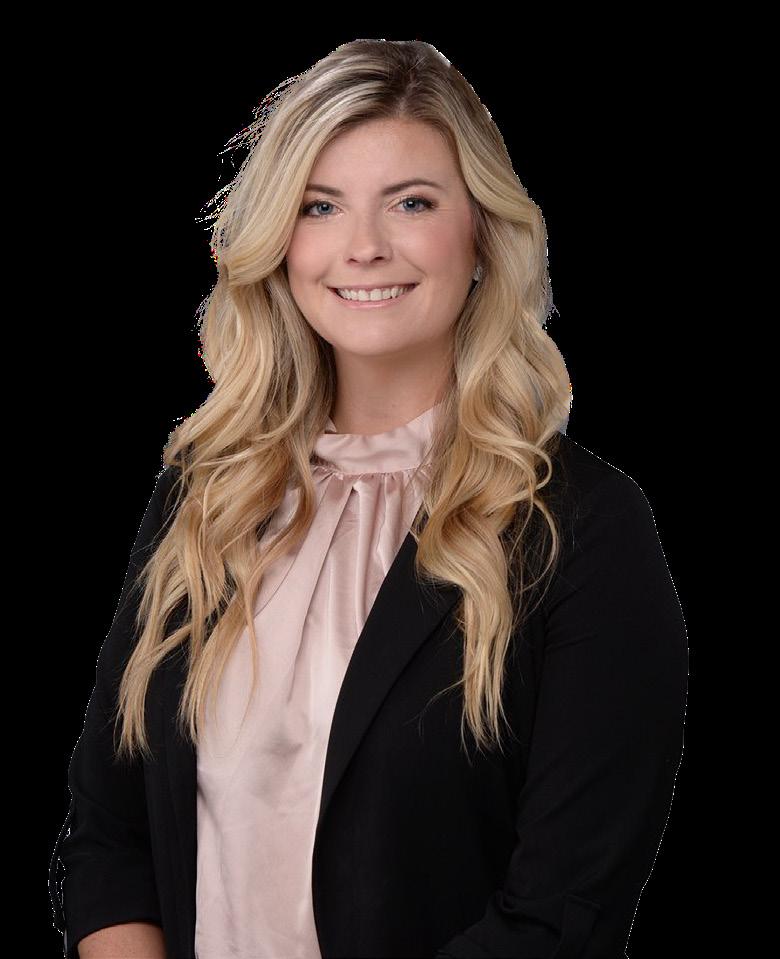
A native of Michigan, Eckblad moved to Phoenix in 2017, eventually landing at Cushman & Wakefield on its healthcare team. Prior to her current position, Eckblad worked in property management and the skills she learned there have been an asset to her as a broker. Since Eckblad moved to the Valley as an adult, she says that being a part of NAIOP is a great way to meet people, especially through the Developing Leaders program.
“I wanted to meet individuals close to my age that want to be successful and are focused on making that happen,” she says. “That’s why I got involved. It’s a great way to open your mind to the different groups within the industry and bridge the gap on a lot of different jobs.”
Today, she’s the co-chair of the educational committee, which hosts site tours of new developments around the Valley and sets up panels with luminaries in the industry to hear their insights.
“Right now, we’re planning a panel on how to be successful during a downturn,” Eckblad says. “A lot of people my age didn’t feel the full force of the last downturn, because it was in 2008 and I was still in high school, but others in our industry remember that time and can provide tips on how to thrive in that environment.”
The last tour the committee arranged was for the Ceasers Republic Hotel in Scottsdale, where attendees heard about the challenges of getting that project finished. Seeing properties outside your specialty, Eckblad says, is beneficial because it broadens a broker’s knowledge of the Valley.
The value of participation in NAIOP is well worth the time commitment, which Eckblad says is reasonable.
“In this industry, you spend a lot of time focused on your job, and the extra few hours spent growing and learning is priceless,” she concludes. “I’m happy to do it and really enjoy it. It can be scary to get involved, but I always push people to join committees even if they don’t think they know what they’re doing. There are lots of people who are willing to help. Don’t be intimidated by it.”
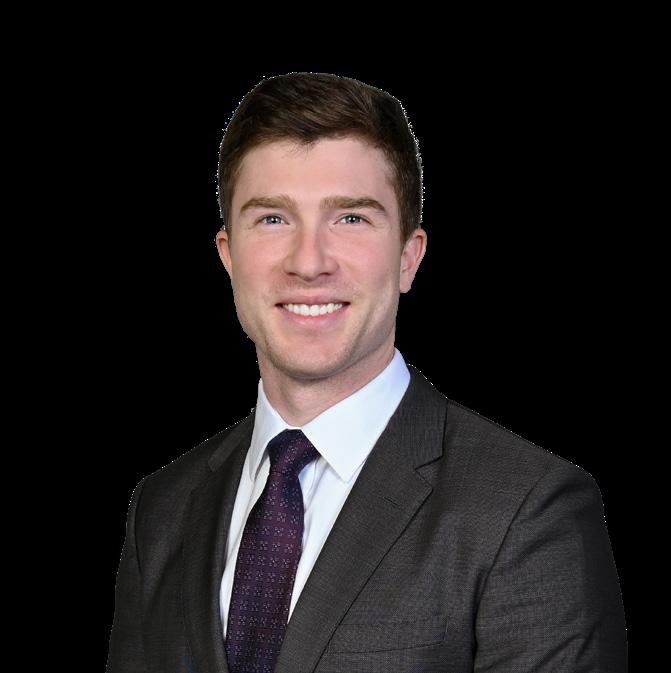
For Thomas, NAIOP membership runs in the family. His mother, an architect in the Valley, has been involved in the association throughout her career, meaning Thomas attended Night at the Fights long before he attended Arizona State University for finance and accounting. After graduation, Thomas moved to California, where he worked in public accounting and earned his CPA license before taking a job with a large developer in Orange County on its finance team.
“From there, I transitioned back to Phoenix and found my way over to Vestar three years ago as [its] director of finance, working on all new financing and refinancing,” he explains. “I also perform our development underwriting, oversee a portion of the accounting team and do some work for developments on a project management basis.”
Since settling back in Phoenix, Thomas has reconnected to his NAIOP roots, first by joining the association’s retail committee, which he says is unique.
“Retail professional organizations often wind up focusing on serving tenants, whereas NAIOP at its heart is a developer’s organization,” Thomas explains. “It focuses on the landlord and tenant representation brokers for sure, but it’s really about the general contractors, vendors and developers who operate in the Valley.”
After joining the retail committee, Thomas had a desire to become more involved with NAIOP and applied for the Developing Leaders program. While accepted, he hasn’t officially started, yet he already sees the value in being a part of the initiative.
“The biggest thing is meeting peers,” he says. “They are working their way up in the industry, and the reality is that the people who get [involved in Developing Leaders] usually stick around for a long time. It’s great to meet people who are like me — relatively early on in their career, and that’s great because you can really build a long-term relationship with someone in similar position.”
Because Thomas’ duties require him to engage in other parts of the business, such as property management, acquisitions, development and construction, being in a program with other early-career professionals allows him to pick up valuable insights.
“I’d like to get to know the different general contractors in town,” he concludes. “Who are the different vendors out there? What are people seeing in terms of construction costs? Where are the opportunities in technology implementation on projects? Those are the types of things you wouldn’t normally get exposed to if you’re in an organization that’s just focused on finance.”
Vice president // Trammell Crow Company
When Maus moved from Phoenix to Texas for college, he thought the Valley was firmly in his rearview. But after working for a retail brokerage and development company in Dallas for four years, he found himself missing the Grand Canyon State.
“I realized that Phoenix is home — it’s where my family is, and where I wanted to raise a family,” he says.
After moving back to the Valley, he eventually found his way to his current position at Trammell Crow Company and decided to join NAIOP and its Developing Leaders program.
“At first, I didn’t understand that NAIOP covers more than office and industrial. Why would I join NAIOP? I’m a selfstorage guy,” he recalls. “In retrospect, I wish I would have joined earlier because it would’ve helped my career as I came back to Phoenix.”
Maus says there are multiple benefits to his membership in NAIOP. Through his participation, he has created a network of peers in both casual and formal environments.
“When you’re in your 20s, it’s important to start developing those relationships, even with your competitors,” Maus continues. “All of us are the future leaders of the market and we’re growing up in the industry together. It’s really important to have that conduit for connection through Developing Leaders.”
Beyond connecting with other up-and-comers, Maus notes that he gets exposure to different product types and other aspects he wouldn’t otherwise have, which he believes is necessary to be successful.
“It’s good to understand what brokers in other asset classes are seeing to pain the picture of the entire real estate market,” Maus continues. “While everything seems siloed, at the end of the day, all of it is connected to some degree.”
NAIOP has also given Maus the opportunity to branch out and support the next generation. He and a colleague helped teach a unit on real estate to students at GateWay Early College High School.
“Collectively, NAIOP members taught a two-semester course on real estate and the built environment to high school students,” Maus concludes. “I put together a two-hour presentation where we taught them what it means to be a developer. There was a case study involved where students presented an idea to us based on information we gave them. It was cool because these students probably didn’t know that this a career opportunity for them, and NAIOP was able to give them that exposure.”

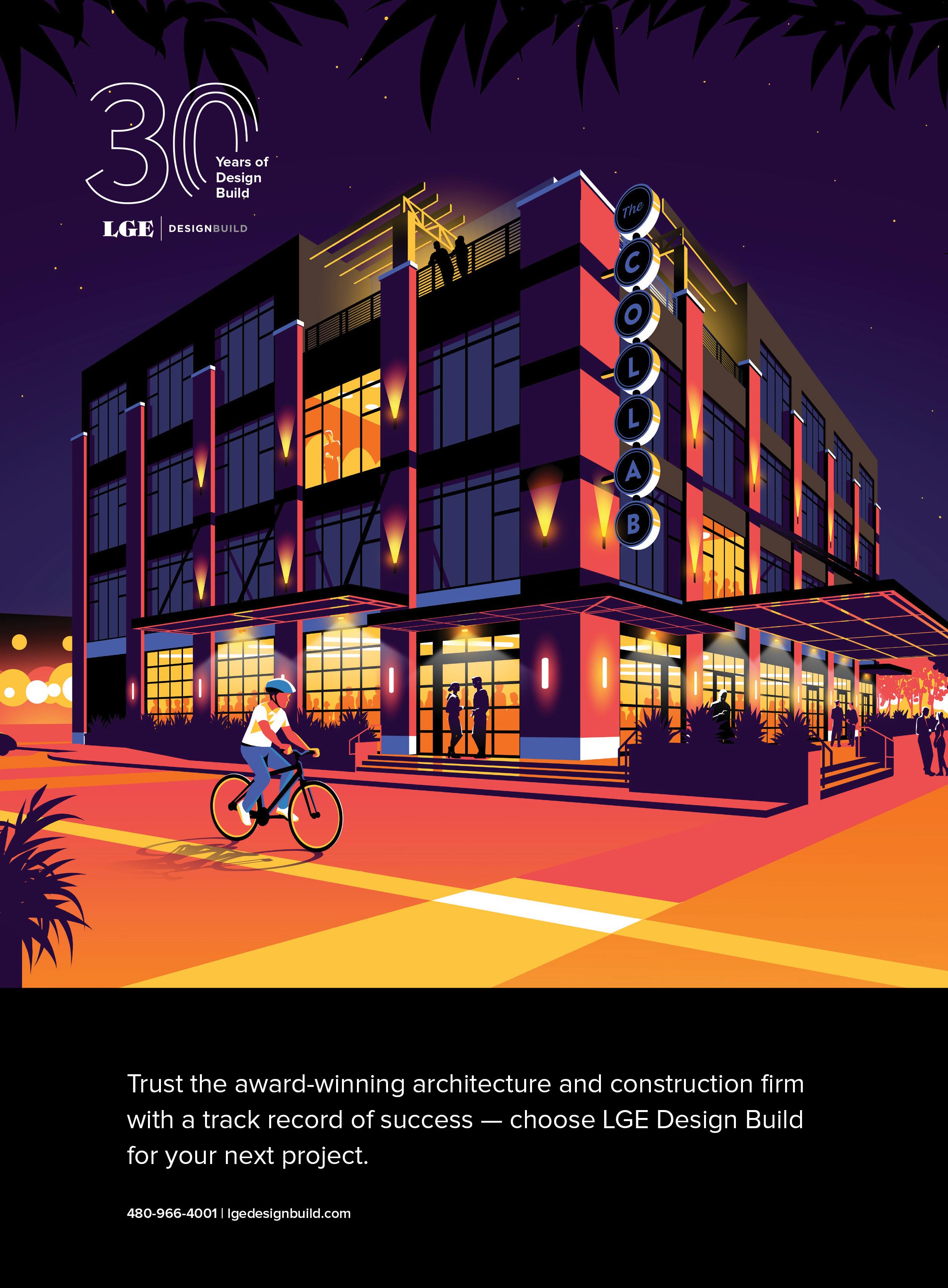

By KYLE BACKER
Like every industry, commercial real estate is affected by legislation and rulemaking processes throughout all levels of government. Suzanne Kinney, president and CEO of NAIOP Arizona, notes that political environment in Arizona has changed dramatically over the past several years.


“We are truly a swing state, which is new and different,” she says. “It’s a polarized time, nationally all the way down to the state level, and there are extremes on both sides of the political spectrum. That creates a new set of challenges when we’re dealing with elected officials to get the work of the people accomplished.”
NAIOP has always been engaged in public policy — Kinney highlights the association’s efforts to reduce property tax rates that affected the competitiveness of the state. That initiative, she continues, was narrowly focused but the issues facing the industry, such as water supplies, energy and air quality, necessitate more resources to tackle. Just this last year the association brought on John Baumer as its director of government relations.
“In the changing political environment, especially at the state level, we found it was necessary to have that full-time presence representing NAIOP and our members at the state capitol,” Kinney says. “There are big, overarching issues that are not going to have a single, simple policy solution to them where one bill solves the challenge. These are going to be issues that require a lot of legislation over a period of many years to rise to the challenges that are in front of us.”
Water issues have long been a top priority in Arizona, with the Groundwater Management Act of 1980 serving as a landmark piece of legislation addressing water supplies. As the Colorado River suffers from drought conditions, concern over the state’s water future has become more acute.
Baumer says having NAIOP at the table during these discussions is needed to advocate on behalf of commercial real estate.
“When it comes to water management, stewardship and conservation, there are misconceptions out there as to what commercial development uses for water on average,” he continues. “It’s been an education campaign this past year for lawmakers and other stakeholders. We want to make sure we’re part of the conversation so any improvements to how we oversee water in the state are smart, intentional and economical.”
Another area that warrants attention is air quality and how that may impact future developments. This issue, Baumer explains, is complicated because it involves the EPA and the Clean Air Act, which are policy areas that can’t be easily changed.
“When it comes to manufacturing development, we don’t have the same ability as other states to offset the emissions, so we’re going to hit a point in the near future where we will not be able to develop those manufacturing projects,” he says. “That’s going to have a real impact. Arizona doesn’t have tons of coal stacks that can be turned offline to improve air quality and receive offsets — we’re tapped out when it comes to that.”
NAIOP is working with state representatives, congressional delegation and other groups to tackle the issue.

Baumer is hopeful that coordination with other impacted states can help address the problem and find solutions to sustain Arizona’s growth.
Housing affordability
Kinney adds that as Greater Phoenix has grown rapidly into an emerging Tier 1 city new problems have emerged. One of the attractive aspects of the region to out-of-state businesses was the availability of affordable housing for their workforces, but that has changed in recent years. That, along with NAIOP starting to include more members in the multifamily sector, means the association is now more involved with housing issues.
“Housing and permitting reform are things that we don’t believe the solutions are going to come from the state legislature,” Baumer says. “Part of our strategic plan is to build stronger relationships with localities — mayors, council members and planning departments to figure out where things can be improved. There are things that can be done in the private sector to make [the process] easier for local governments, but we need to have a frank conversation about how to best go through the city process from buying a piece of land to actually getting something built.”

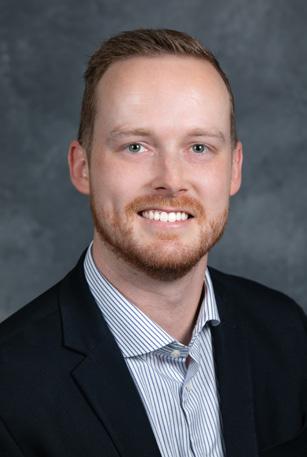
One of the points Baumer says is important for municipalities to understand is that the more amenities they require a multifamily development to have, the less affordable those units will be for renters.
“We need to figure out a path forward that lets localities keep their individual jurisdictions as they want, but also meet the needs of Arizona residents,” he says.
A popular idea to address the housing shortage has been turning unused commercial space into apartment units. The process, Baumer says, isn’t a simple one.
“There’s talk about how we can better utilize unused office or retail space. I’ve had conversations with lawmakers and stakeholders that think you can turn a strip mall into housing, but it’s not that easy,” he continues. “For us, it’ll be having conversations about where the tolerances are for incentives are for these adpative reuse and conversion projects, because that’s huge. Without incentivizing it or offering something like tax breaks, it’s still going to be difficult for these conversions to pencil out.”
Speaking to NAIOP members who have done these types of projects, Baumer says that the construction itself is difficult. When something is built for retail or office, the structure is
considerably different from a building developed specifically for housing.
“Oftentimes in a commercial building, the utilities are all in the center of the building and feed out into the different offices,” he continues.
“They have huge footprints, but not a lot of window space. It’s trying to figure out how to make those things work. And oftentimes, when developers go to convert a building, and you start tearing things apart — you never know what you’re going to find and what needs to be redone to get it up to code.”
Another housing issue of interest to NAIOP members relates to condos.
Baumer notes that condo construction has been low since it’s hard for these projects to pencil out and developers can be faced with high insurance costs in some instances.
“There are also strict contracts written out that apartment units can’t be turned into a condo,” he continues.
“There’s a desire not only from NAIOP but a number of other stakeholders to find out how to improve the market to make it so condos can actually be developed again and make that product type available to Arizona residents. It would take time for legislation to ripple out, but in the long run it would be beneficial to Arizona’s overall housing supply.”

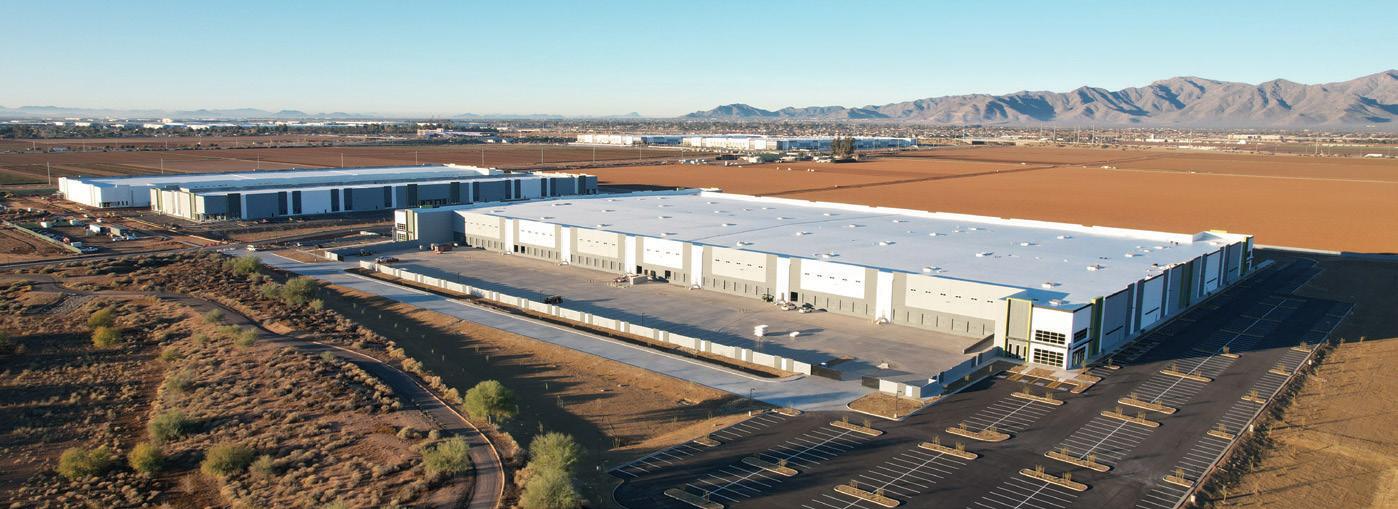
Welcome to Virgin Industrial Park, a premier multi-building industrial development strategically positioned in the West Phoenix Metro. Spanning over 76 acres with three buildings totaling over 1 million square feet. Join the ranks of renowned neighbors like Nestle, Puma, White Claw, Ball Corporation, and Red Bull, all part of the 1,340-acre Woolf Logistics Industrial Campus. The West Valley is home to many household manufacturers and logistics titans.
FOR MORE INFORMATION AND TO SCHEDULE A VIEWING, CONTACT: Marc Hertzberg, SIOR , Riley Gilbert, SIOR & Kelly Royal JLL (602) 282-6269
With the Loop 303 & Northern Parkway Interchange just a quarter mile away and 7 miles from I-10 to the South and 101 to the East, VIP positions your business for regional and national dominance. The 303 corridor represents more than half of all industrial space in the Phoenix Valley and represents over 200 million square feet of usable space.
Adjacent to APS’s Falcon 100MW Substation, VIP ensures your operation has access to ample, reliable power, making it ideal for mission-critical facilities.

By KYLE BACKER
Despite the challenges, members of NAIOP Arizona have been busy delivering innovative projects to the market, from big box industrial to slick, amenityrich offices. The following pages showcase a sampling of the best products from NAIOP throughout Arizona. All photos were provided to AZRE.




General contractor: LGE Design
LGE Design Build // Location: 9840
W. Indian School Rd., Phoenix // Size: 1.3 million
Land Advisors // Value: $250 May 2024 // Completion date:
Fun fact: Creation, in partnership with Clarion Partners, has acquired nearly 100 acres in Phoenix for the $250 million Park Algodon project. Additionally, Creation is developing The Shops at Park Algodon on an adjoining seven acres, offering 14,000 square feet of restaurant and retail space and four additional restaurant pads.
Developers: Lincoln Property Company, Harvard Investments
General contractor: Stevens-Leinweber
Construction
Architect: Butler Design Group
Location: 14900, 14910, 14980, 15030, 15140, 15150 W. Broadway Rd., Goodyear
Size: 1.6 million square feet (Phase 1) Broker: Lincoln Property Company
Value: $290 Million (Phase I)
Start date: Q3 2022
Completion date: Q4 2024
Fun fact: Ultimately totaling up to 7 million square feet and 20 buildings, Goodyear AirPark is the largest industrial park to break ground in Goodyear, with “enough fiber to power NASA.” Features include 40-foot clear height, private truck courts and generous parking, along with a 10,000-square-foot retail component providing everyday conveniences.
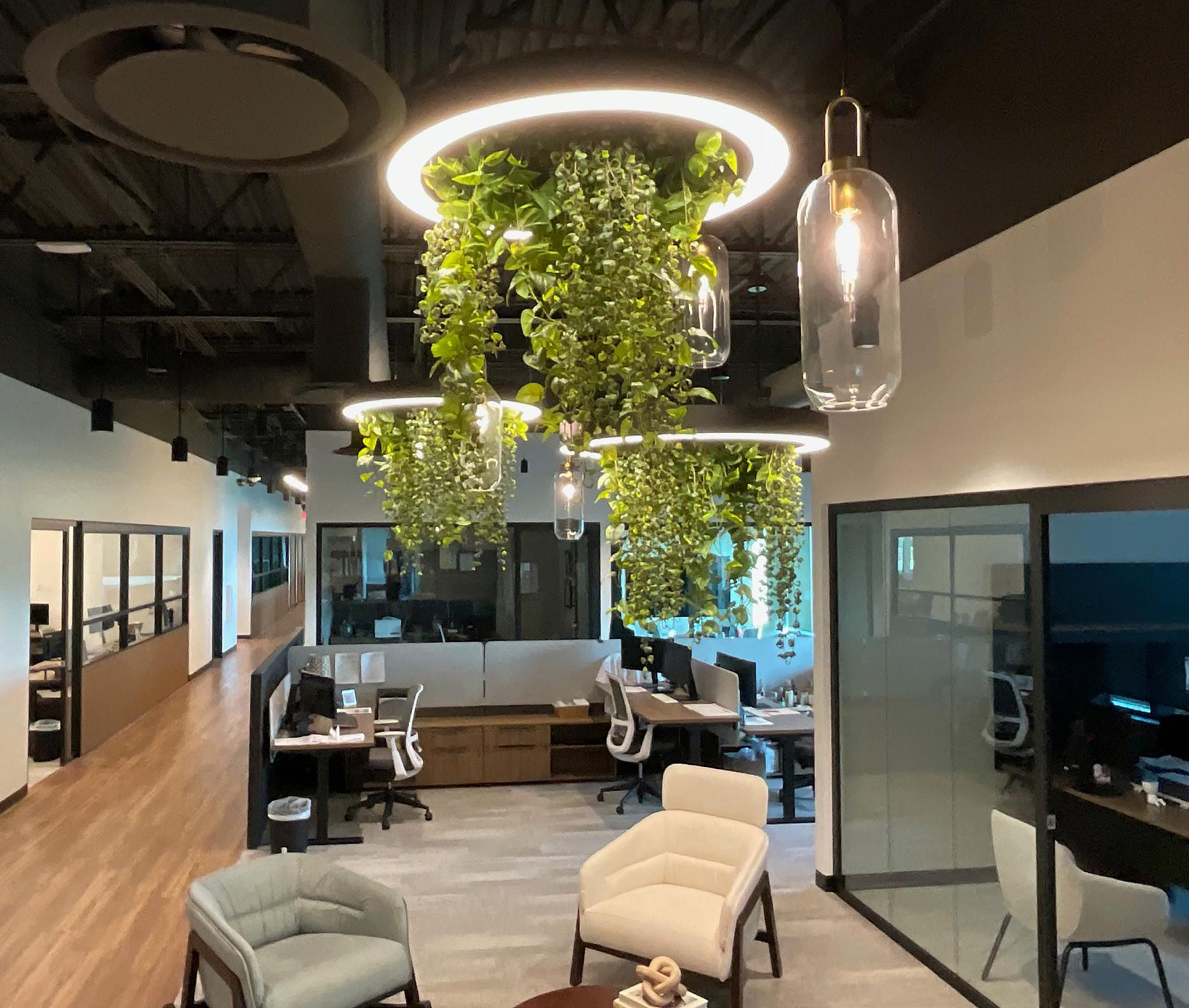
Thunderbird Commerce Park
Developer: Creation
General contractor: LGE
Design Build
Architect: LGE Design Build
Location: 7501 E. Redfield
Rd., Scottsdale
Size: 243,360 square feet
Value: $60 million
Start date: February 2024
Completion date: Q4 2024
Fun fact: Set on a rare 18acre parcel, Thunderbird Commerce Park is a 243,360-square-foot,
Class-A industrial building located east of the southeast corner of Scottsdale and Thunderbird roads within Scottsdale Airpark.
Developer: Trammell Crow
General contractor: Wespac
Architect: evolution design, inc.
Locatin: 8605 E. Raintree
Dr., Scottsdale
Size: 23,080 square feet
Broker: CBRE
Value: $3.195 million
Start date: January 2023
Completion date: March
2024
Fun fact: This project features a raw metal deck ceiling with exposed ductwork and polished concrete flooring to express the space’s industrial and modern aesthetic.
Scott Roberts Communities
General contractor: Jokake
Architect: STG Design
Location: 16435 N. Scottsdale Rd., Scottsdale
Size: 7,475 square feet
Value: $980,264
Start date: March 2024
Completion date: July 2024
Fun fact: Leveraging creativity with unique solutions, the Scott Roberts Communities office in Scottsdale welcomes employees and guests. Warm design like custom millwork and residentialinspired lighting balances work with a relaxed ambiance.
General contractor: Jokake
Architect: RSP
Location: 8605 E. Raintree
Dr., Scottsdale
Size: 18,521 square feet
Broker: Cresa Southwest
Value: $3,085,657
Start date: November 2023
Completion date: May 2024
Fun fact: True Food Kitchen’s headquarters in Scottsdale blends office operations with a kitchen to test new recipes and train new chefs. Coordination with Southwest Gas was critical to bring natural gas into Axis Raintree, plus an exhaust and grease duct.
General contractor: Jokake
Architect: McCarthy Nordburg
Location: 8605 E. Raintree
Dr., Scottsdale
Size: 17,919 square feet
Broker: Cresa
Value: $2,501,907
Start date: October 2023
Completion date: April 2024
Fun fact: Ashton Thomas built its Scottsdale headquarters on the 2nd floor at Axis Raintree with lease negotiations performed by Cresa’s brokerage team. Design is open to deck with specialty lighting, custom artwork, and 10-foot high glass fronts.
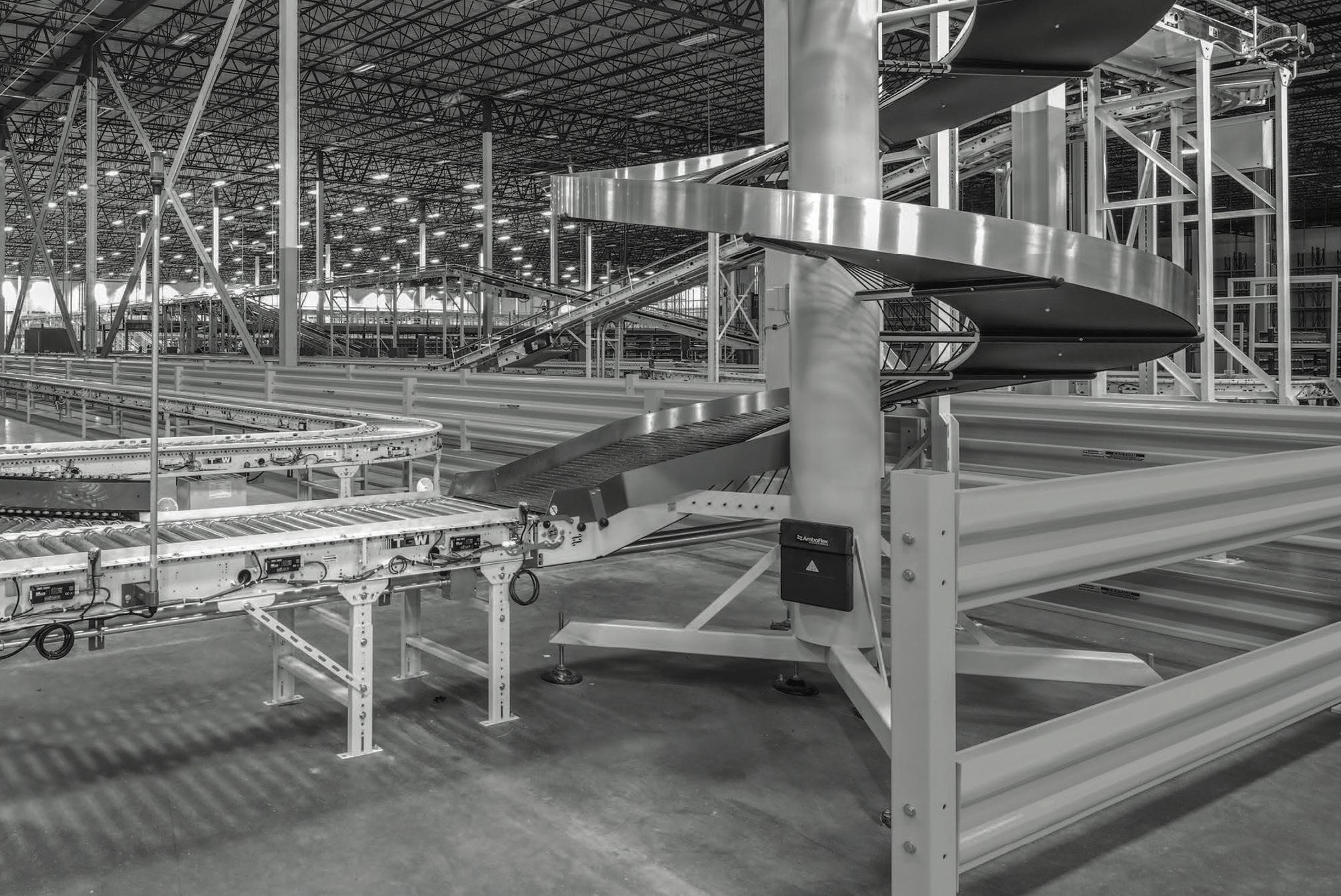
The FCL Experience is custom-built to ensure your success, lower your stress, bypass red tape, keep you fully informed, and guarantee our work is delivered on time, on budget and of the highest quality. We’re industrial design-build specialists with the expertise and experience needed to troubleshoot potential obstacles, deliver highly-detailed and precise estimates and move every mountain to make the project go as smoothly as possible from pre-construction through completion.

At FCL, we ensure the building process is as world class as each building we deliver. To date, we’ve delivered more than 625 million sq. ft. of industrial space in 32 states, each project built upon a foundation of human connection.
We measure our success by the depth of our relationships and repeat client business, earning a 97% CUSTOMER RETENTION RATE. We truly make your needs our own, and will always put you first.
That’s how we succeed.

MESA, AZ
Center of Industry, Mesa, AZ DELIVERING
At the heart of the vibrant Elliot Technology Corridor lies a unique opportunity for businesses seeking space that combines functionality, flexibility, and strategic location. Introducing Eastmark Center of Industry: A state-of-the-art, 60-acre development offering a total of 977,600 square feet in five buildings that meet the diverse needs of tenants.
FOR MORE INFORMATION AND TO SCHEDULE A VIEWING, CONTACT: Steve Larsen, SIOR, CCIM , Jason Moore & Patrick Harlan, MCR, SLCR JLL | (602) 282-6300
Each building boasts clear height variations from 30’ to 36’, catering to a wide range of industrial requirements.
Project NIX
Developer: Prologis
General contractor:
Willmeng Construction
Architect: HPA Architecture
Location: 87th Avenue and Durango Street, Phoenix
Size: 300,000 square feet
Value: $53 million
Start date: August 2023
Completion date: May 2025
Fun fact: This project consists of a 300,000-square-foot Type III-B build-to-suit tilt-up warehouse building with site improvements. The tenant improvement (TI) portion of the project includes a 15,000-squarefoot office area with a break room, and conference and training rooms for accessory uses.
Palm Valley
Commerce Center
Buildings A, B and C
Developer: Schnitzer
Properties
General contractor:
Willmeng Construction
Architect: VLMK
Engineering + Design
Location: 13550 W. Auto Drive, Goodyear
Size: 294,840 square feet
Broker: JLL
Value: $39 million
Start date: May 2024
Completion date: May 2025
Fun fact: Project includes three concrete tilt buildings, noted as building A, B and C on a total of 22.8 acres. All buildings are designed as shell buildings with the intent for future multitenant mixed use and light industrial/office use.
Cotton Lane
Commerce Park
Developer: Trammell Crow Companies
General contractor: Willmeng Construction
Architect: Butler Design Group
Location: 4200 S. Cotton Lane, Goodyear
Size: 987,702 square feet
(Phase I is 542,873 square feet, Phase II 445,701 square feet)
Broker: CBRE
Value: $51.6 million
Start date: September 2023
Completion date: October 2024
Fun fact: This development occupies a 66.97-acre site and features space for three new warehouse buildings, designated A, B, and C. These modern structures are designed with tilt-panel walls to support the evolving needs of industrial enterprises.
Formation Park 10
Developer: Formation Interests and Crescent Real Estate
General contractor: Willmeng Construction
Architect: Deutsch Architecture Group
Location: Bullard Avenue and Celebrate Life Way, Goodyear
Size: 680,000 square feet in 5 buildings (Phase I is 427,000 square feet in 2 buildings)
Broker: Cushman & Wakefield
Value: $34.2 million
Start date: June 2024
Completion date: July 2025
Fun fact: Formation Interest’s first project outside of Texas will consist of five Class A industrial buildings at build out. The site sits on 44 acres and a key element is the 2.5-acre park in the center of the site.
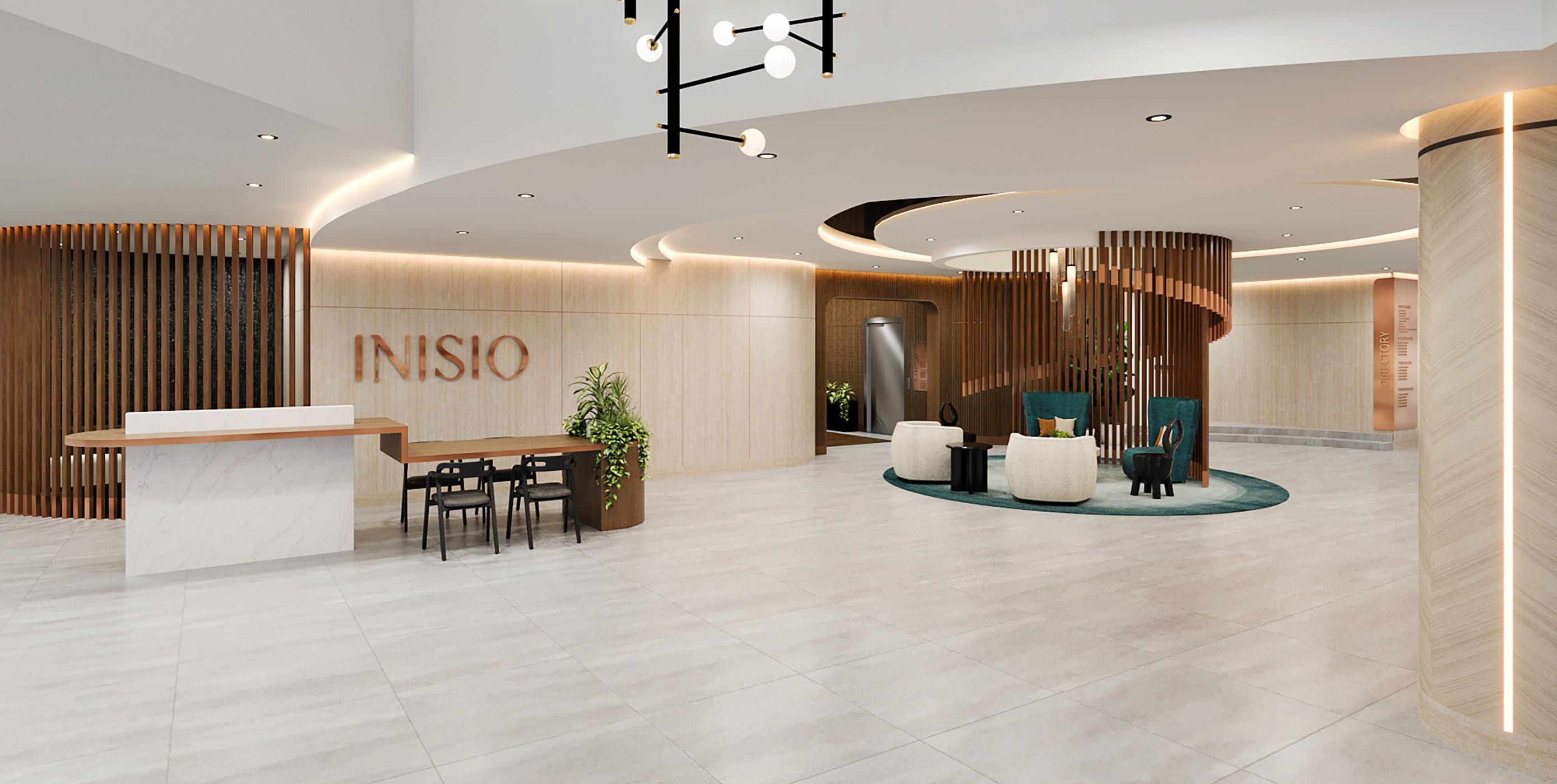
Developer: Stream Realty and Vero Capital
General contractor: Willmeng Construction
Architects: Zebra Projects and Good City Studio
Location: 16430 and 16600 N. Scottsdale Rd., Scottsdale
Size: 32,208 square feet
Broker: Stream Realty Partners
Value: $29 million
Start date: May 2024
Completion date: March 2025
ad quata veliteum simaior eperum qui doluptaspis debit plaborem quo blaccusam eum in reperum duntiate mi, quo intiatur, voluptassit quatio vid qui berunt facero eosap acacsq
Fun fact: INISIO is set to undergo a comprehensive renovation inspired by Vero’s vision to amenitize both buildings and create a unified campus atmosphere, guided by Stream’s expertise.
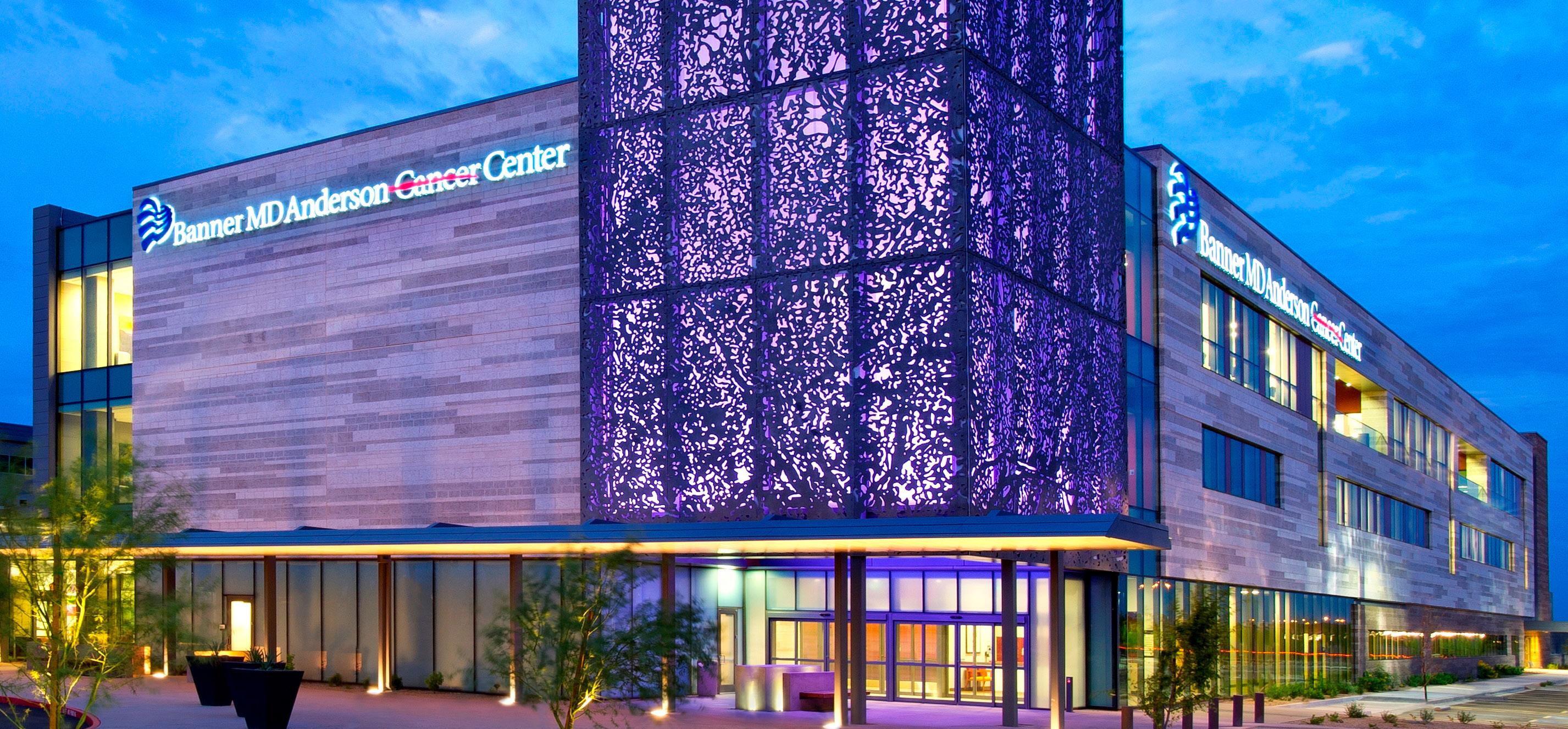
Kovach’s Special Projects team can support you in all aspects of metal and glass repair, and retrofitting for commercial projects. Our team is dedicated to giving you expert, fast, and reliable service.
Project: Banner MD Anderson Cancer Center


Developer: Mack Real Estate Group
General contractor: Willmeng Construction
Architect: Butler Design Group
Location: Loop 101 and Bell Road, Scottsdale
Size: 572,170 square feet (4 buildings: Building A – 97,205 square feet; Building B –169,590 square feet; Building C – 184,960 square feet; Building D – 120,415 square feet)
Broker: JLL
Value: $47.8 million
Start date: September 2024
Completion date: March 2026
Fun fact: This modern industrial development is being built in phases on a well-located 124-acre infill site in North Scottsdale. The site has easy access to the Loop 101 freeway and the Scottsdale Airpark submarket.
Developer: ViaWest Group
General contractor:
Willmeng Construction
Architect: DLR Group
Location: 17215 W.
Camelback Rd., Goodyear
Size: 600,000 square feet
Value: $75.9 million
Start date: January 2023
Completion date: July 2024
Fun fact: The project is a ground-up, tilt-panel building with a total area of 600,000 square feet. The building features ultra-high-efficiency HVAC units, providing a more energy-friendly heating and cooling system.
Developer: Rockefeller Group
General contractor: Layton Construction
Architect: Ware Malcomb
Location: 13290 W.
Sweetwater Ave., Surprise
Size: 418,400 square feet
Broker: CBRE
Value: $50 million
Start date: December 2023
Completion date: September 2024
Fun fact: Rockefeller Group is developing Surprise Pointe Commerce Center, a 418,400-square-foot speculative distribution center in Surprise. Surprise Pointe Commerce Center is strategically located near major transportation corridors including U.S. 60, Interstate 17 and Loop 101.
Developer: Creation
General contractor: LGE Design Build
Architect: LGE Design Build
Location: 1835, 1975 and 1905 S. Hamilton St., Chandler
Size: 301,994 square feet
Broker: Lee and Associates
Value: $57 million
Start date: Q3 2023
Completion date: Q3 2024
Fun fact: Located in the heart of the Chandler Airport infill submarket, Midway Commerce Center is a 301,994-square-foot project featuring three state-of-the-art buildings with ample parking and truck maneuverability.
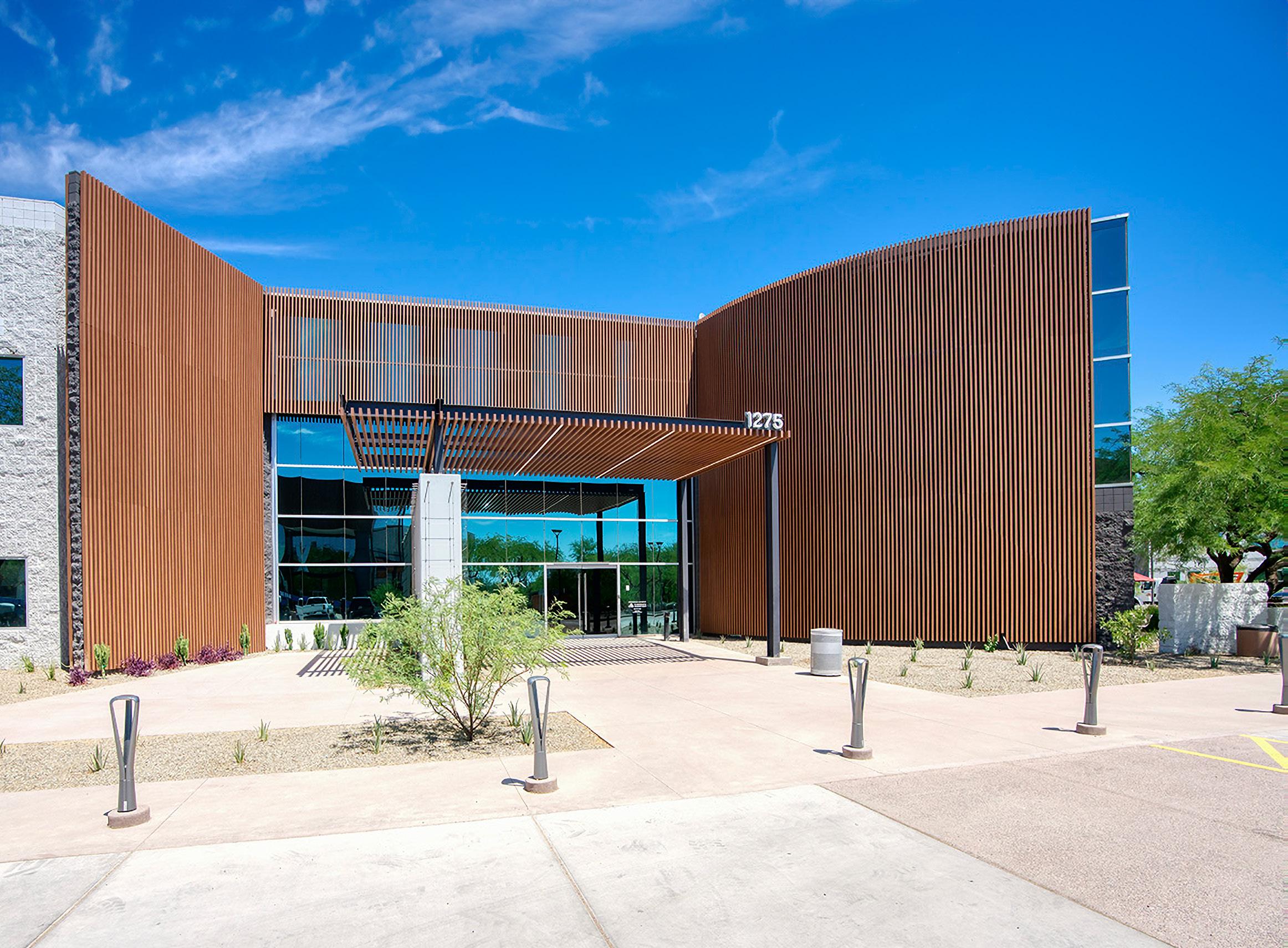
Developer: Southwest Value Partners (SWVP)
General contractor: Derek Builders
Architect: Gensler
Location: 1215, 1225, 1255, 1275 and 1295 W. Washington St., Tempe
Size: 31-acre site
Value: $25 million
Start date: February 2023
Completion date: July 2024
Fun fact: The 31-acre site is made up of 4 parcels with 4 existing buildings and a parking garage. The improvements for this project include enhanced driveway entries from Washington St, 56th St, and Priest Drive; canopy additions and exterior elevation improvements on all 4 existing buildings.



Developer: 3Edgewood LLC
General contractor: LGE
Design Build
Architect: LGE Design Build
Location: 4210 E. Camelback Road, Phoenix
Size: 32,832 square feet
Start date: February 2024
Completion date: Q4 2024
Fun fact: 4210 Camelback, located at The Grove in Arcadia, is a two-story building featuring 32,832 square feet of Class A office space. Designed and built by LGE Design Build, it showcases modern architectural elements, a gym and two pickleball courts.
Developer: Outrigger Industrial
General contractor: LGE
Design Build
Architect: LGE Design Build
Location: 8147 E. Pecos Road, Mesa
Size: 420,631 square feet
Start date: February 2023
Completion date: May 2024
Fun fact: The 80th and Pecos industrial project features a modern, elegant design that integrates tenant identification with a classic yet contemporary aesthetic. Key highlights include four-sided architecture with varied parapet heights, plane changes and a thoughtful mix of colors and textures, creating a dynamic facade while reducing continuous wall lengths.
Developer: Greenwood and McKenzie Real Estate
Investments
General contractor: Sun State Builders
Architect: Winston Architects
Location: 8150 E. Germann Rd, Mesa
Size: 122,720 square feet
Broker: Lee & Associates
Value: $17 million
Start date: August 2023
Completion date: April 2024
Fun fact: Gateway Quads is an industrial office warehouse complex that consist of four freestanding buildings that are each 30,680 square feet. Potential tenants can lease an entire building or select to divide into smaller spaces, allowing for up to four smaller spaces beginning at 7,600 square feet.
Developer: Clarius Partners
General contractor: LGE Design Build
Architect: LGE Design Build
Location: Building C, 2600 S. Gilbert Rd., Building D, 2550 S. Gilbert Rd., Chandler
Size: Total: 430,700 square feet; Phase 2: 203,000 square feet
Start date: Phase 2, Q1 2023
Completion date: Phase 2, Q3 2024
Fun fact: Chandler Airpark Technology Center has now completed phase two. This phase included two buildings, 114,250 square feet and 88,750 square feet, respectively, each with 32-foot clear heights and speculative suites.
Developer: Phoenix Jones Partners
General contractor: Sun State Builders
Architect: Dalke Design Group
Location: 1800 E. Encinas Lane, 1850 E. Encinas Lane, 1900 E. Encinas Lane, Phoenix
Size: 130,300 square feet
total; three buildings 46,530 square feet; 69,480 square feet; 14,290 square feet
Value: $14 million
Start date: April 2024
Completion date: May 2025
Fun fact: Jones Industrial consists of three shell buildings on an 11.8-acre City of Phoenix infill site. Buildings are constructed with concrete tilt panels and hybrid wood/steel roof structure. Clear heights are 26 feet for two larger buildings and 16 feet for smaller building.


Anchored by the vital Loop 303 highway, the West Valley of Phoenix has become a hub for industrial and manufacturing activity. For 40 years, Prologis has been at the forefront of this dynamic landscape, delivering innovative logistics solutions and services that empower our customers to focus on what they do best—growing their business. With our forward-thinking approach and commitment to staying ahead of market trends, Prologis ensures that your business is perfectly positioned for success, today and beyond.
Jeff Foster VP, Market Officer Lic # BR630618000
jfoster@prologis.com
+1 602 474 8383
Mathias Hughes SVP, Investment Officer Lic # S.0073128
mhughes@prologis.com
+1 775 829 3035
Alicia Saxby Senior Leasing Manager Lic # SA656571000
asaxby@prologis.com
+1 602 474 8364
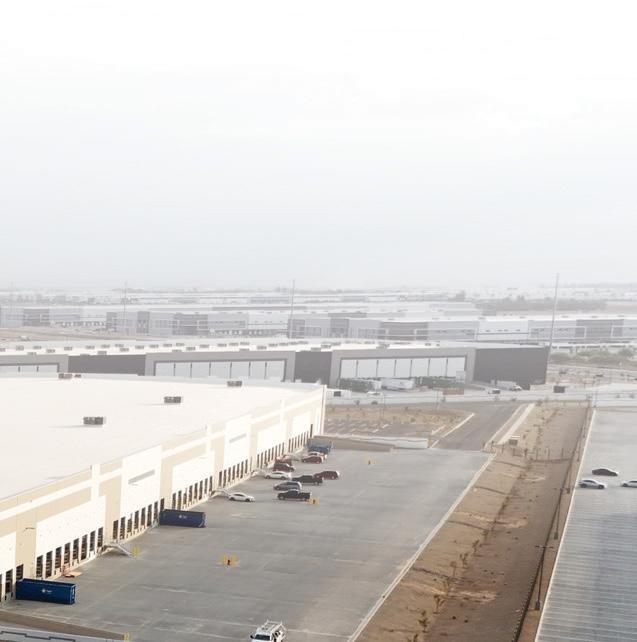





Developer: Hopi Tribe Economic Development Corporation
General contractor: Wespac Construction, Inc.
Architects: Smith Architects
| Hank Arens Designs
Location: 441 Broadway St., Clarkdale
Size: 32,763 square feet
Start date: March 2023
Completion date: April 2024
Fun fact: Located at the entry to Tuzigoot National Monument, this 2-story, 44room boutique hotel features a culturally significant and educational component, as the hotel pays homage to and reflects the Hopi culture with elements such as woven belts, baskets, pottery, Kachina Dolls, large paintings, hand-painted tiles, and a stained-glass window, all created by Hopi artists.
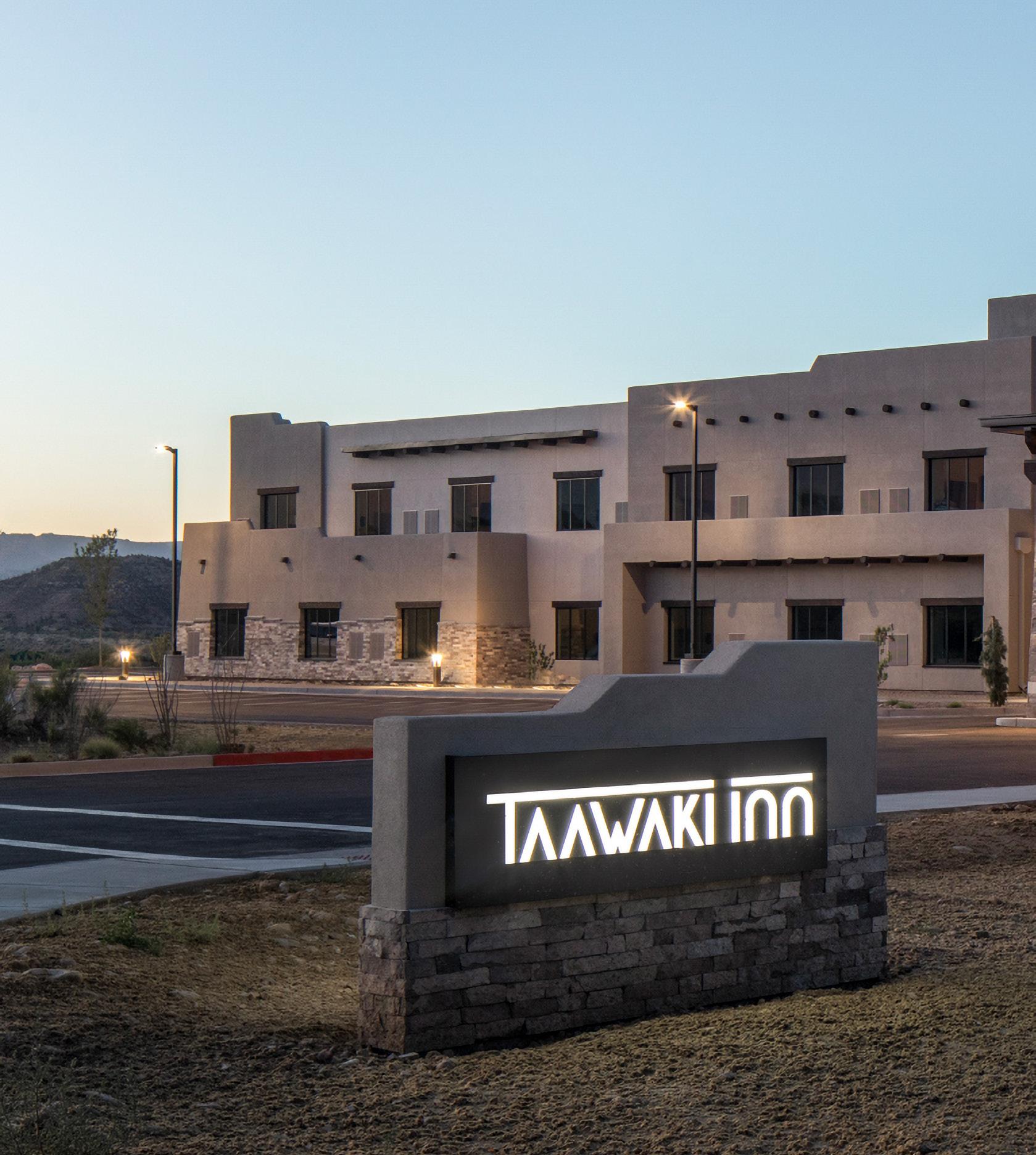
Developer: Mack Real Estate Group (MREG)
General contractor: Willmeng Construction
Architect: Butler Design Group
Location: Bell Road and Loop 101, Scottsdale
Size: 305,375 square feet in two buildings
Brokers: CBRE, Shell Commercial and Stream Realty
Value: $104.5 million
Start date: Q3 2024
Completion date: Q4 2025
Fun fact: This two-building multi-tenant Phase I of Mack Innovation Park | Scottsdale features freeway frontage along Loop 101 and frontage along Bell Road and Pima Road. The property is one of the only state-of-the-art industrial projects in the North Scottsdale submarket.
Developer: Panattoni Development Company
General contractor: Wespac Construction
Architect: Cawley Architects
Location: 13301 N. 137th Ave., Surprise
Size: 274,040 square feet | 16.23 Acres
Broker: JLL
Start date: March 2023
Completion date: April 2024
Fun fact: This state-of-the-art, LEED-certified industrial shell building represents a significant milestone in sustainable construction and innovative industrial design. The structure consists of durable concrete tilt panels, accentuated by an architecturally striking entry corner that combines storefront glass, aluminum composite material and corrugated metal panels.

Developer: Nationwide Real Estate Group
General contractor: Clune Construction
Architect: McCarthy Nordburg
Location: 8800 N. Gainey Center Dr., Scottsdale
Size: 32,500 square feet
Broker: JLL
Value: $3,085,980
Start date: April 2023
Completion date: October 2024
Fun fact: Arevon is a leading renewable energy company that looked to expand their existing space at Gainey Ranch Corporate Center. The main goal of the project was to create a new flagship office that reflected their brand and culture with a focus on modern industrial design elements.
Developer: American Furniture Warehouse, Co.
General contractor: Burton Construction
Architect: Butler Design Group
Location: 6595 W. Marana Center Blvd., Marana
Size: 260,861 square feet
Value: $44 million
Start date: February 2023
Completion date: April 2024
Fun fact: American Furniture Warehouse is a 260,861-square-foot, fully air-conditioned tilt wall building including a 122,500-square-foot showroom and a 114,056-square-foot warehouse.
Industrial
Developer: Ryan Companies US
General contractor: Ryan
Companies US
Architect: Butler Design Group
Location: 4833 E. Washington St., Phoenix
Size: 163,000 square feet
Broker: JLL
Start date: June 2024
Completion date: Q2 2025
Fun fact: The project is comprised of approximately 163,000 square feet and will provide users with unparalleled accessibility and amenities. The building will be 100% air conditioned, have LED lighting, and will contain approximately 3,500 square feet of speculative office suite space.
Developer: Prologis
General contractor: Layton
Construction
Architect: Ware Malcomb
Location: 4660 N. Cotton
Ln., Goodyear
Size: 1,630,820 square feet
Broker: JLL
Start date: Q1 2023
Completion date: Q3 2024
Fun fact: This project consists of two buildings that are minutes from Arizona State Route 303 (0.5 miles), Interstate 10, and State Highway 85; the Foreign Trade Zone designated park and building is ideally located to serve Arizona as well as the key markets in the Western United States including Northern California, ports of Long Beach, New Mexico, Utah and Nevada.
Logistics
(Phase ll)
Developer: Prologis
General contractor: Derek Builders
Architect: Ware Malcomb
Location: 100 E. Hammond
Lane, Phoenix
Size: 276,063 square feet
Broker: Lee and Associates
Start date: January 2023
Completion date: March 2024
Fun fact: Prologis I-17
Logistics Center is a +/50-acre development. Immediately adjacent to I-17, a full diamond interchange at 7th Street, and more than 1,100 feet of I-17 frontage, the project offers unparalleled access to I-17 and I-10.
Developer: Prologis
General contractor: Willmeng Construction
Architects: HPA Architects, KSS Architects
Location: 1717 S. 91st Ave., Phoenix
Size: 300,040 square feet
Broker: JLL
Start date: December 2023
Completion date: December 2024
Fun fact: This 300,040-squarefoot state-of-the-art distribution center is set to receive both LEED Silver and WELL program certifications, underscoring its commitment to sustainability and wellbeing.
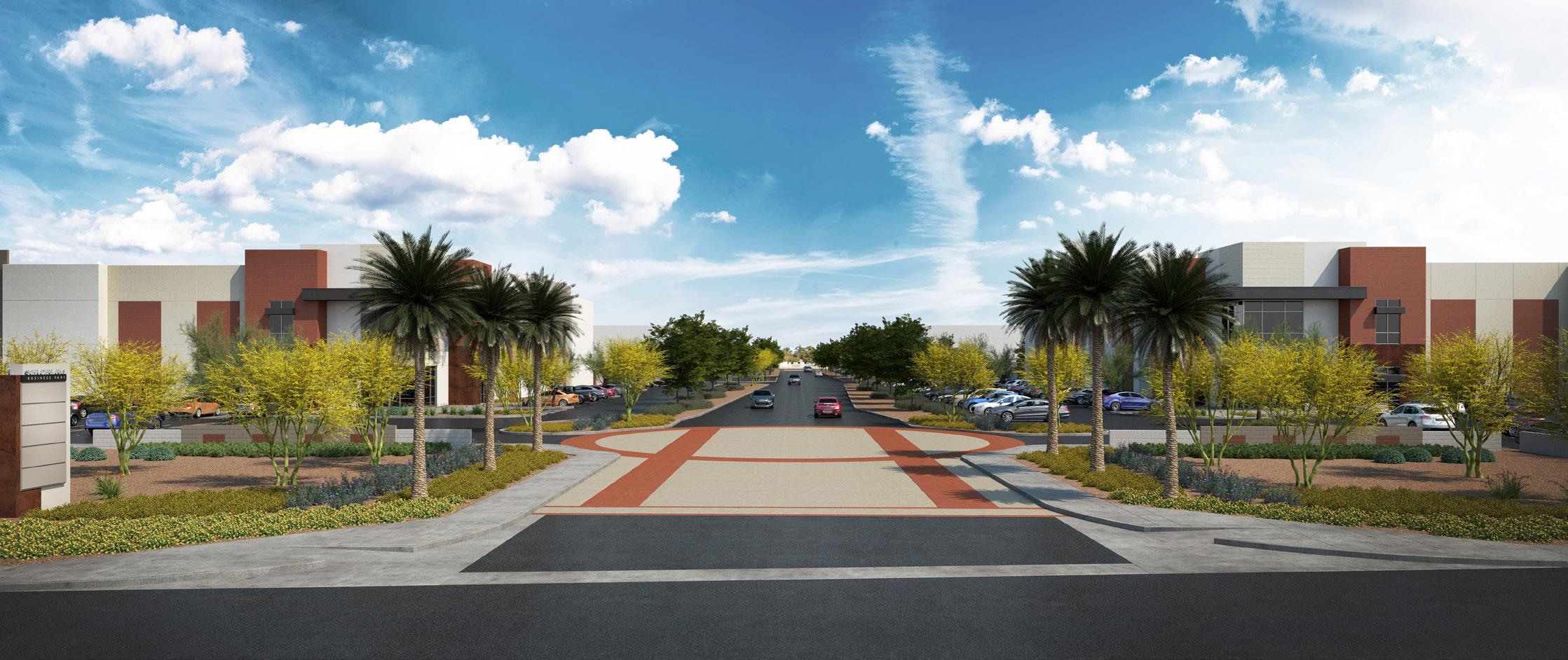
Developer: Ryan Companies US
General contractor: Ryan Companies US
Architect: Deutsch Architecture Group
Location: 800 E. Queen Creek Rd., Chandler
Size: 432,000 square feet
Broker: JLL
Start date: June 2024
Completion date: Q3 2025
Fun fact: Schrader Farms Business Park is comprised of three industrial buildings totaling more than 432,000 square feet. The project will suit users looking for space to fulfill their manufacturing, logistics and supply chain needs.


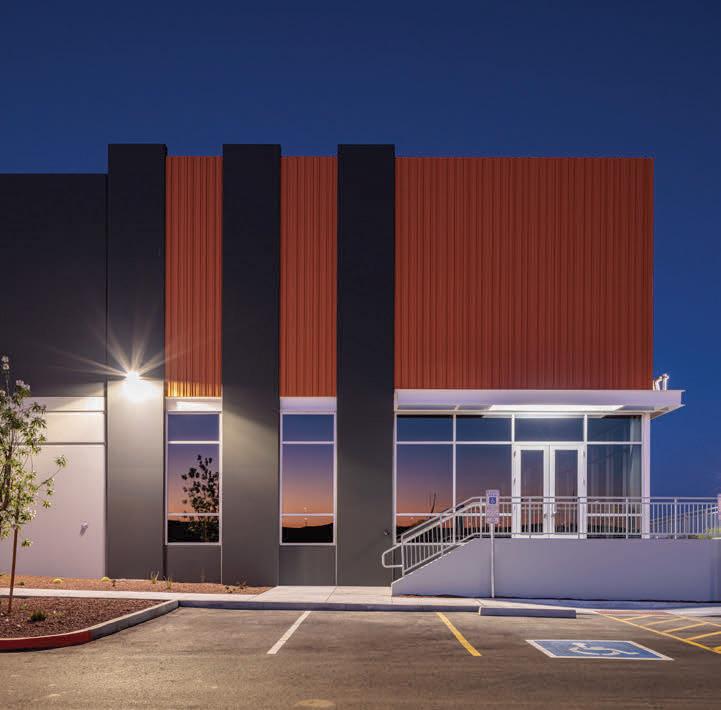




Developer: VanTrust Real Estate
General contractor: Layton Construction
Architect: Butler Design Group
Location: Southwest corner of North Ballpark Boulevard and 99th Avenue, Glendale
Size: 311,660 square feet
Broker: JLL
Start date: July 2024
Completion date: April 2025
Fun fact: VT 101 is a 48acre property zoned for 3 industrial buildings. The first two buildings totaling 311,660 square feet are being developed on a speculative basis. The third building is a 435,000 cross-dock and available for build-to-suit.
Developer: Caliber & Trillium
General contractor: Tricon
Architects: Upward Architects, Felten Group
Location: 10831 S. 51st
St., Phoenix
Size: 172,000 square feet
Value: $70 million
Start date: Q2 2024
Completion date:
Estimated Q4 2025
Fun fact: SouthPointe
Apartments is a hotelto-multifamily project converting an existing 160-key hotel tower to a 104-unit apartment along with the groundup development of build-to-rent unit on the surrounding and adjacent land.
Developer: Brookfield Properties
General contractor: StevensLeinweber Construction
Architect: Butler Design Group
Location: 16395 and 16565 W. Camelback Rd., Goodyear
Size: 616,100 square feet
Broker: CBRE
Start date: September 2023
Completion date: December 2024
Fun fact: This project offers the latest industrial building amenities with a strategic twist — expansive industrial outdoor storage space. With each building representing less than 15% coverage of its overall site, future tenants gain a cost-effective, secure outdoor storage amenity that is extensive for a development of this size and perfect for managing industrial and logistics-related items.
Developer: Acadia Healthcare
General contractor: Adolfson & Peterson
Architect: Stengel Hill
Location: 3322 S. Ellsworth Rd., Mesa
Size: 73,000 square feet
Value: $43 million
Start date: February 2023
Completion date: April 2024
Fun fact: This state-of-theart, 100-bed hospital is purposefully designed to address the growing need in Arizona for more accessible, high-quality behavioral healthcare services for adult, older adult and pediatric patients, including comprehensive treatment for those who struggle from behavioral health disorders.

Developer: Formation //
General contractor: Willmeng Construction // Architect: Deutsch Achitecture Group // Location: Goodyear // Broker: Cushman & Wakefield // Size: 688,000 square feet // Value: $105 million // Start date: May 2024 // Completion date: May 2025
Fun fact: Formation Park 10 is a 5-building business park totaling 688,000 square feet and offers tenants unparalleled access to labor, including a 5-acre amenity space at the heart of the project, which transforms commoditized space into a sense of place for tenants, offering walking paths, activity lawn, table games, shaded seating and food truck parking.


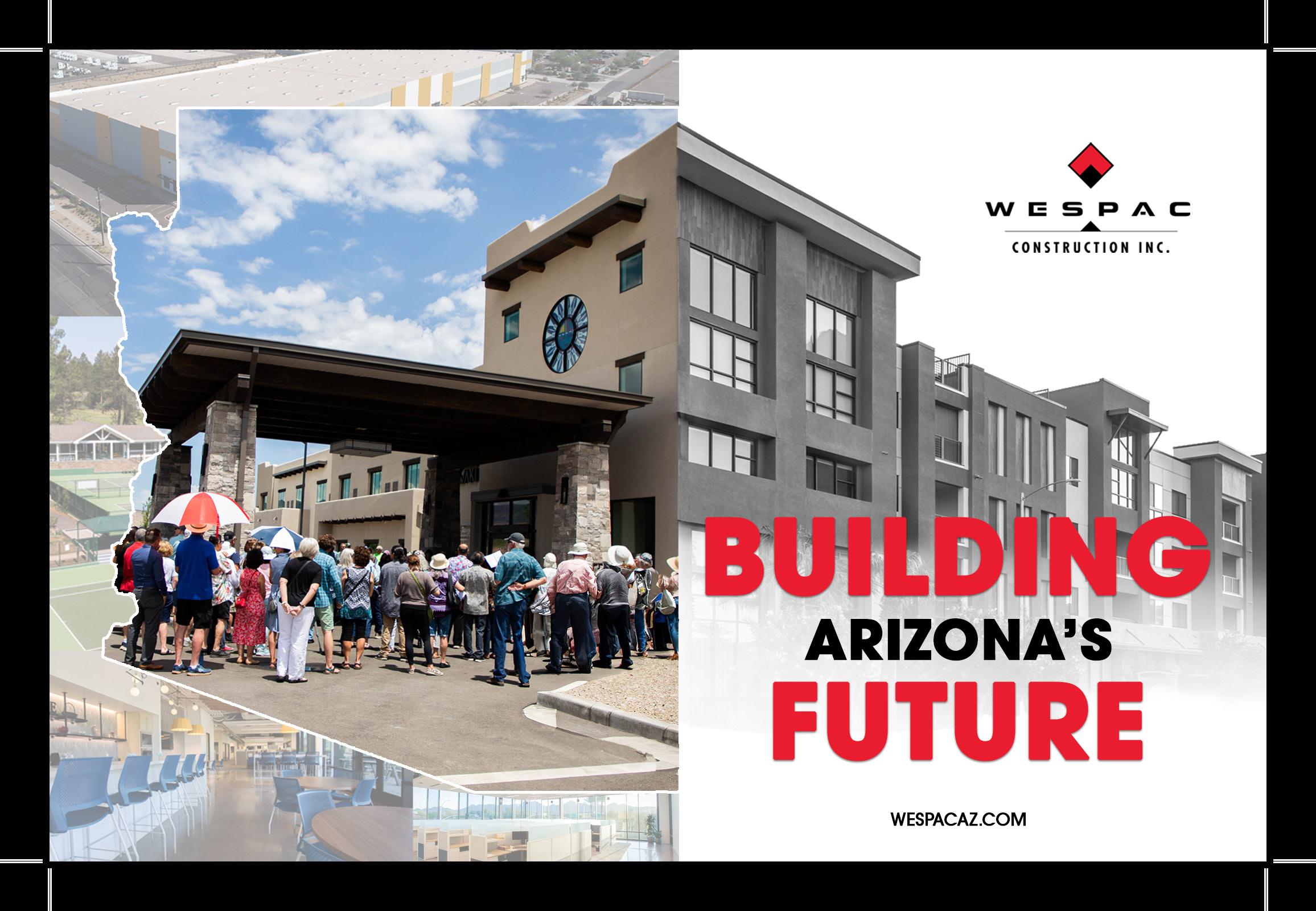
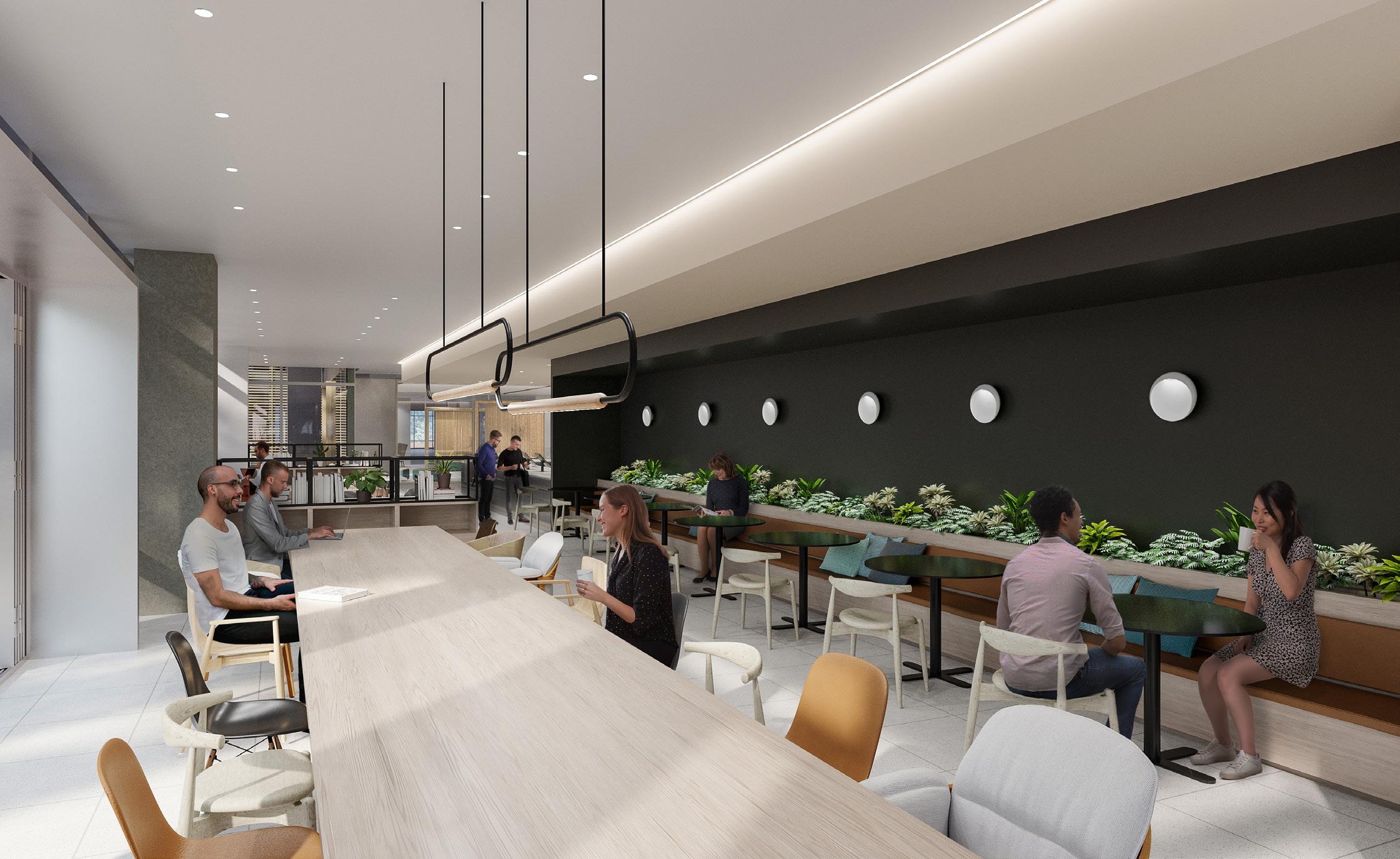
Developer: P.B. Bell
General contractor: MT Builders
Architect: BMA Architecture
Location: 9100 S. 59th Ave., Laveen
Size: 308 units
Value: $89 million
Start date: Q4 2021
Completion date: Q4 2024
Fun fact: The unit mix is 88 one-bedroom units, 32 one-bedroom loft units, 154 two-bedroom units, 10 two-bedroom carriage units and 24 threebedroom units. A one-story clubhouse building, a pool, shade structures, turf areas, a firepit and barbeque area, and a dog park are all located within the community.
Developer: Merit Partners
General contractor: StevensLeinweber Construction
Architect: Butler Design Group
Location: 1515 S. 27th Ave., Phoenix
Size: 253,498 square feet
Broker: CBRE
Start date: September 2023
Completion date: September 2024
Fun fact: Transforming this site from a school campus to a prime, shovel-ready infill parcel required six months of extensive preparation, including remediation and the demolition of 12 existing buildings.
Developer: Lincoln Property Company / Harvard Investments
General contractor: Team Icon
Architect: McCarthy Nordburg
Location: 2046 W. Riverview
Auto Dr., Mesa
Size: 22,927 square feet
Start date: June 2024
Completion date: September 2024
Fun fact: This stunning amenity expansion is taking Lincoln’s newest Valley office delivery to the next level. Centering on “The Clubhouse” additions include a luxury lounge, kitchen and bar, golf simulator, conference area and spec suites.
Developer: Shorenstein
Properties
General contractor: CHASSE
Building Team
Architect: Gensler
Location: Tempe
Size: 455,000 square feet
Broker: CBRE
Start date: January 2022
Completion date: April 2024
Fun fact: Fountainhead Business Park, a two-building Class-A office renovation project, offers a compelling destination for its tenants. Inspired by the water feature and desert landscape, the building park was transformed into a welcoming space infused with hotel-inspired amenities and finishes that elevate the form and function of the asset.
Developer: Nuveen/KBC
Advisors Arizona
General contractor: StevensLeinweber Construction
Architect: Deutsch Architecture Group
Location: 8850 W. Sweetwater Ave., Peoria
Size: 152,134 square feet
Broker: Kidder Mathews
Start date: April 2023
Completion date: July 2024
Fun fact: Empire 101 is a new Class A industrial project fronting the Loop 101 freeway, just 12 minutes from the new TSMC semiconductor fab plant. Now complete, it is a rare infill site selection opportunity for industrial tenants seeking to capitalize on metro Phoenix growth, including boom markets like the semiconductor industry.





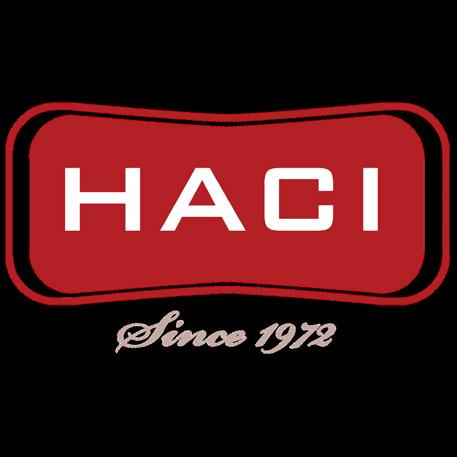
Mack Innovation Park | Deer Valley
Developer: Mack Real Estate Group (MREG)
General contractor: Sites A & C - Nitti
Builders; Site B - Graycor
Architects: McCall Architects and Butler Design Group
Location: Site A - 23975 and 23869 N. 19th Ave. and 1775 W. Alameda Rd., Phoenix. Site B - 333 and 555 W. Pinnacle Peak Rd. and 23555 N. 7th Ave., Phoenix. Site C - 33, 55, 125 and 275 Pinnacle Peak Rd., Phoenix
Size: 1,332,008 square feet
Brokers: CBRE and Stream Realty
Value: $450 million
Start date: Sites A and C broke ground in late 2022 and Site C broke ground Q2 2024
Completion date: Site B to be completed early Q1 2025. Sites A and C delivered summer 2024
Fun fact: Mack Innovation Park | Deer
Valley is a multi-phased development featuring ten speculative buildings ranging in size from 62,831 square feet to 201,189 square feet with an additional 115 acres available for lease, sale or build to suit.
Developer: Rinchem
General contractor: Graycor
Construction Company
Architect: Archicon Architecture + Interiors LC
Location: 13255 W. Sweetwater Ave., Surprise
Size: 123,516 square feet
Start date: March 2023
Completion date: March 2024
Fun fact: Rinchem-Surprise is a custom-built hazmat facility providing highly specialized warehouse space, administrative offices, shipping/ receiving and 11-truck loading dock designed to safely manage high purity chemicals and gasses — a service
that many of the Valley’s high-growth industries depend on, including the local semiconductor industry.
Developer: SkyBridge Arizona/SkyPlus
General contractor: Graycor
Construction Company
Architect: ADM Group
Location: 7835 and 7733 E. Velocity
Way, Mesa
Size: 50,000 square feet
Broker: CBRE
Start date: Q1 2023
Completion date: Q4 2024
Fun fact: Nearing completion, SkyBridge 108 and 109 will soon become the largest buildings to deliver at the 435-acre SkyBridge master plan, which at build out will span more than 4 million square feet of aeronautical, non-aeronautical, retail and office development.
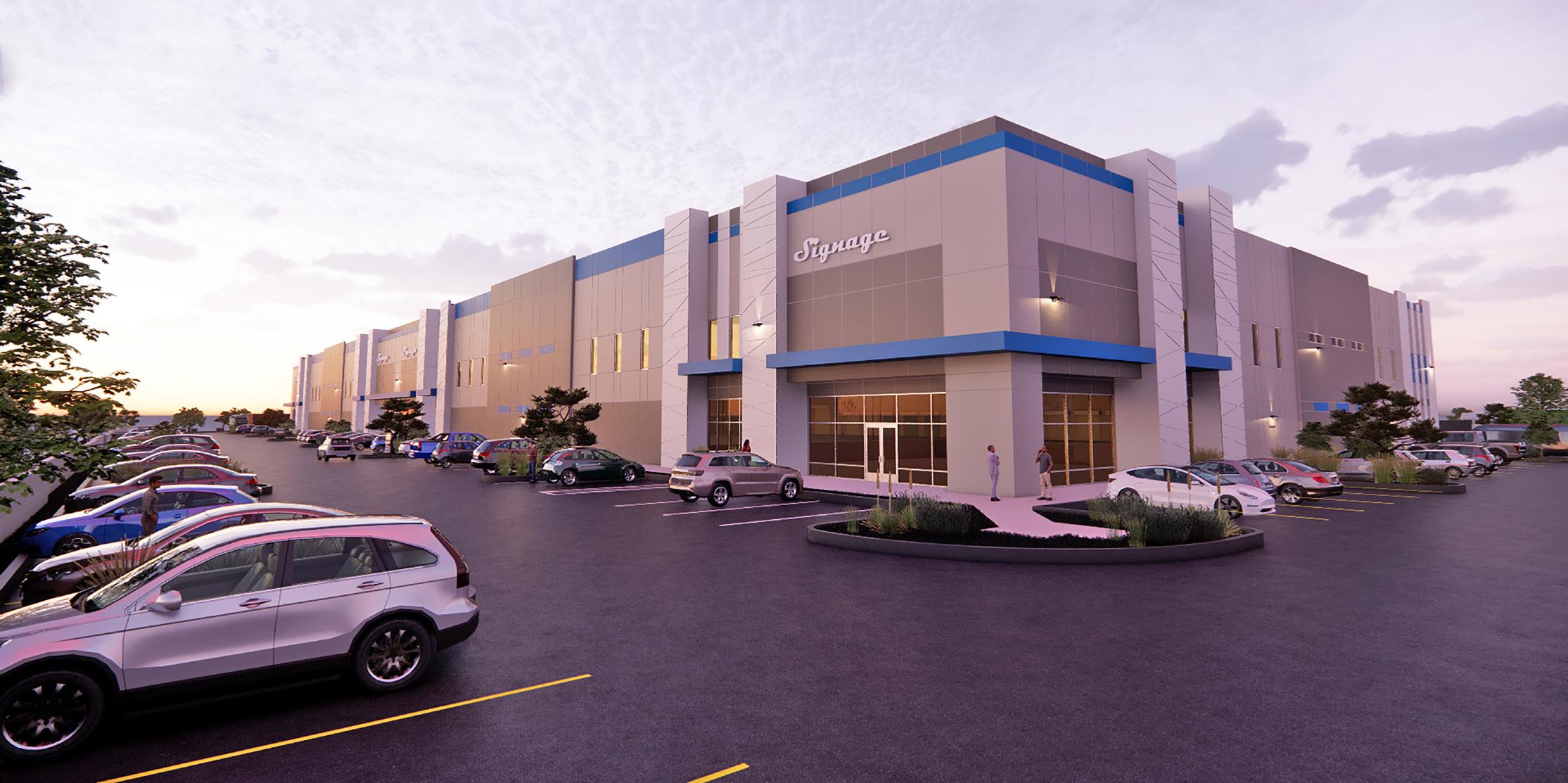
Developer: Greystar
General contractor: Layton Construction
Architect: Deutsch Architecture Group
Location: 9303, 9451, 9595 N. 79th Avenue, Peoria
Size: 411,918 square feet in three buildings
Broker: JLL
Value: $90 million
Start date: April 2023
Completion date: April 2024
Fun fact: Caliber is the first element to complete in Greystar’s $500 million Peoria Place master planned project, designed to revitalize Peoria’s historic district. Minutes from Loop 101 and US 60, Caliber is poised to bring quality, close-to-home jobs for the city and region at large.















Developer: Aspirant
Development
General contractor: Brinkmann Constructors
Architect: Gensler
Location: 3300 N. Scottsdale
Rd., Scottsdale
Size: 418,058 square feet
Value: $84 million
Start date: September 2024
Completion date: April 2026
Fun fact: The Osborn, located in the heart of Old Town Scottsdale, will have 226 residential units, comprising 118 active adult units, 34 memory care, and 74 assisted living units with a gross floor area of just under 500,000 square feet.

Developer: Lincoln Property Company
General contractor: Brinkman Constructors
Architect: Butler Design Group
Location: SEC Alvernon Way and Los Reales Road, Tucson
Size: 560,000 square feet
Broker: Lincoln Property Company
Value: $100 million (Phase 1)
Start date: Q3 2024
Completion date: Q4 2025
Fun fact: This is the Tucson market entry for Lincoln, soon bringing four new Class A warehouse/distribution buildings to its airport submarket. It offers proximity to I-10 and I-19, direct connections to ports and cities in the U.S. and Mexico, and Tucson International Airport — connecting tenants to 46 million people within 500 miles.
General contractor: FCL Builders
Architect: Ware Malcomb
Location: 8650 N. 75th Ave., Peoria
Size: 211,892 square feet
Value: $44,587,000
Started: January 2024
Completion: October 2024
Fun fact: Nemo is a cooler/freezer facility for a national specialty grocer that incorporates specialty areas for ice cream and turkeys within the overall freezer space. The refrigeration system includes adiabatic cooling towers that conserve water, and the newer equipment is much more energy efficient than older systems, and includes the latest refrigerants required by the federal EPA.

Park303 Phase 2
Developer: Lincoln Property Company
General contractor: Layton Construction
Architect: Butler Design Group
Location: 7200 N. Sarival Rd., Litchfield Park
Size: 2,500,000 square feet
Brokerage Firm: Lincoln Property Company
Value: $360 million
Start date: February 2022
Completion date: November 2023
Fun fact: Following a “creative industrial” vision, it spans 2.5 million square feet in three buildings with 40-foot clear heights, 25-foot insulated glass entries, high-end spec office space and shear bracing supporting the latest equipment.
Developer: Greystar
General contractor: Derek Builders
Architect: Deutsch Architecture Group
Location: 7852 and 8016 E. Pecos Rd., Mesa
Size: 1,074,858 square feet Phase 1 (2.1 million square feet at build-out)
Broker: CBRE
Value: $200 million
Start date: June 2022
Completion date: December 2023
Fun fact: Gateway Grand is the first Arizona industrial delivery for Greystar, a long-term holder who builds with long-term tenant satisfaction in mind. Totaling 1 million square feet, its two buildings feature 40-foot clear height, 60-foot x 60-foot column spacing and 3,600 amps of power (expandable with gear on order).
Developer: Kitchell Development Company
General contractor: Nitti
Builders
Architect: Butler Design Group
Location: 9342 E. Elliot Rd., Mesa
Size: 214,548 square feet
Broker: CBRE
Start date: June 2022
Completion date: December 2023
Fun fact: Elliot 94 is a 214,548-square-foot project encompassing two buildings with modern functionality including 30-foot clear heights, ample parking and efficient use of natural light.
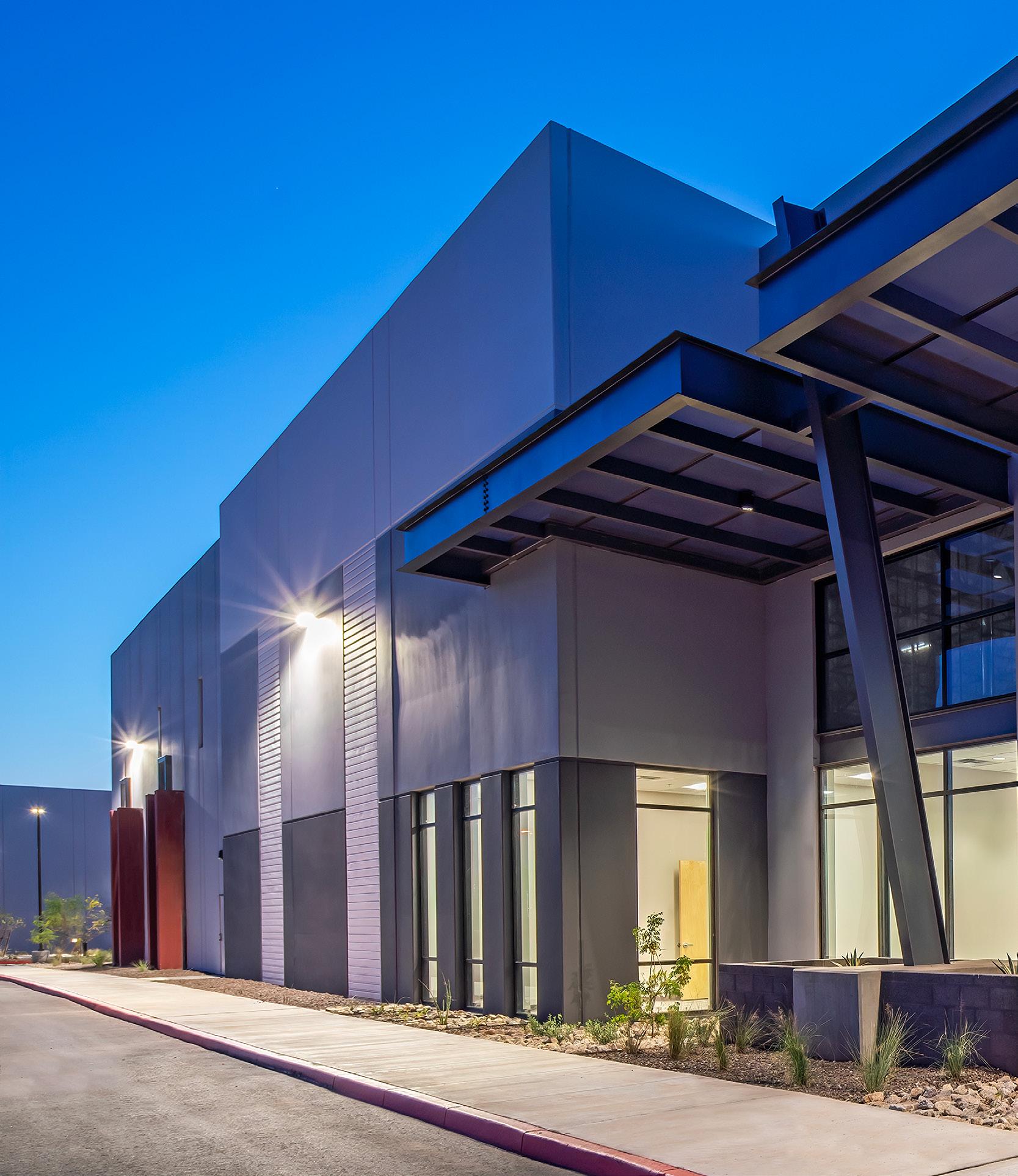
Developer: Kitchell Development Company
General contractor: Nitti Builders
Architect: Butler Design Group
Location: 9512 E. Elliot Rd., Mesa
Size: 214,548 square feet
Broker: CBRE
Start date: June 2024
Completion date: Q2 2025
Fun fact: Elliot 96 is a 266,204-square-foot project encompassing two buildings and located in the prime Elliot Road technology corridor. The development is directly south of the Meta Data Center campus and near Amazon and Apple locations in the East Valley.
Developer: Merit Partners
General contractor: Stevens-Leinweber Construction
Architect: Butler Design Group
Location: Southwest Corner of Loop 303 and Indian School Road, Goodyear
Size: 880,000 square feet
Broker: CBRE
Start date: February 2022
Completion date: December 2023
Fun fact: This is a two-building spec project with amenities and location quickly attracted a leading national landscape supply company and an American e-commerce organization.
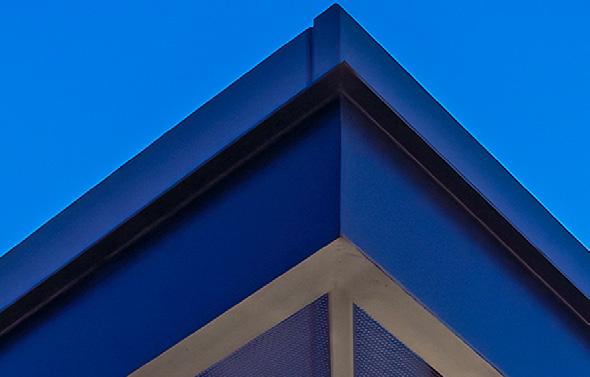
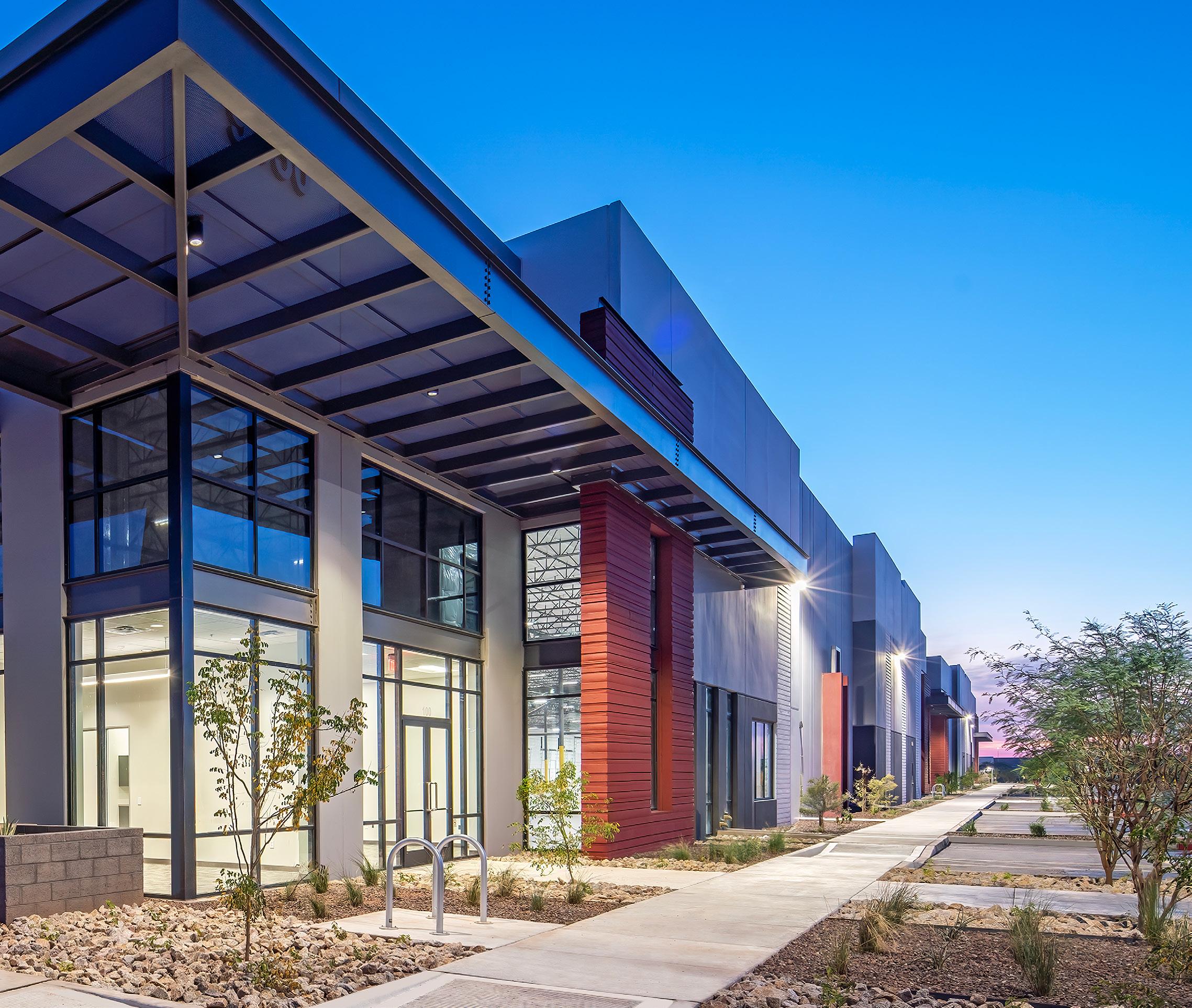
Developer: PEG Companies
General contractor: Okland Construction
Architect: FFKR Architects
Location: 116 S. Central Ave., Phoenix
Size: 94,094 square feet
Value: $35 million
Start date: December 2019
Completion date: December 2023
Fun fact: The Moxy Downtown Phoenix at the Luhrs Building embodies urban renewal development, leveraging an existing property to bring new vitality, commerce and beauty to a previously blank spot in the downtown fabric.
Developer: The Plaza Company
General contractor: Irwin Construction Company
Architect: Butler Design Group
Location: 3120 N. Central Ave., Phoenix
Size: 7,500 square feet
Value: $3.2 million
Start date: September 2021
Completion date: December 2023
Fun fact: Park Central is an office/retail development at the northwest corner of Earll and Central Ave at Park Central Mall. This project blends its mid-century modern history with a focus on today’s technology and design.
It isn’t just a motto, we live it every day. While we’re constantly growing and evolving, what won’t change is our dedication to our values — doing everything with honesty, safety, unity, and quality.
